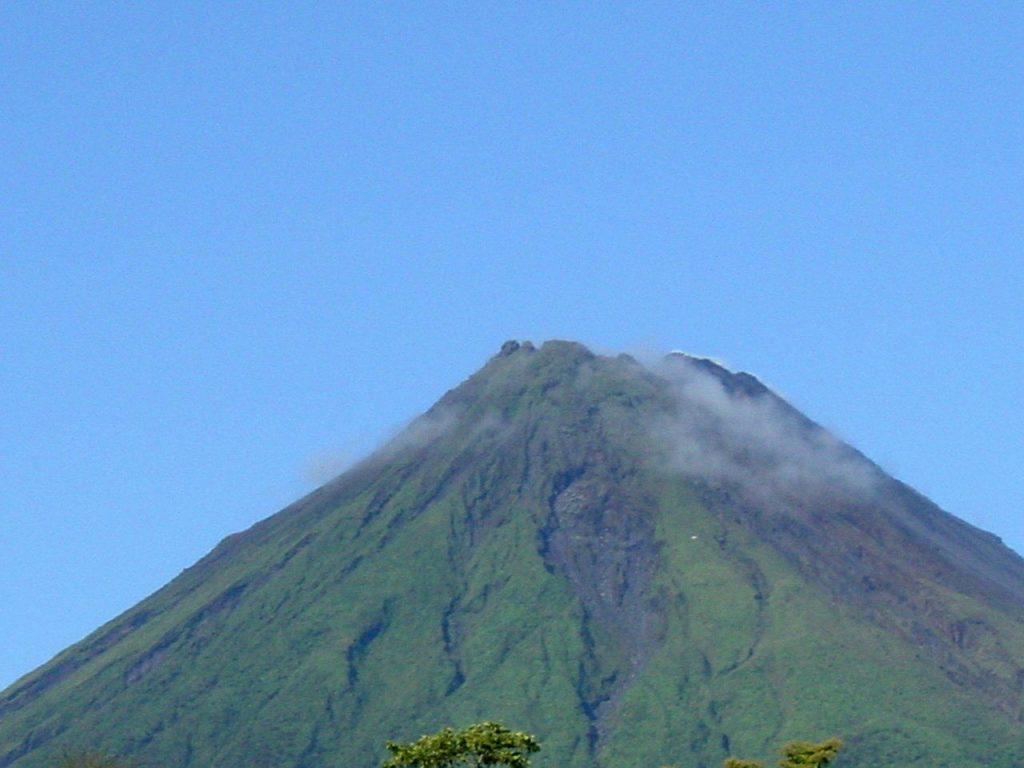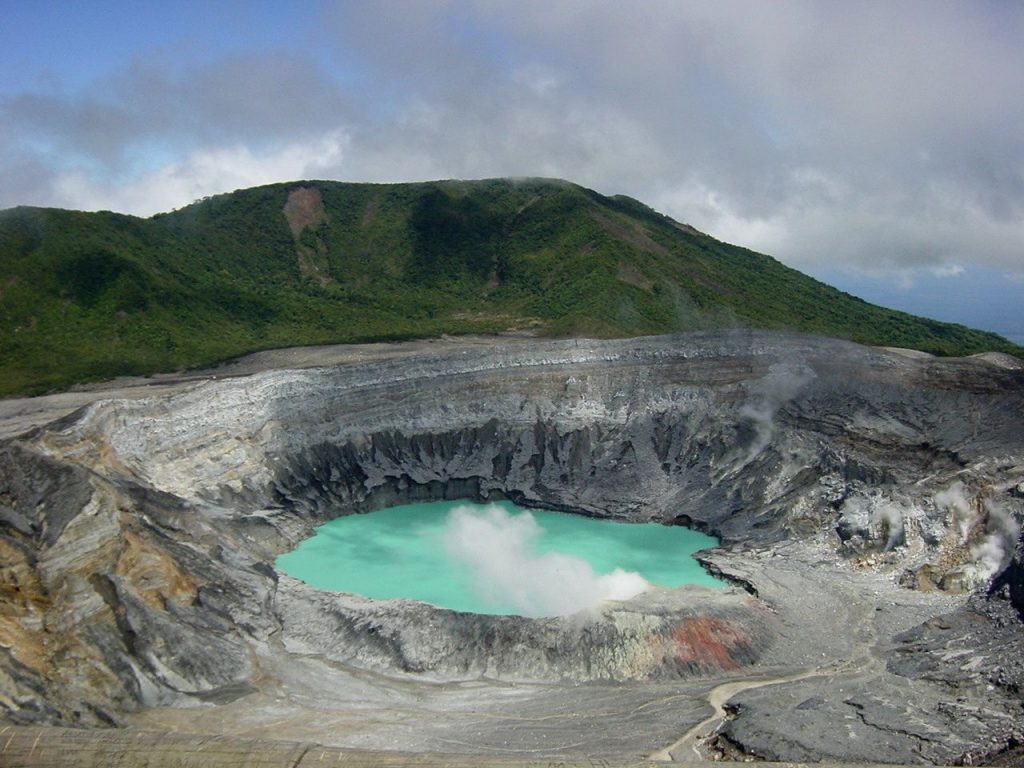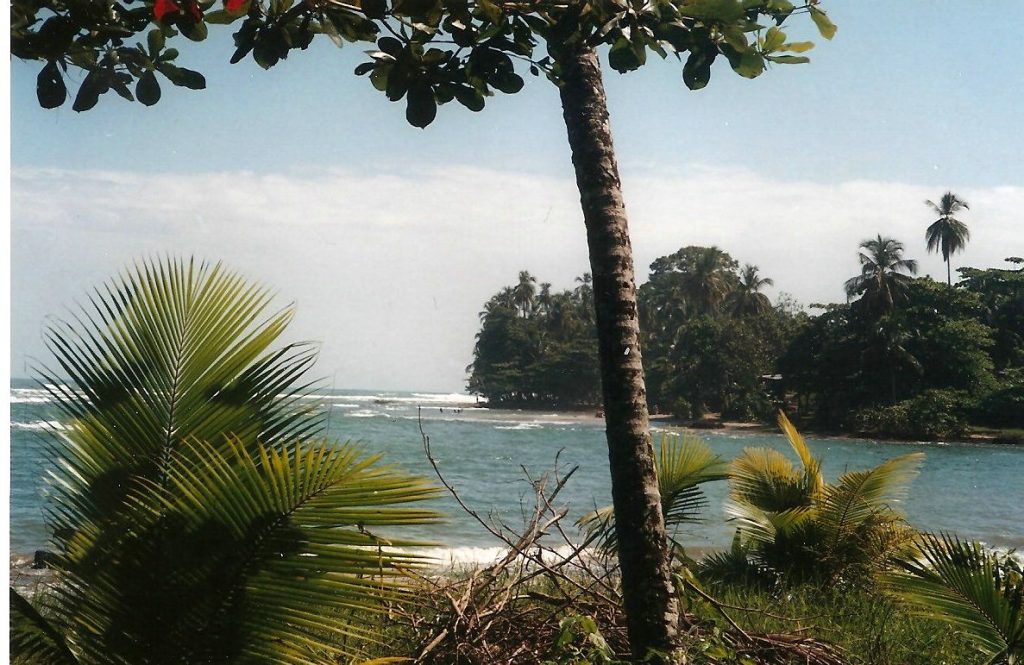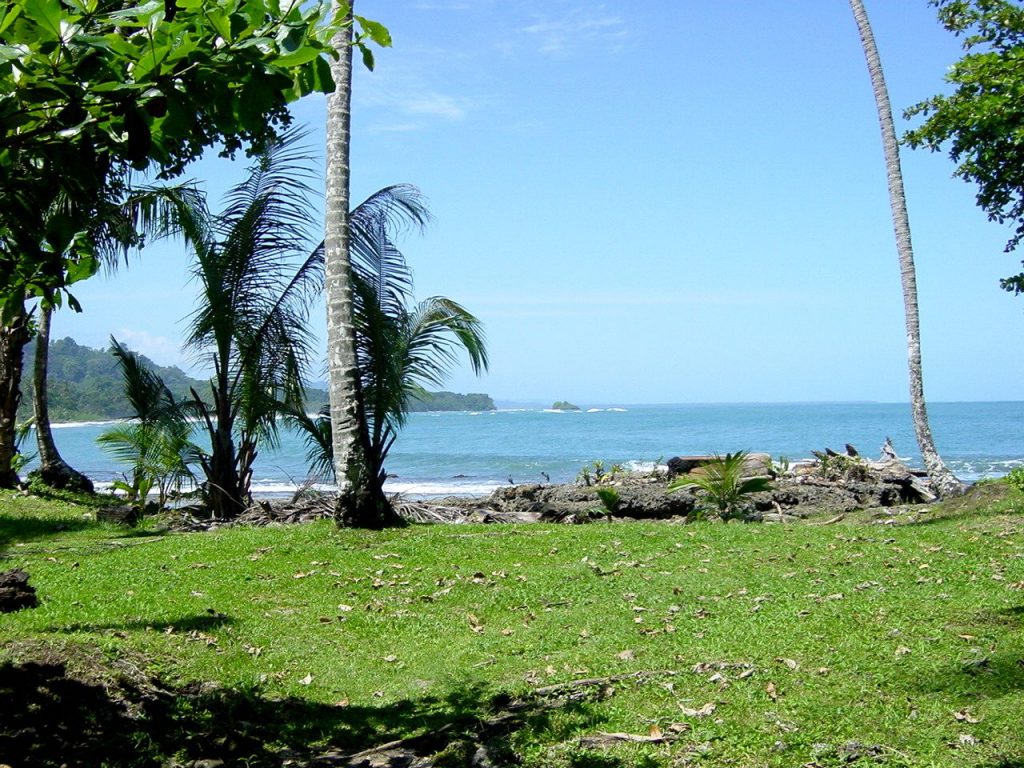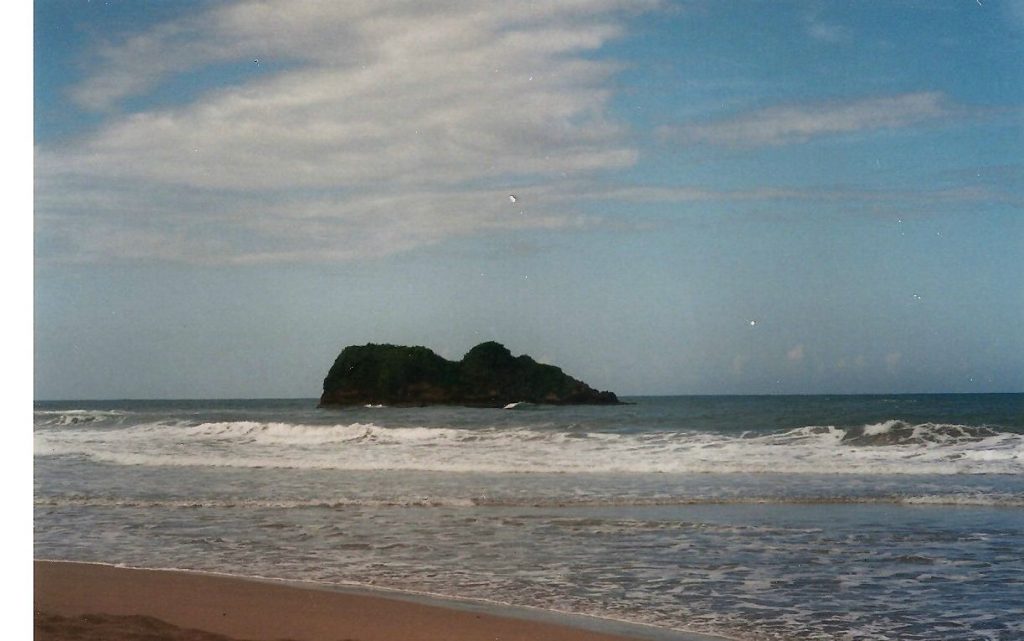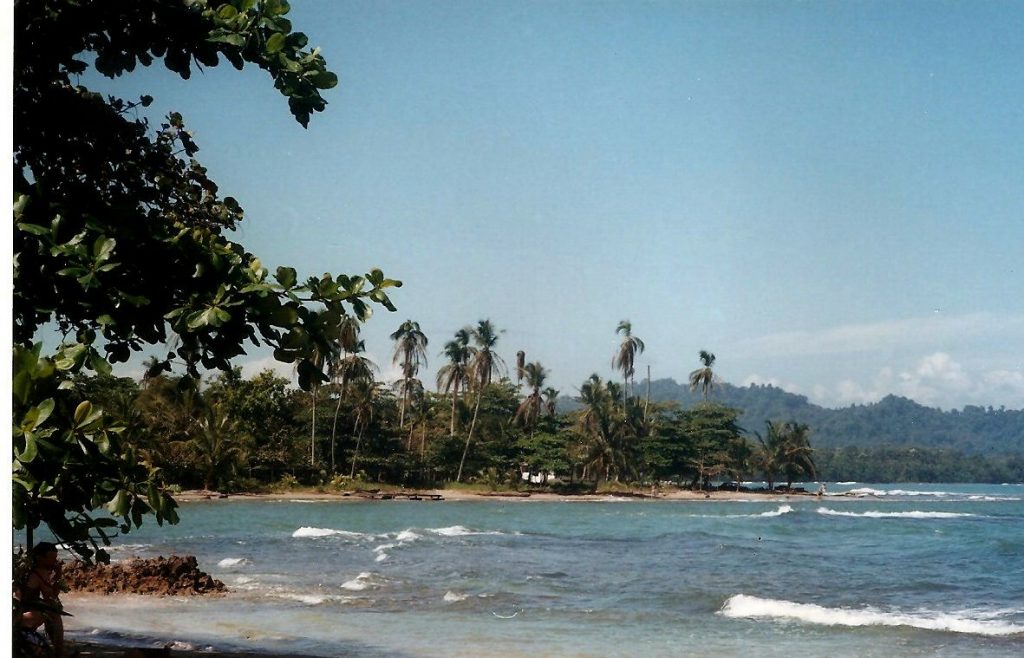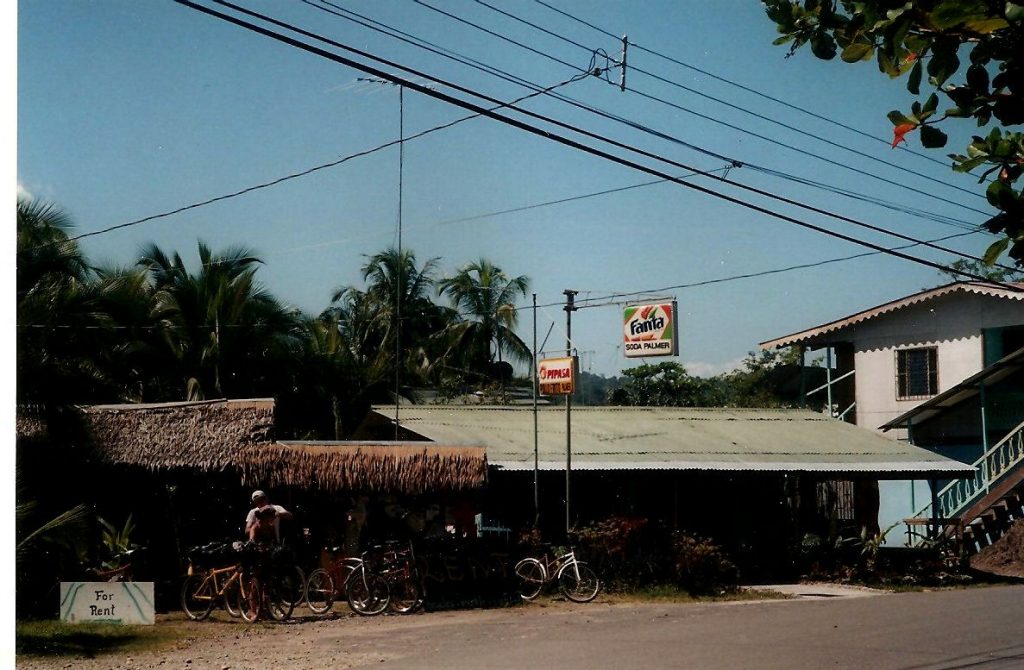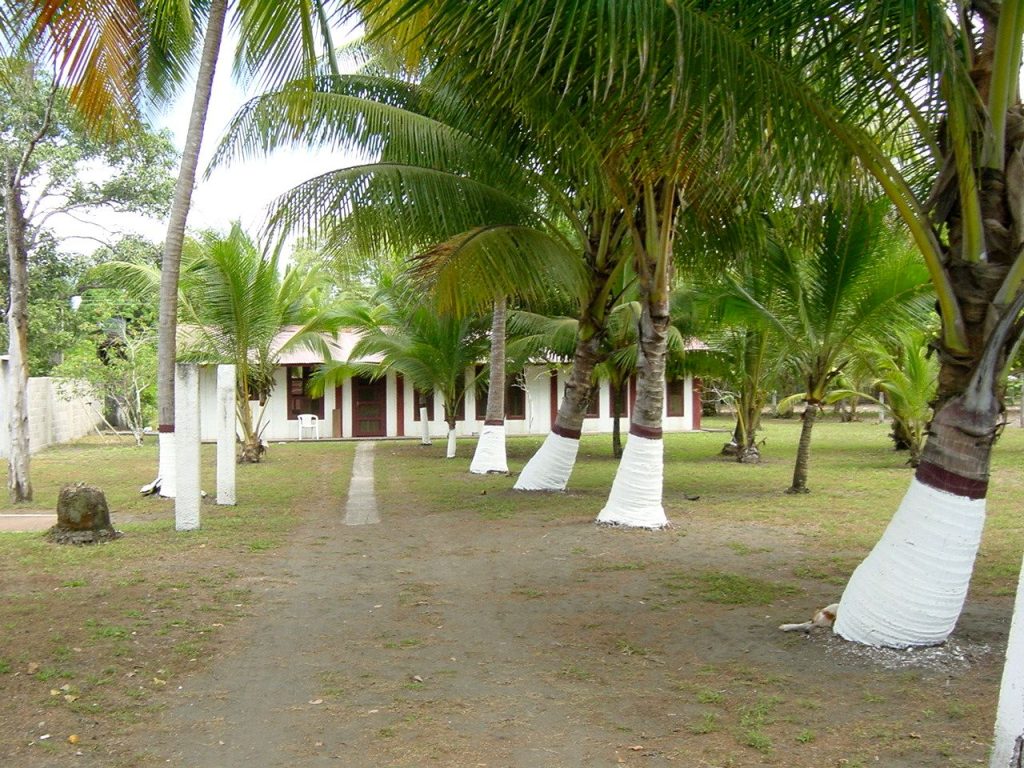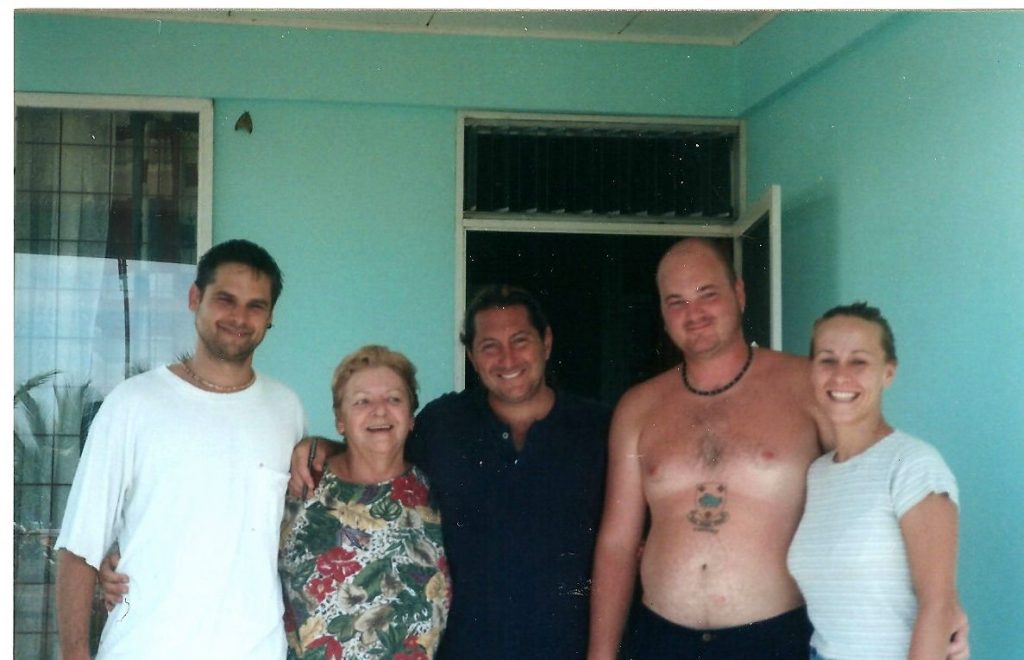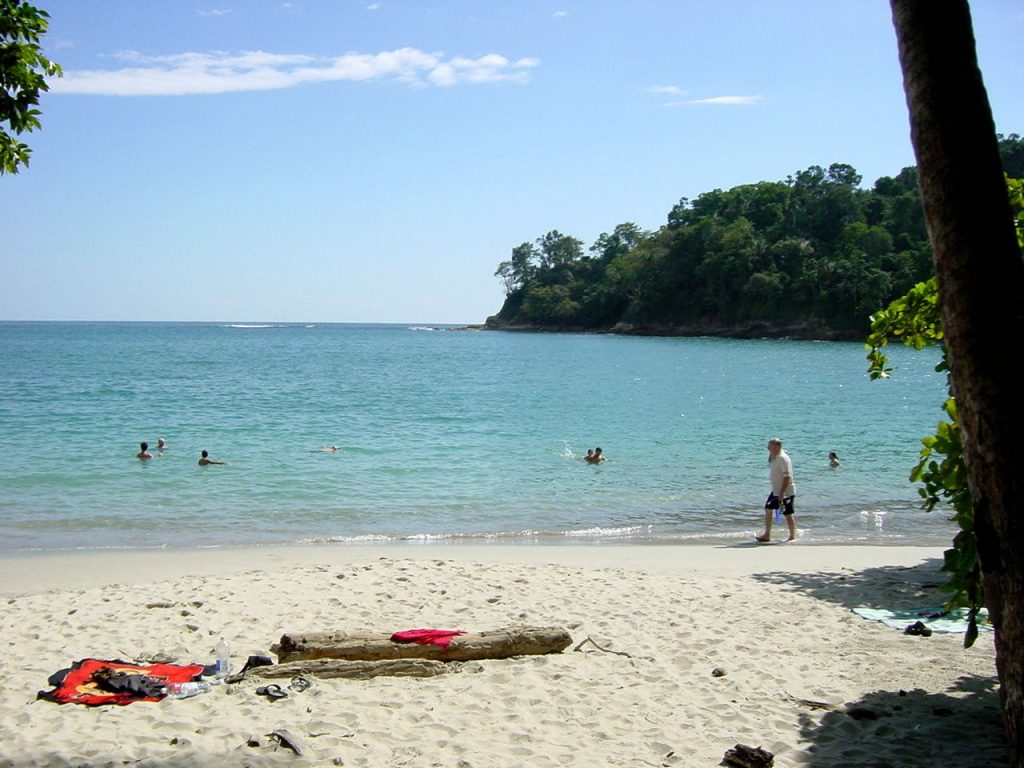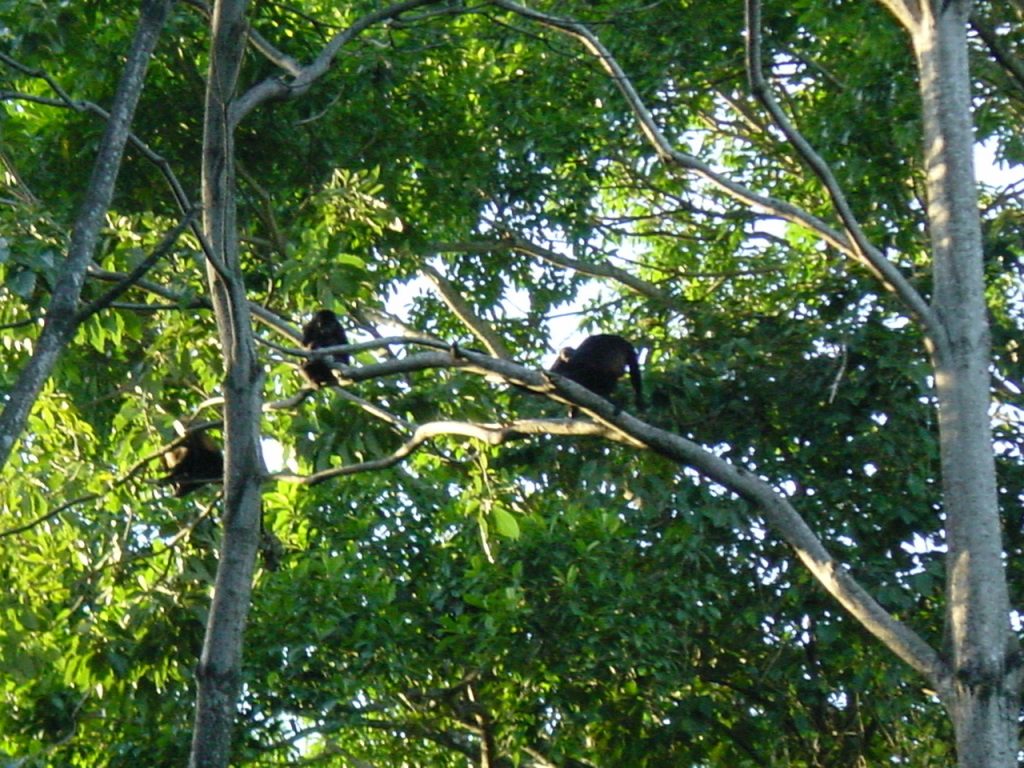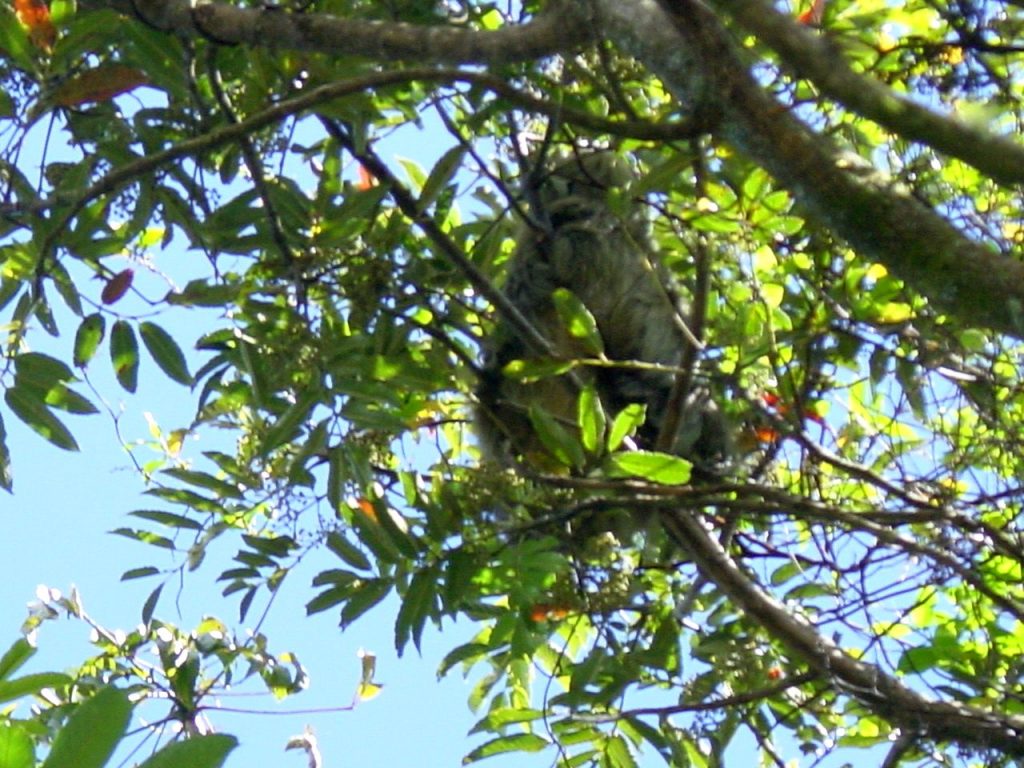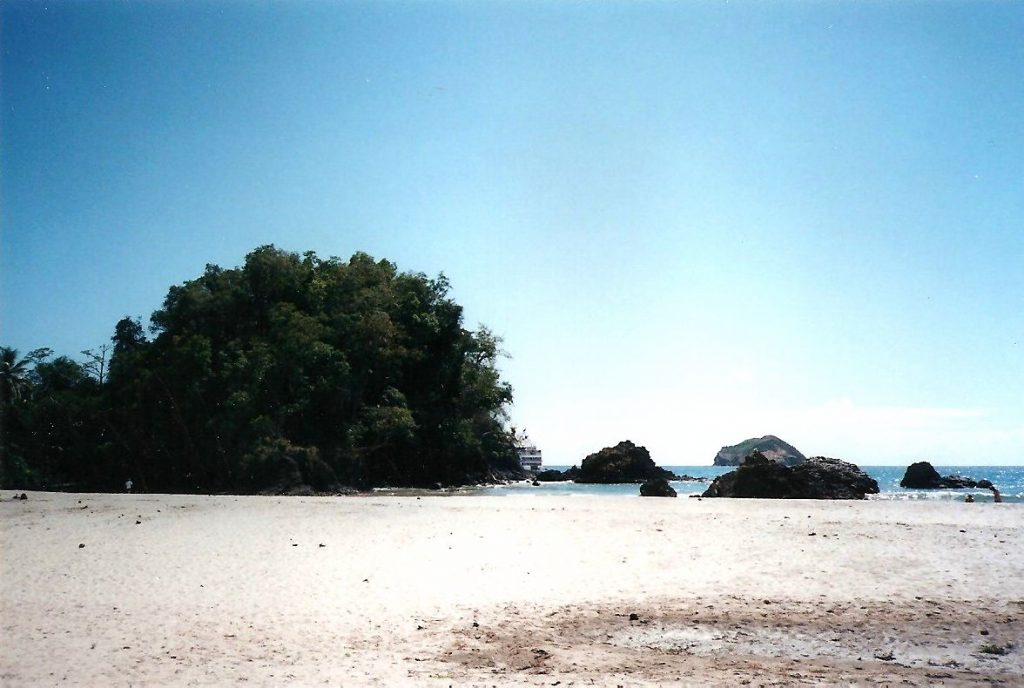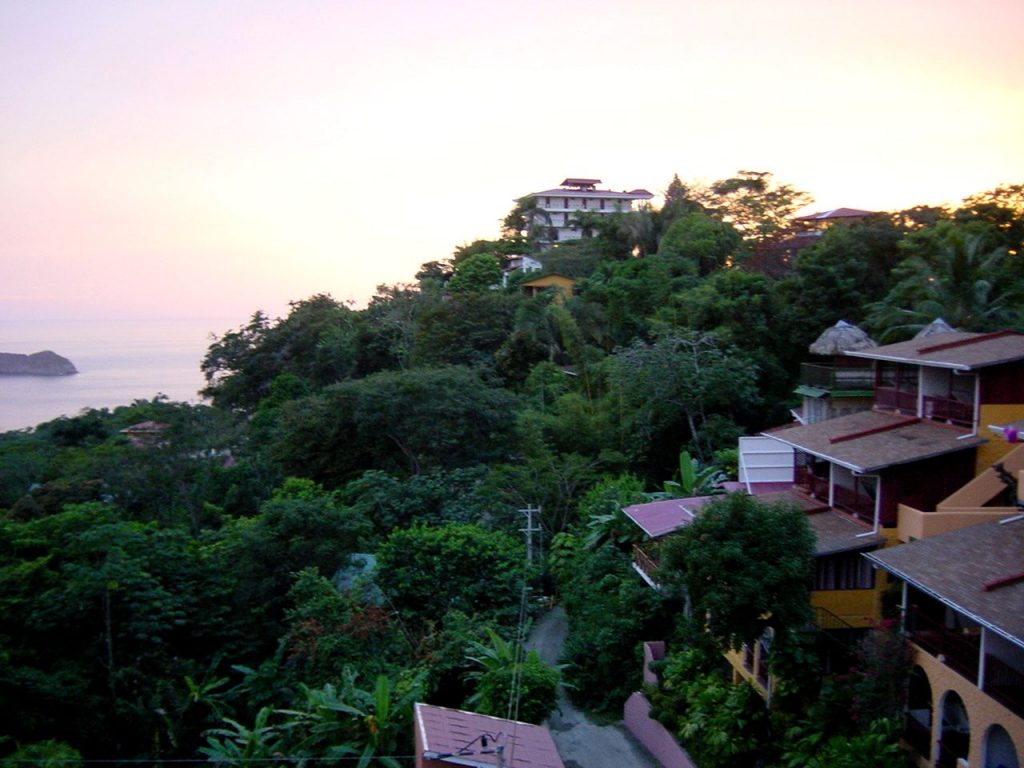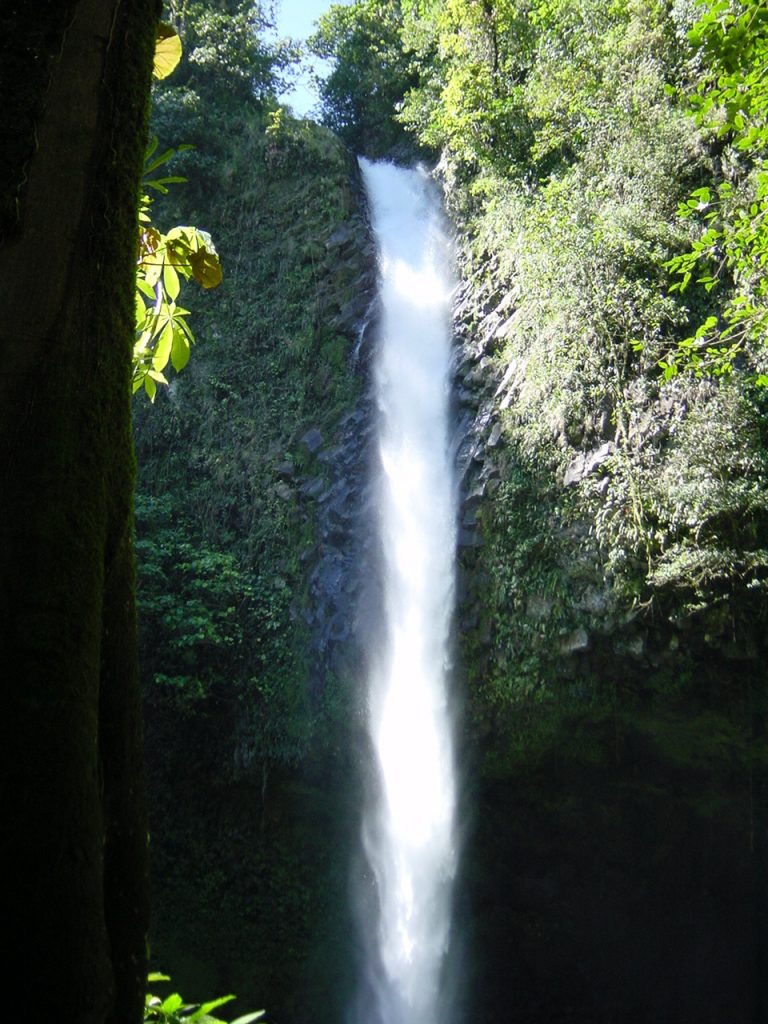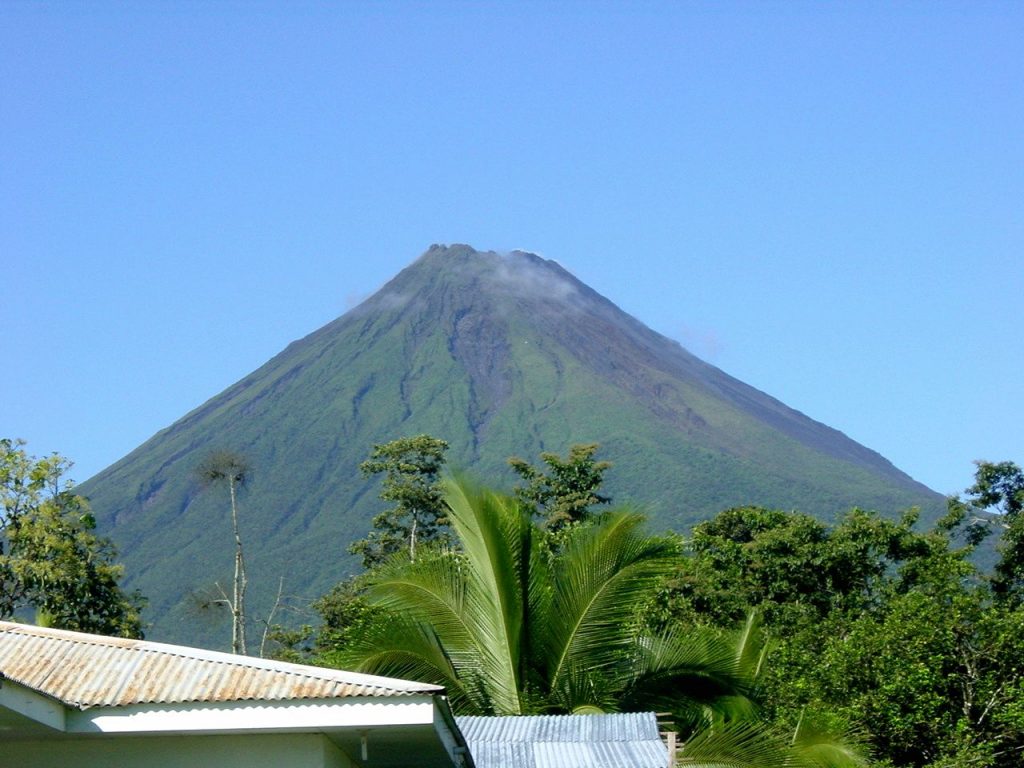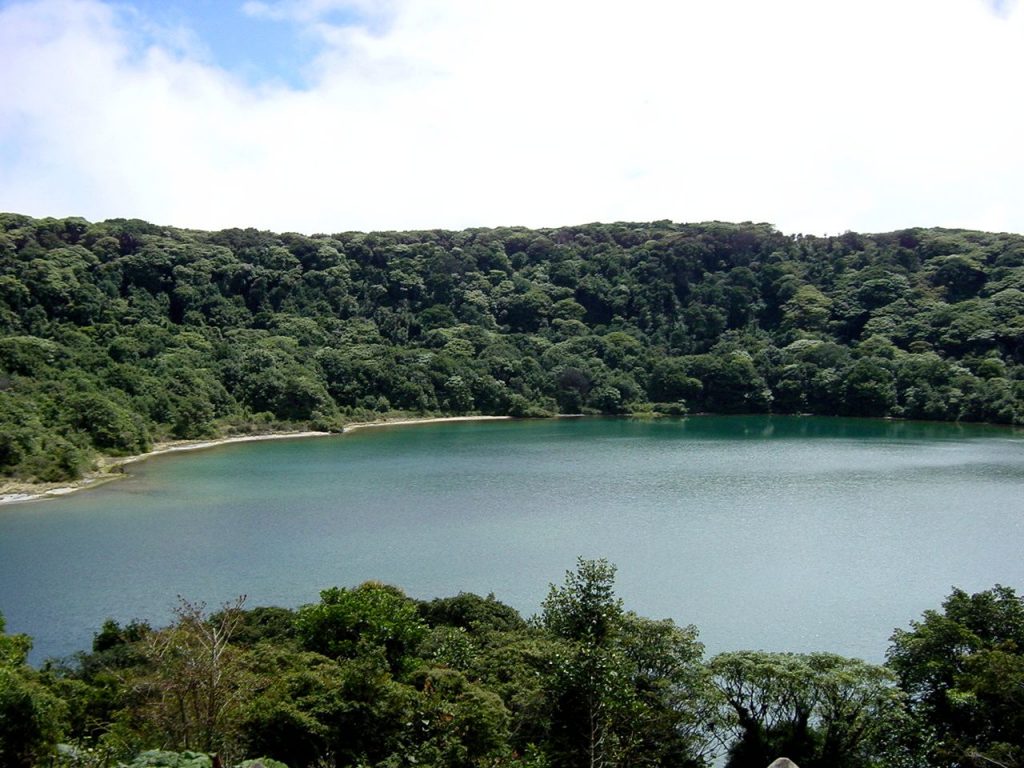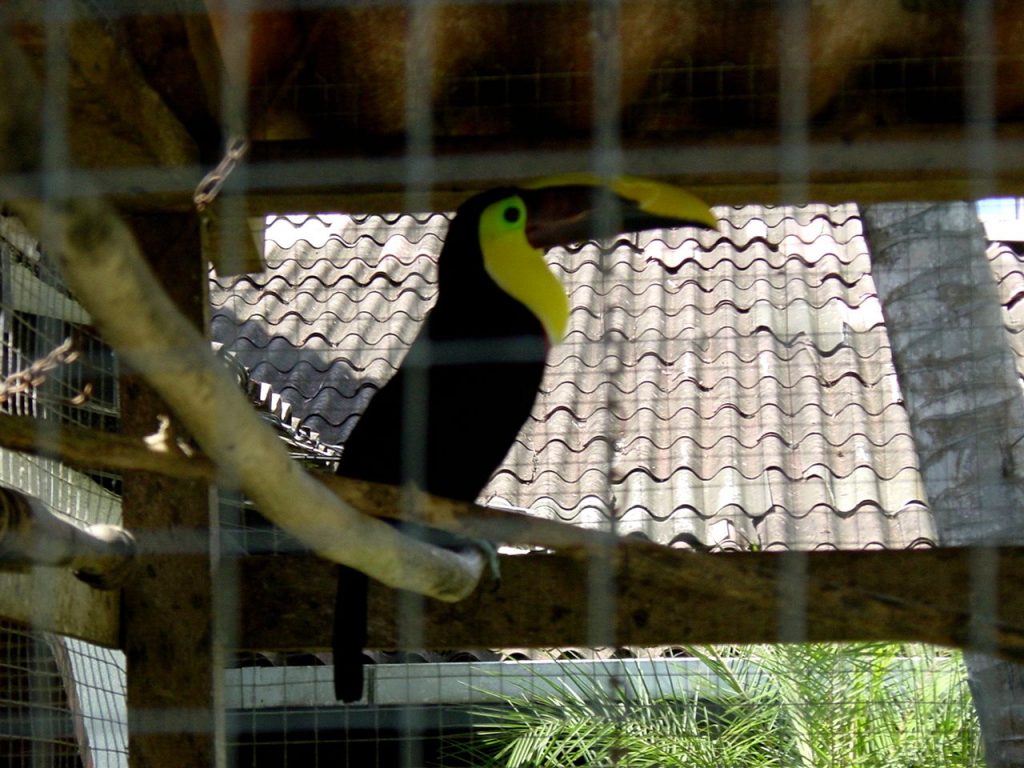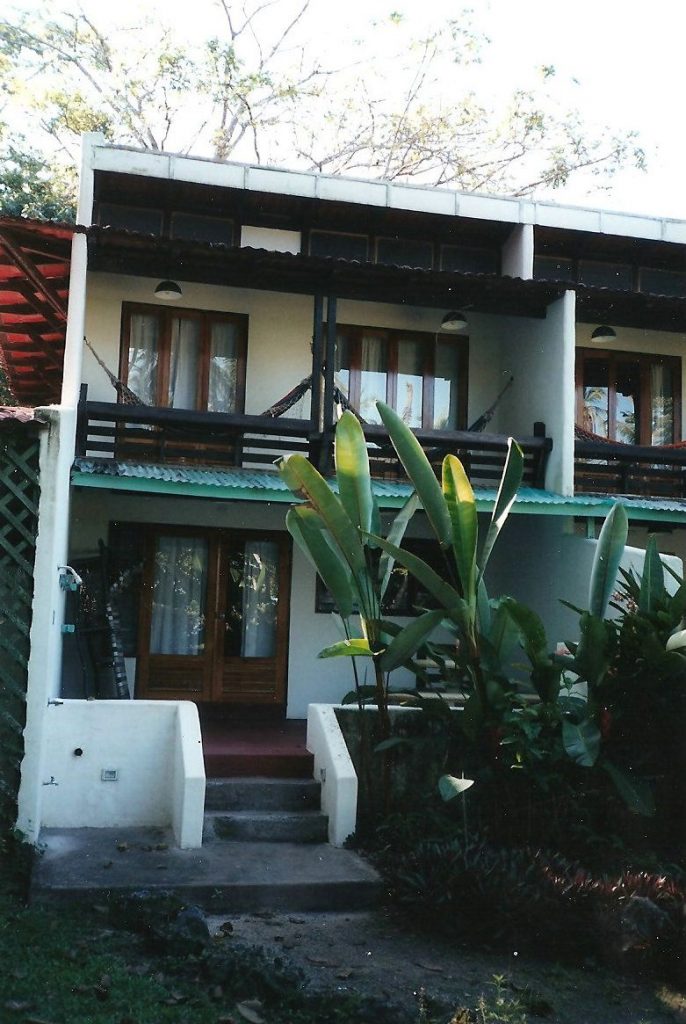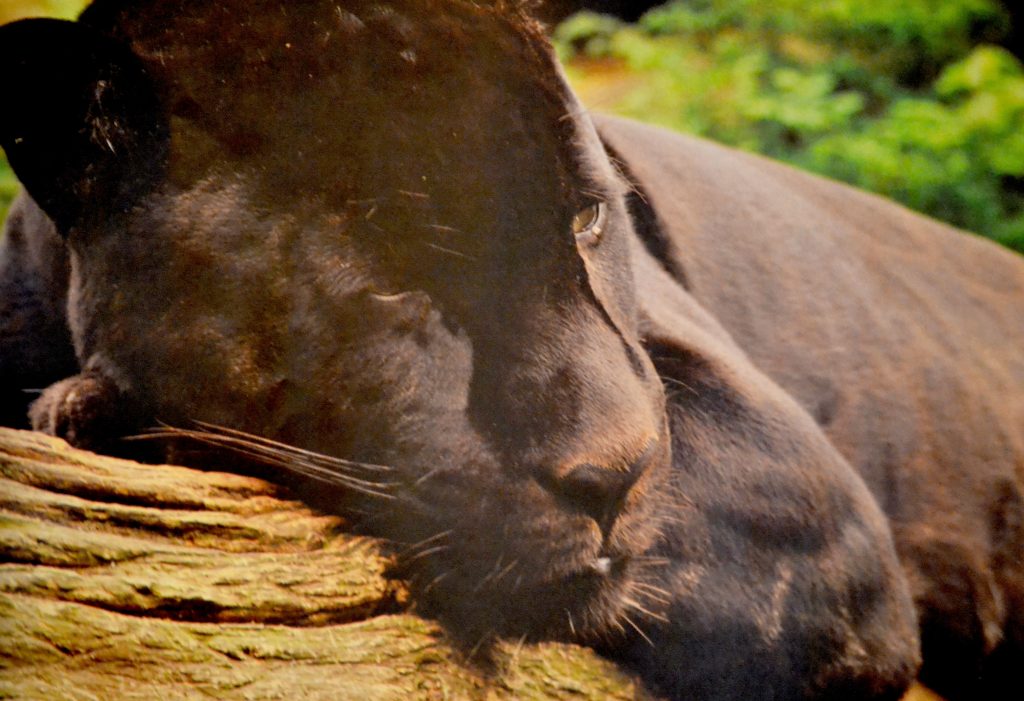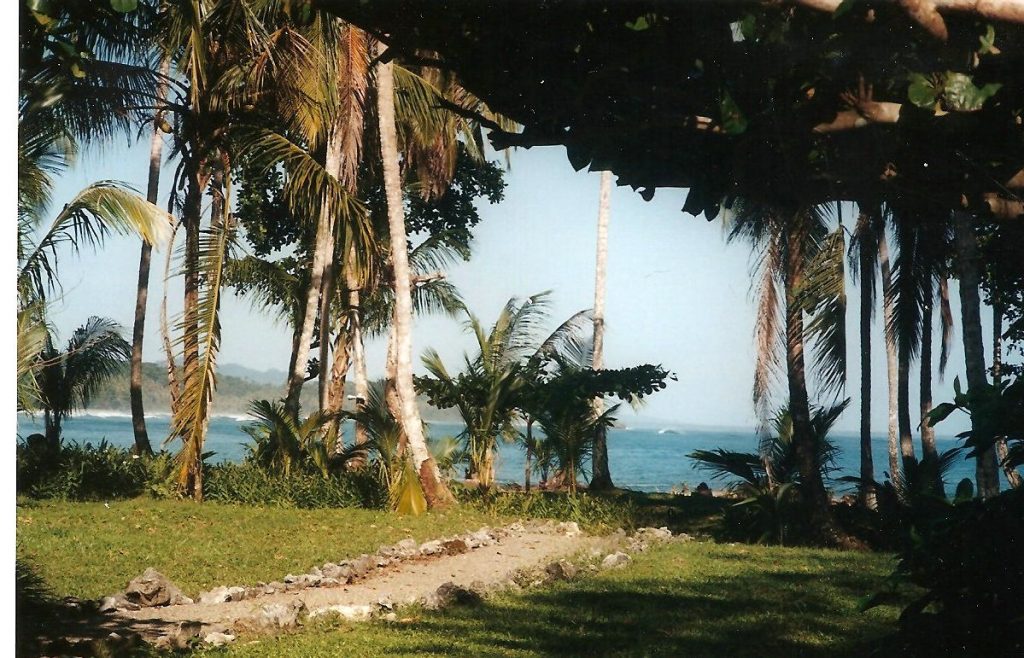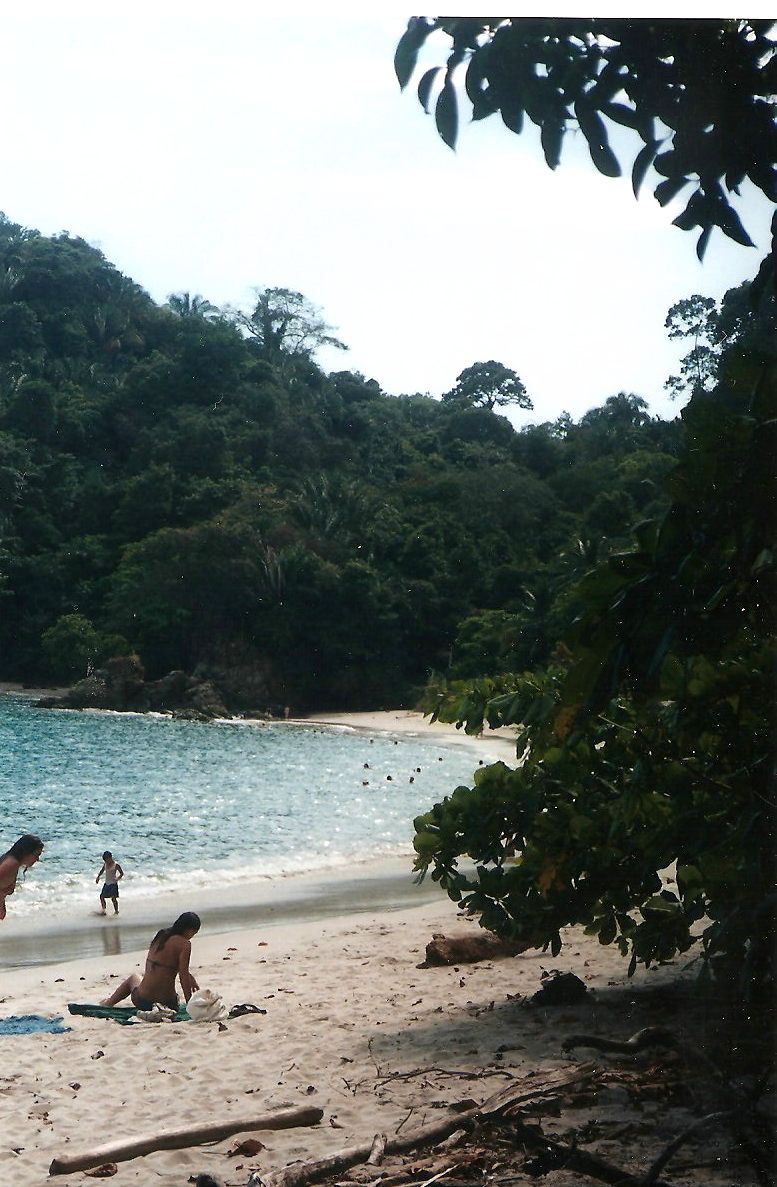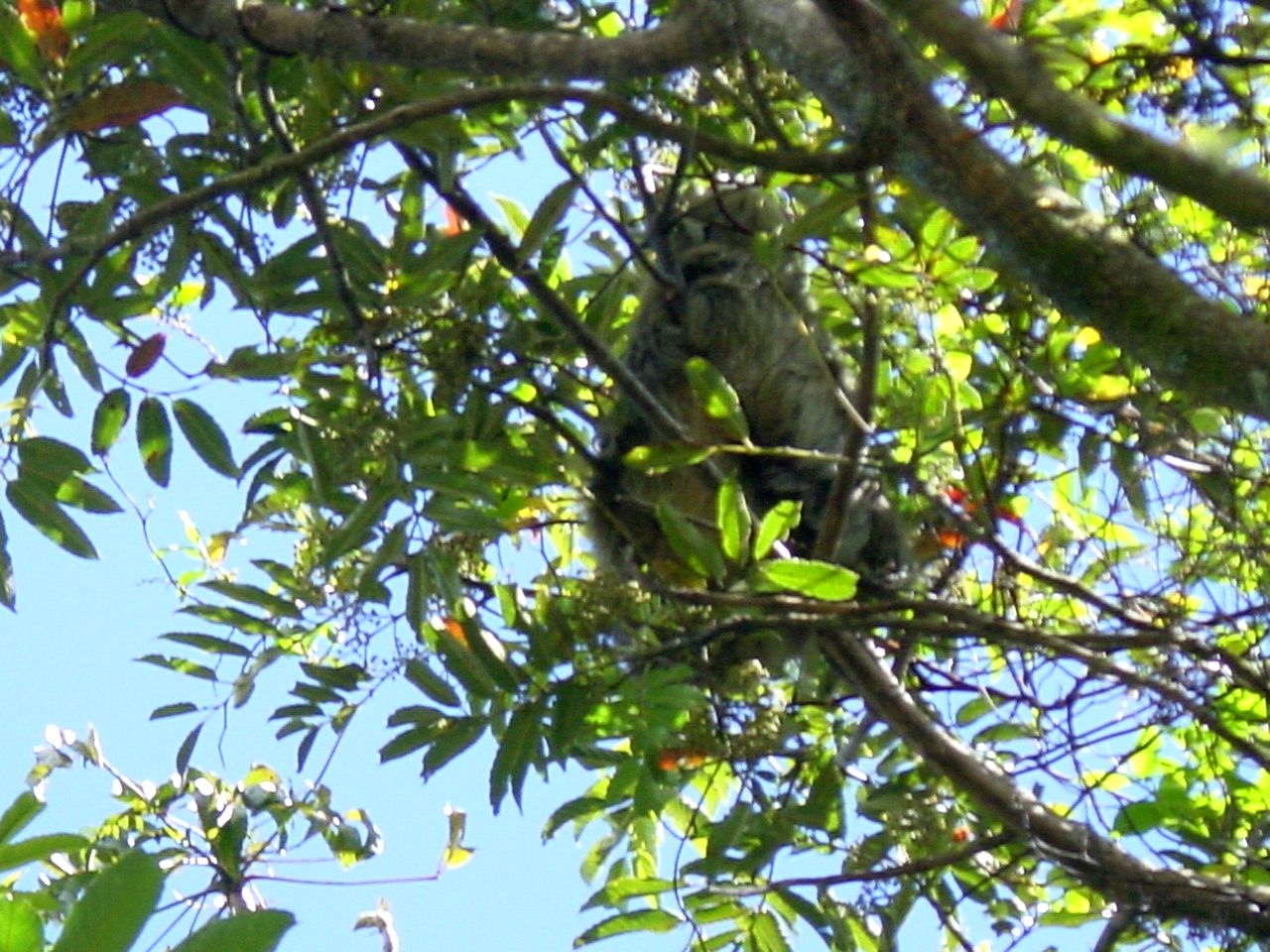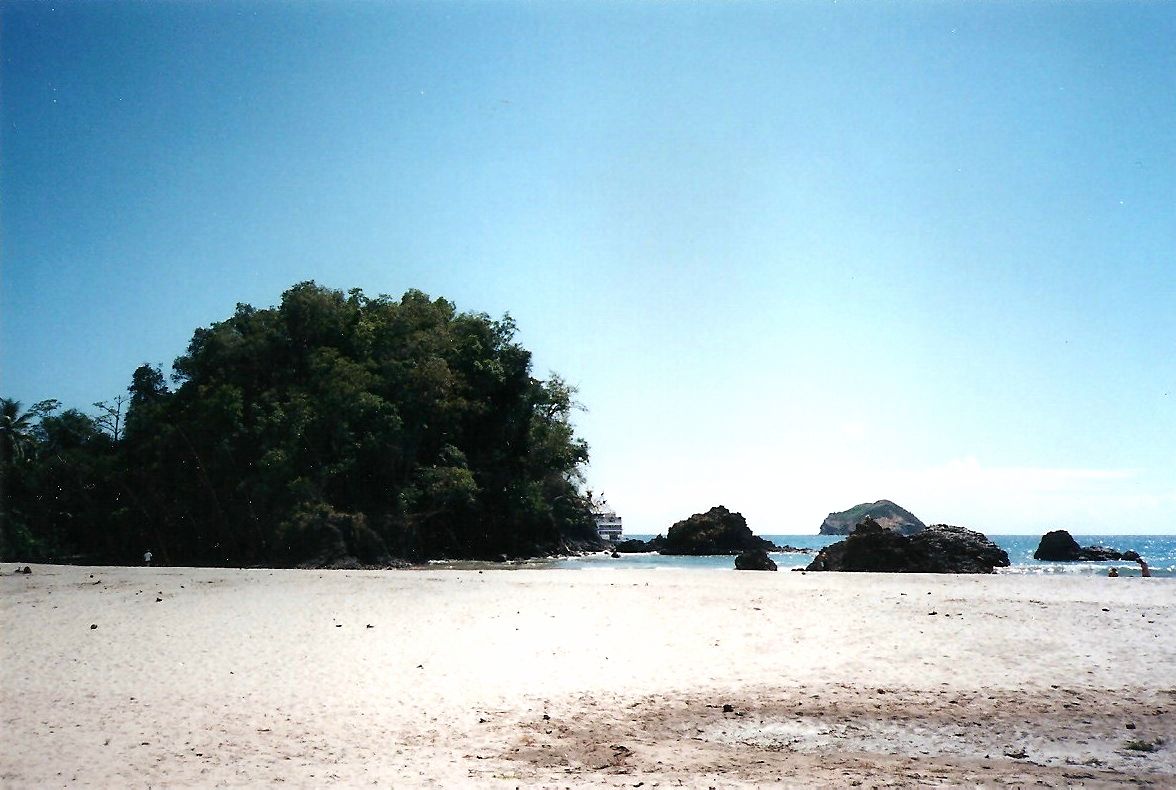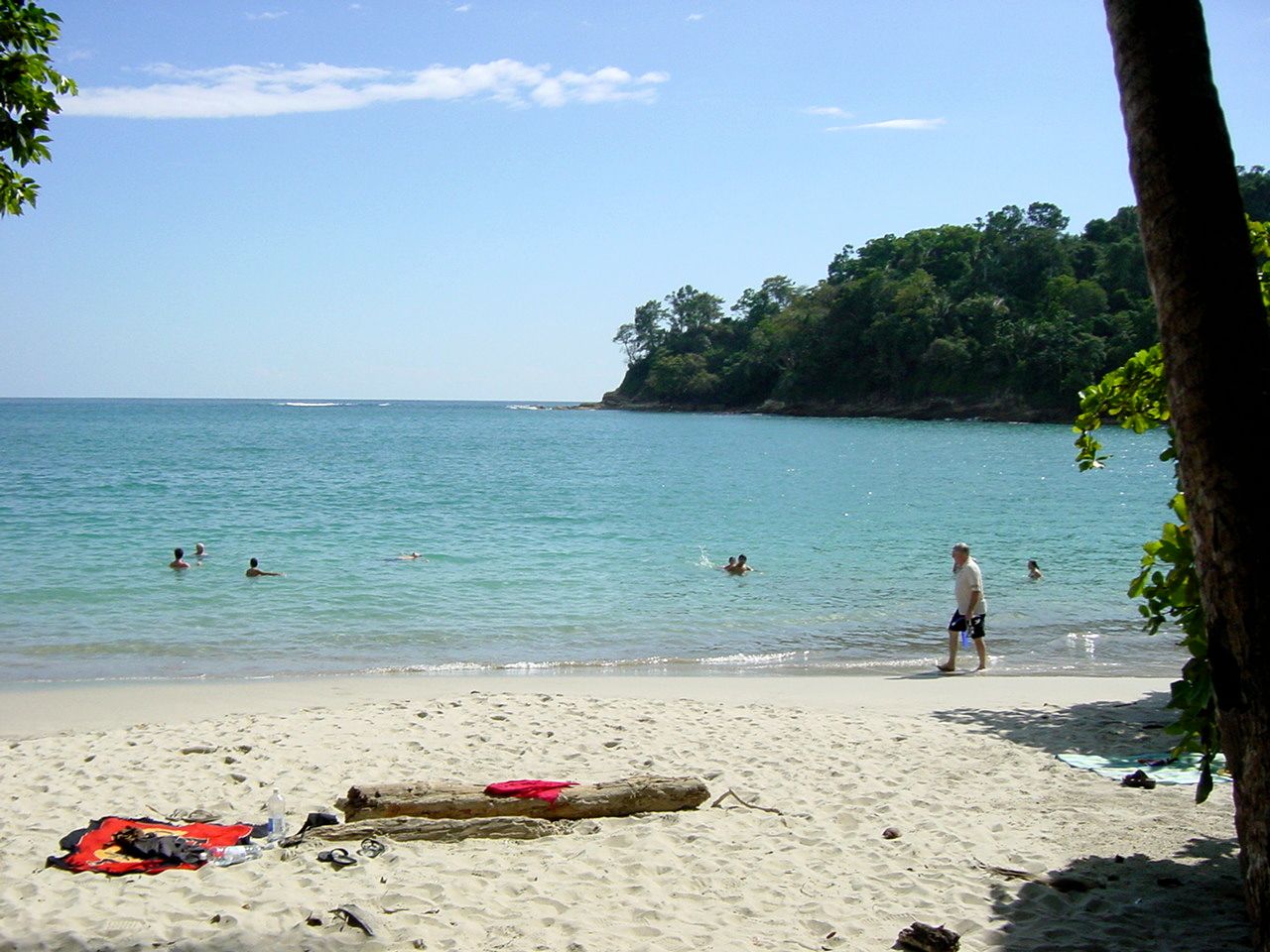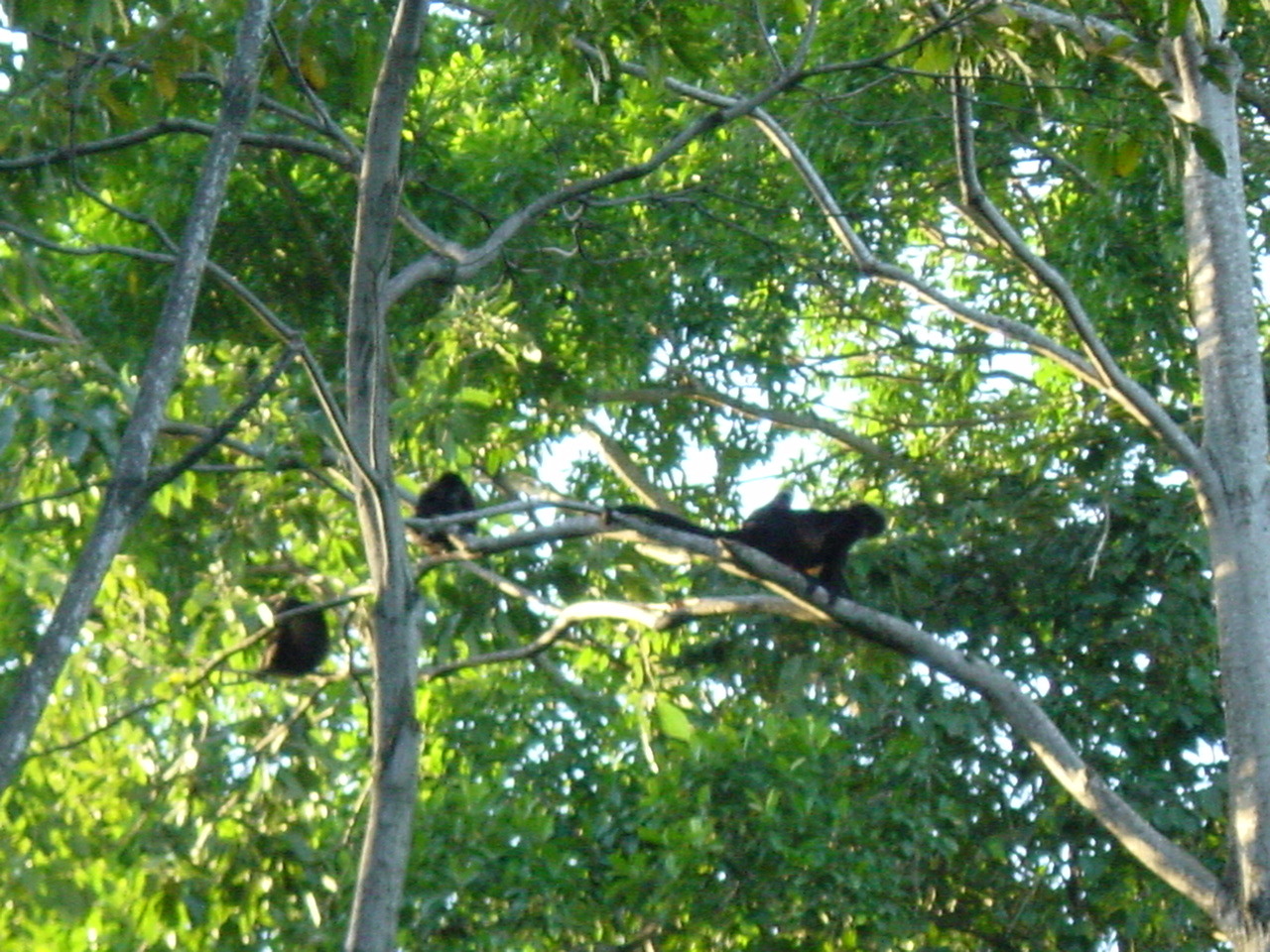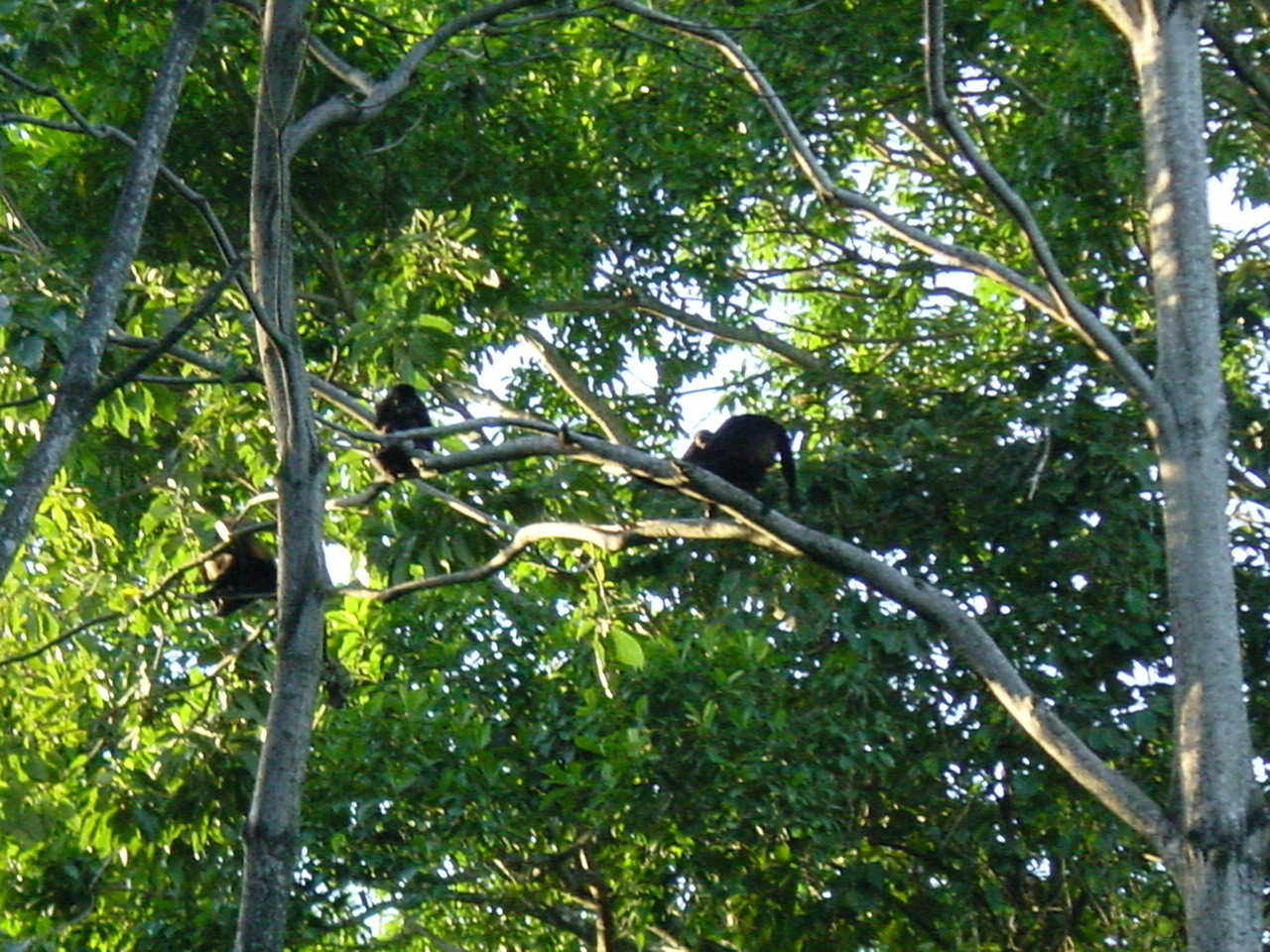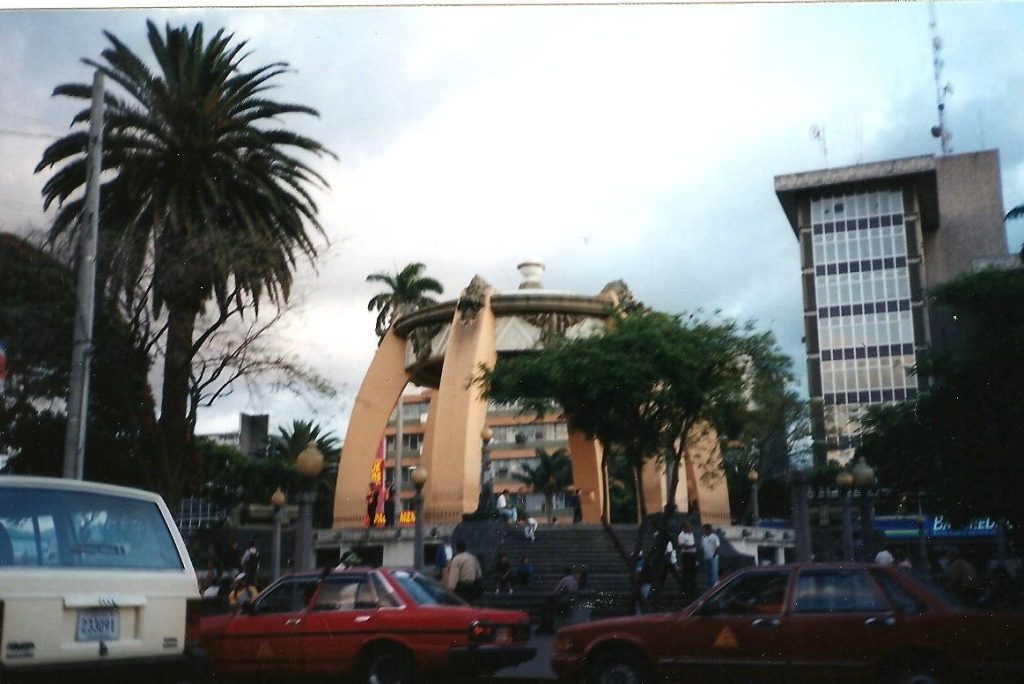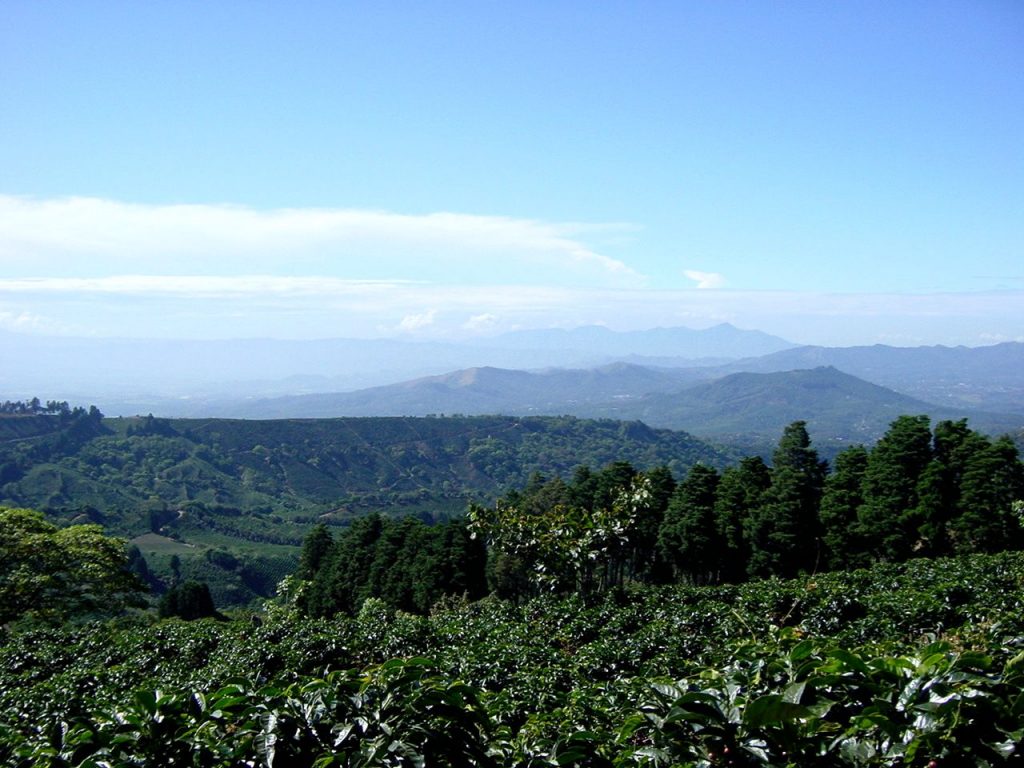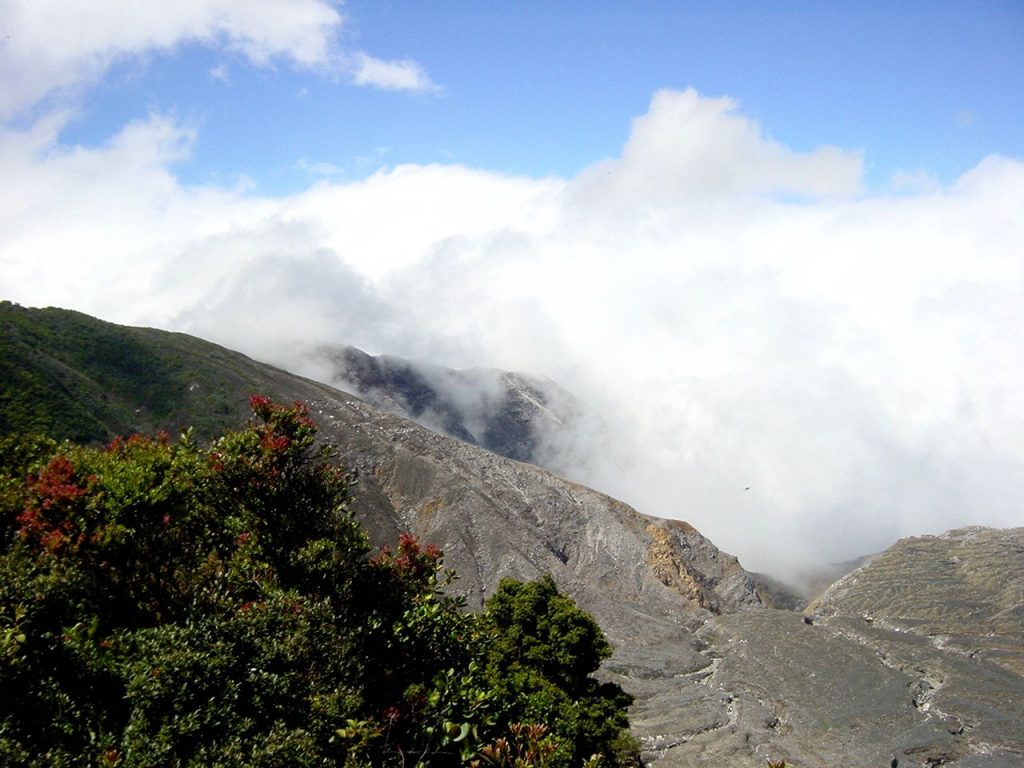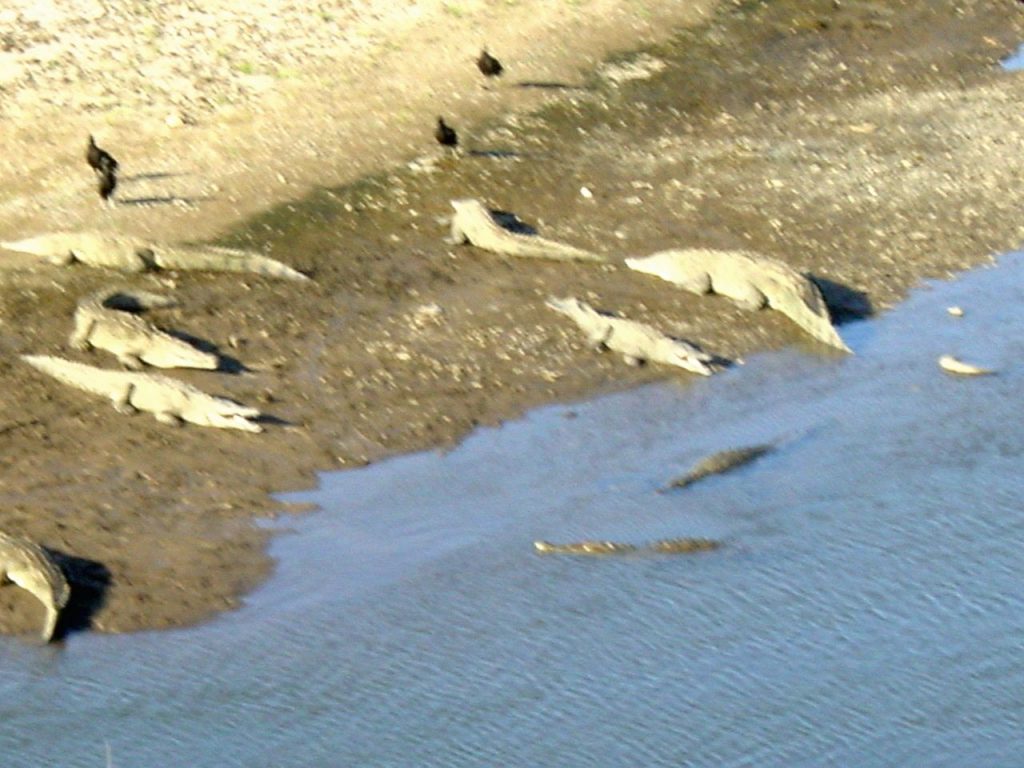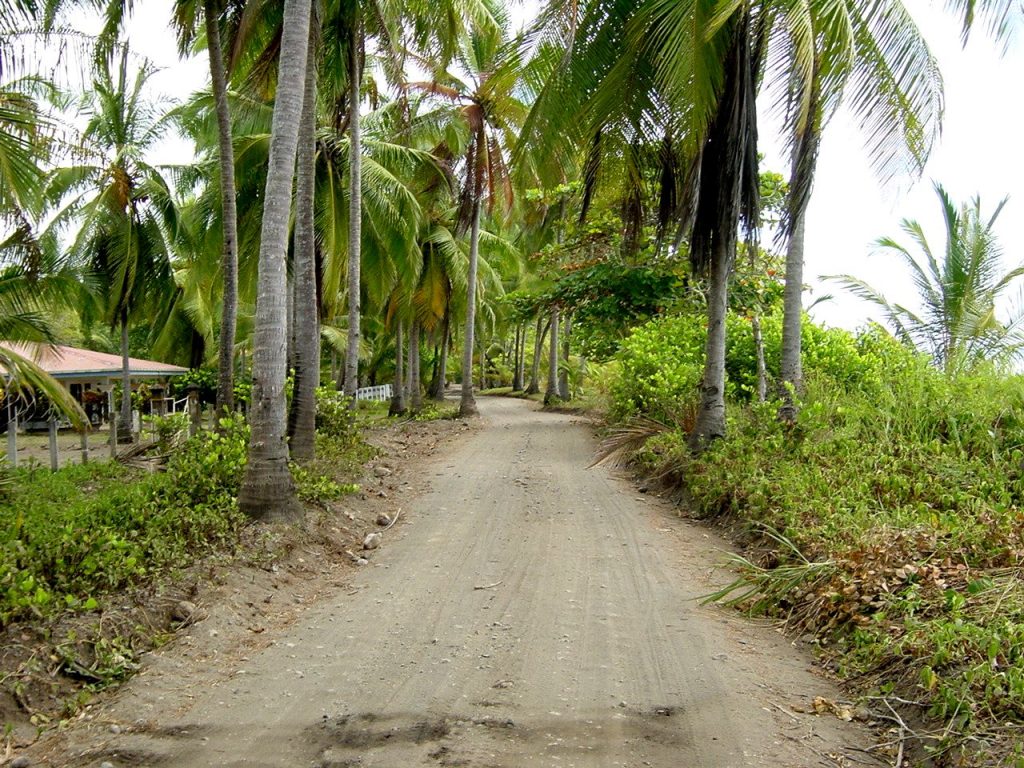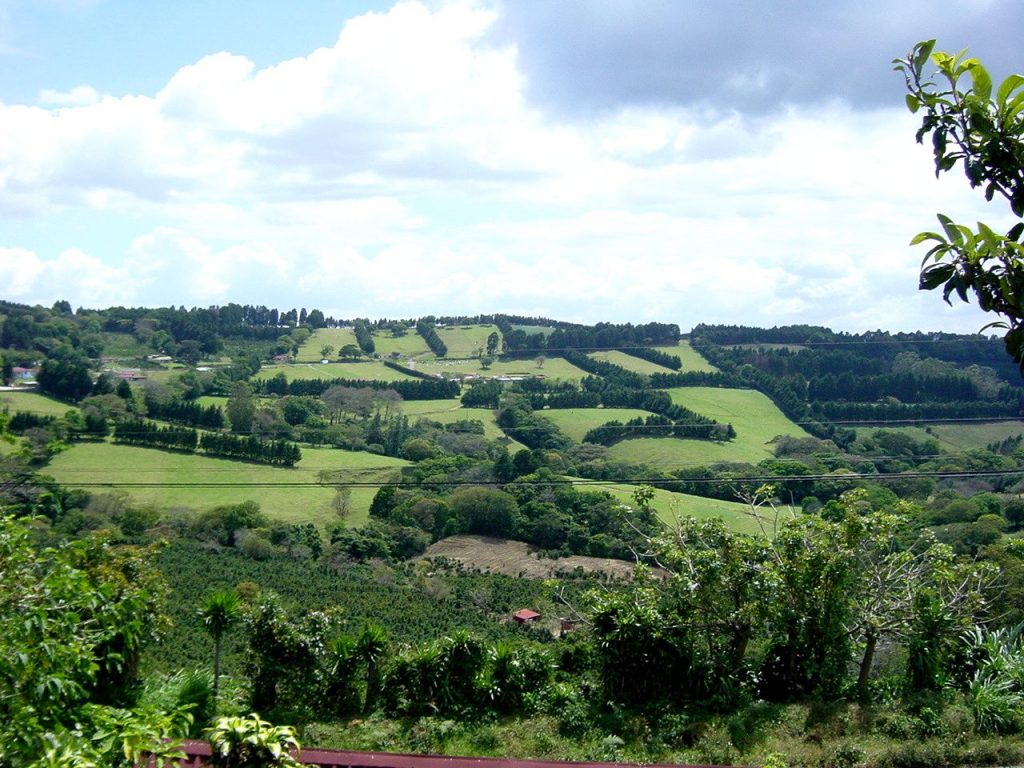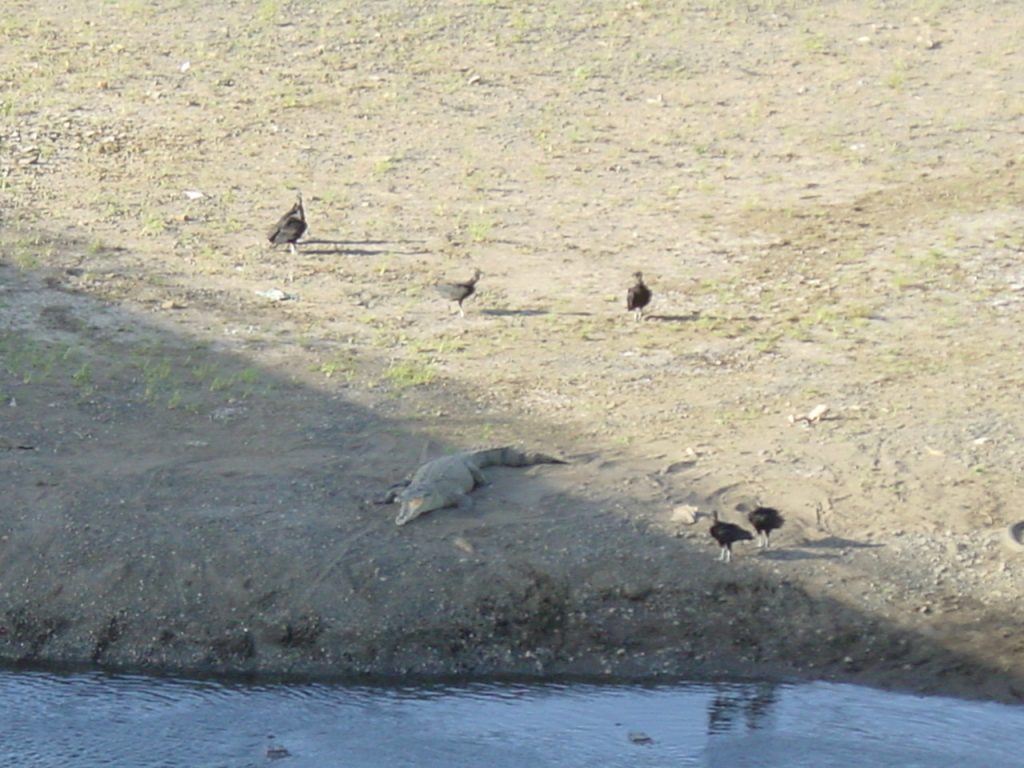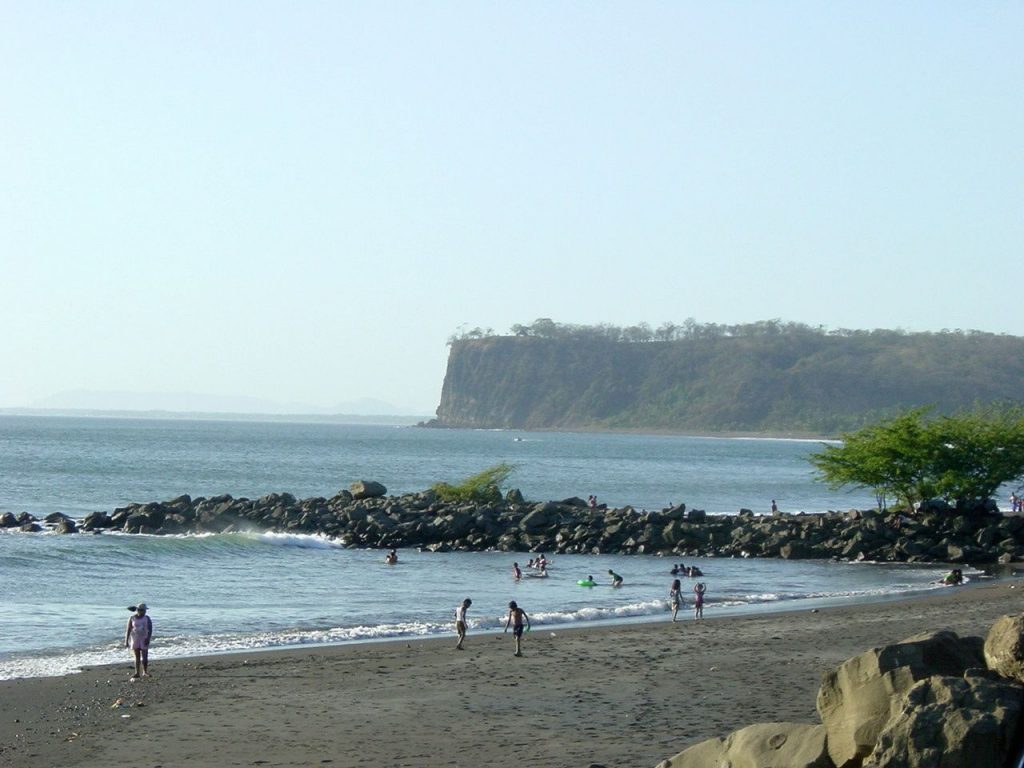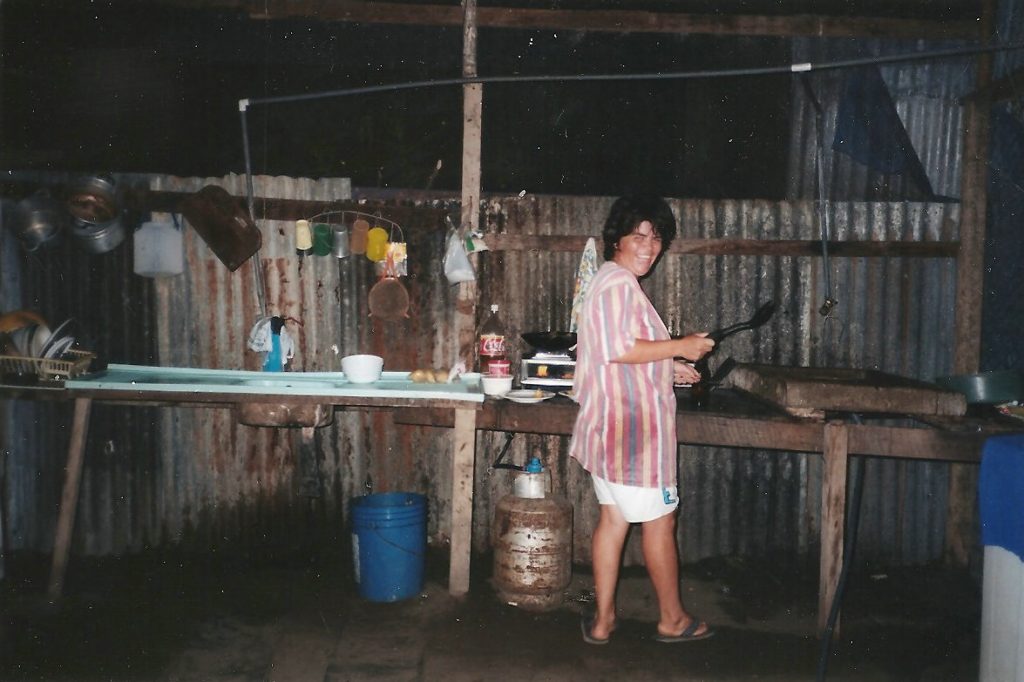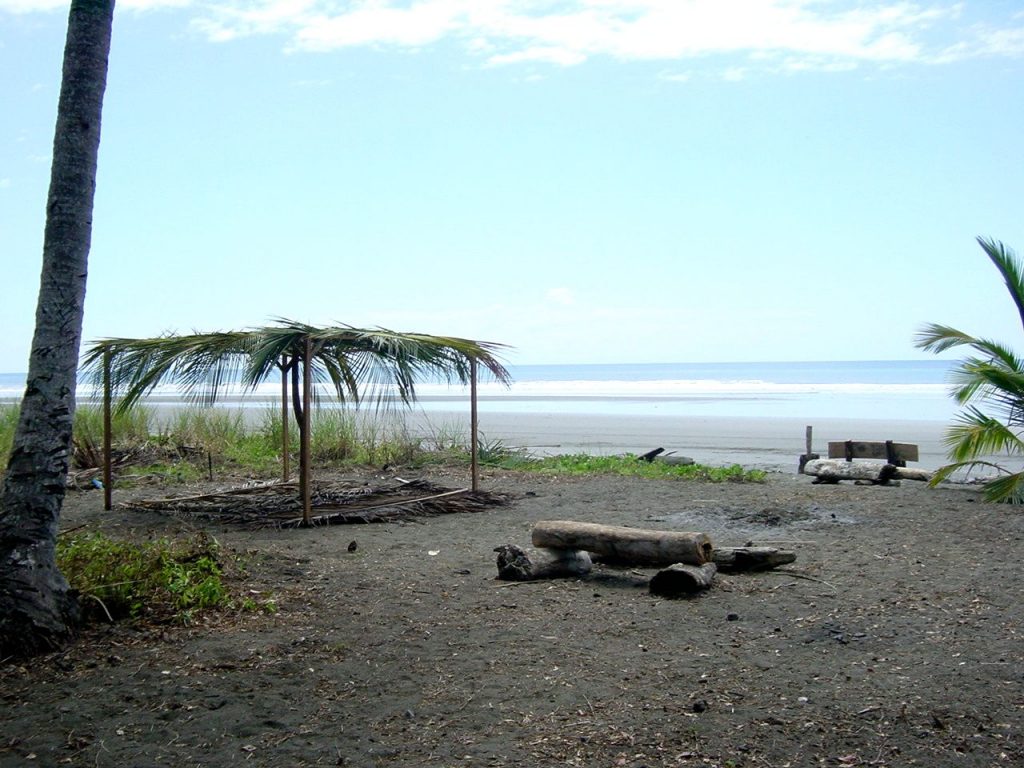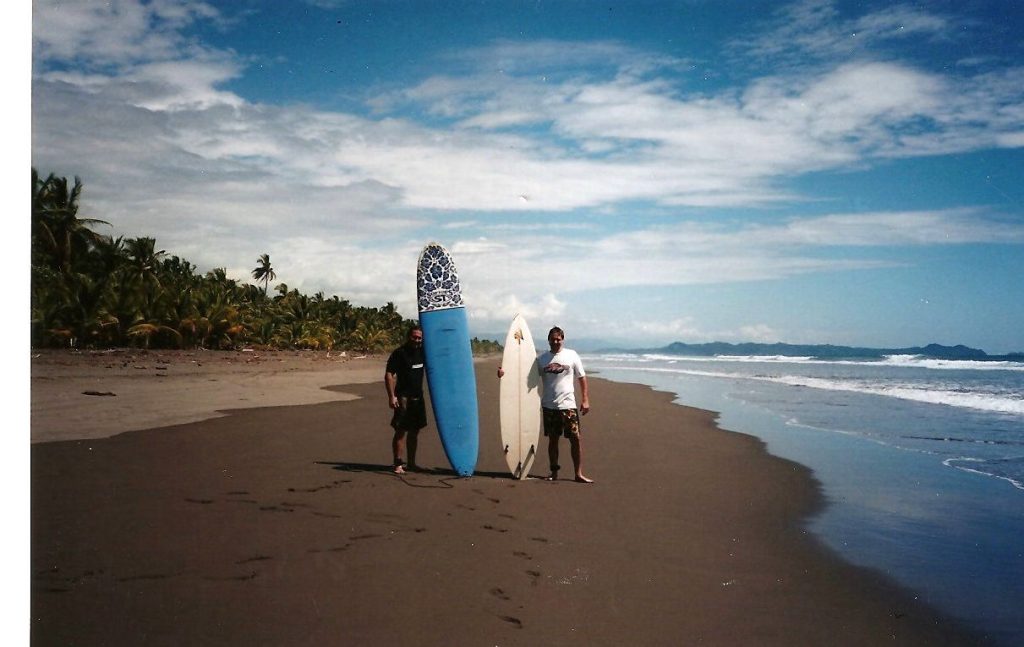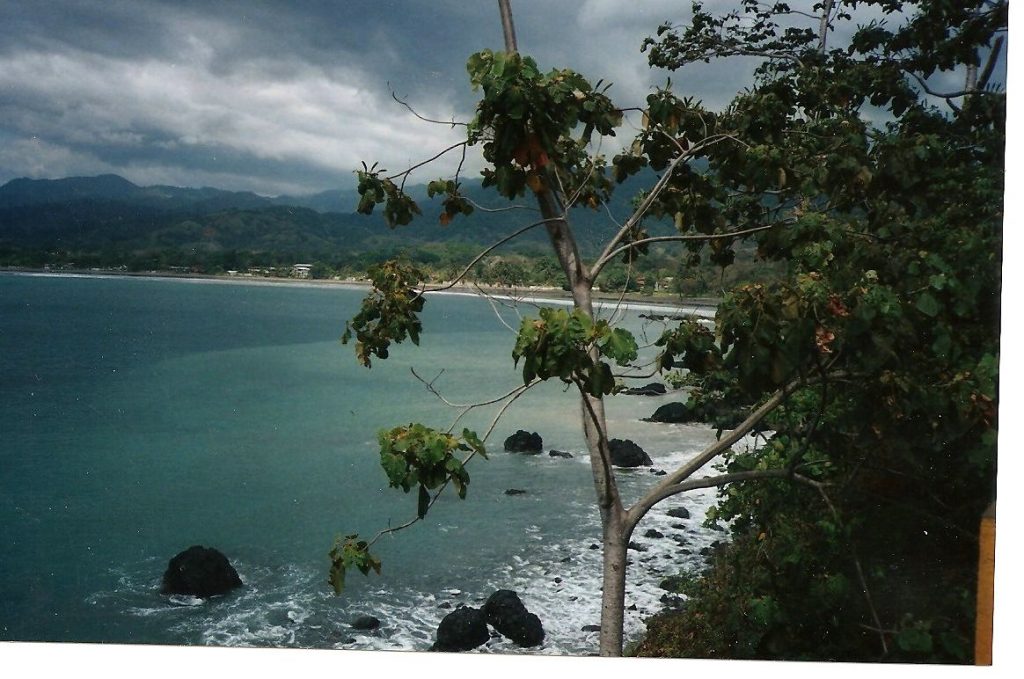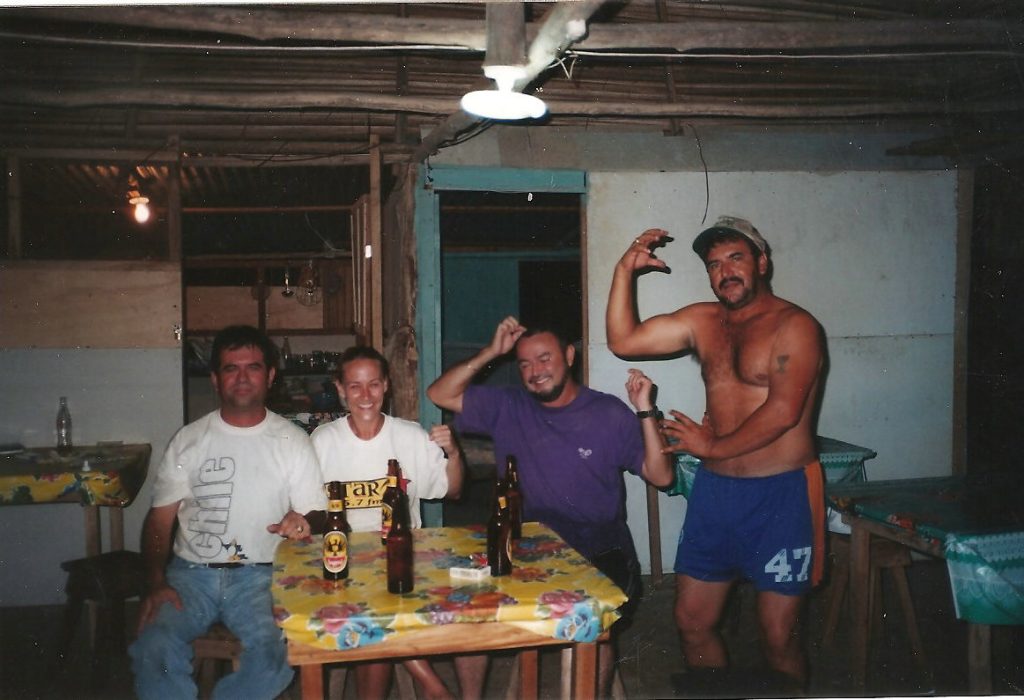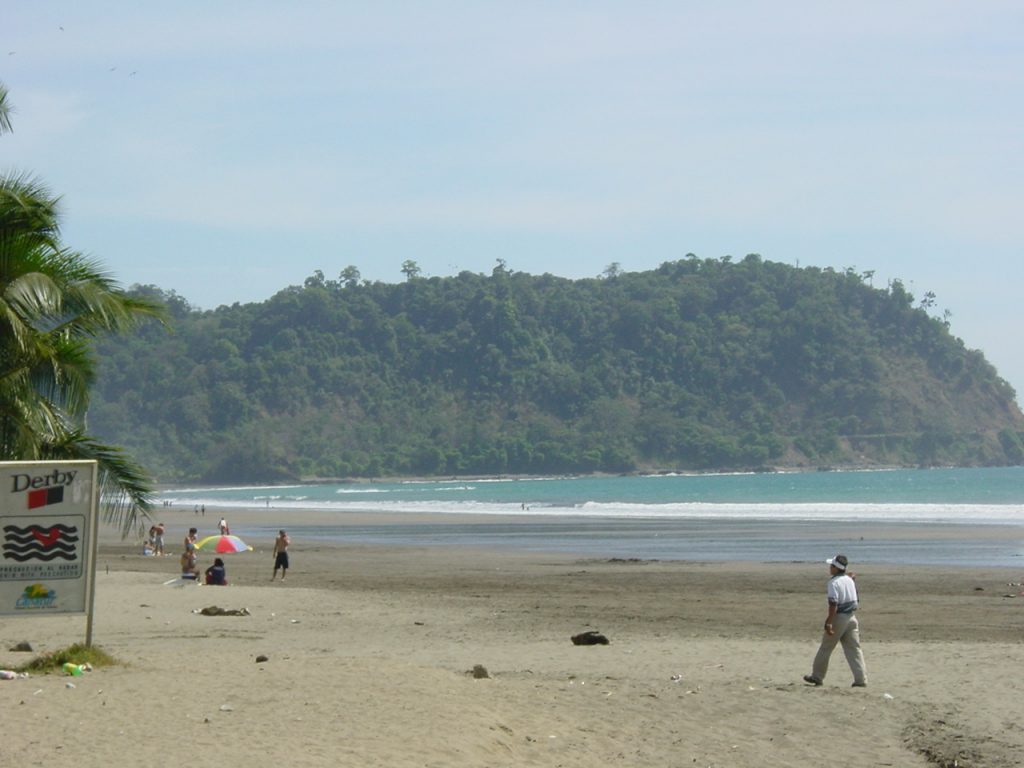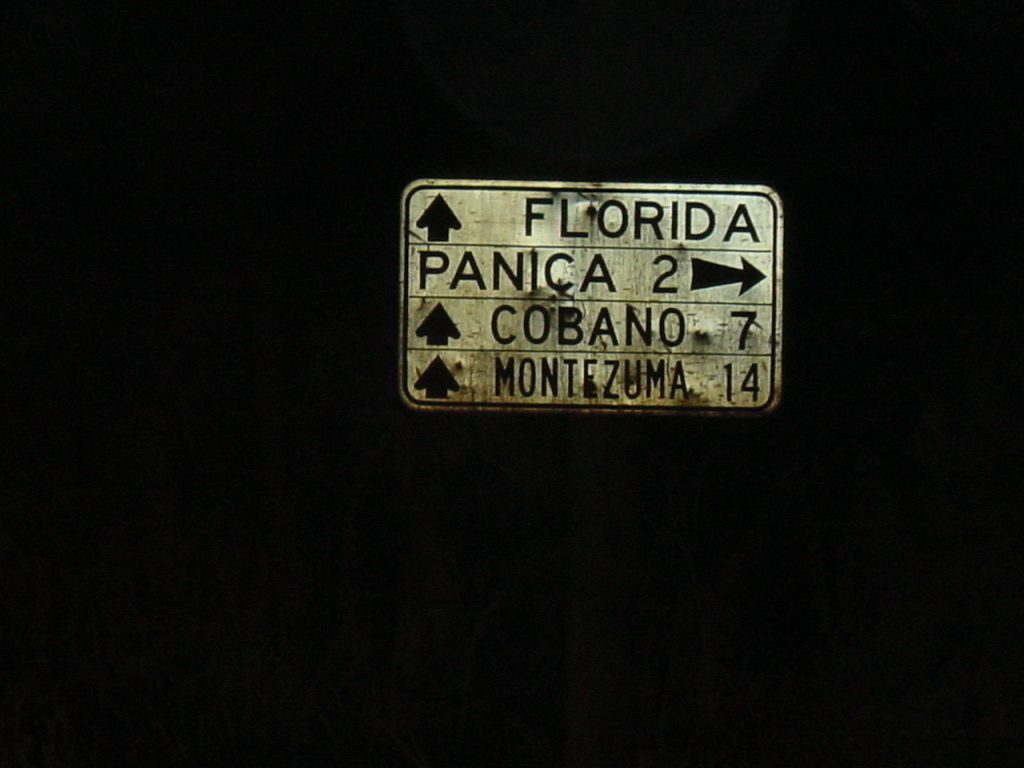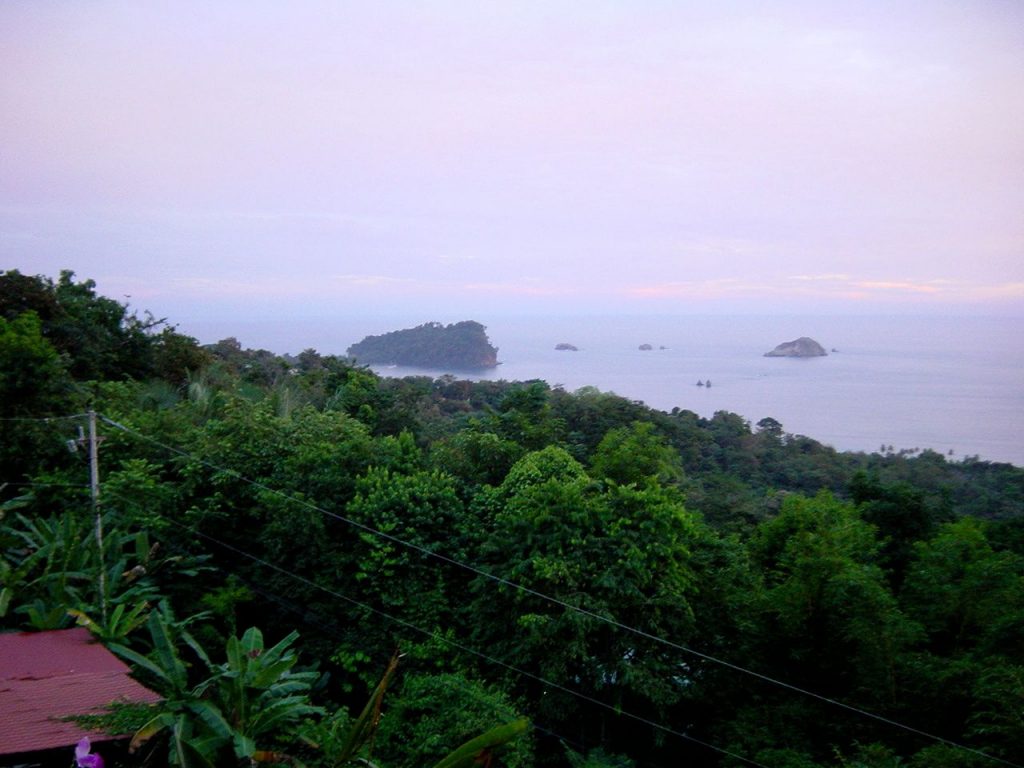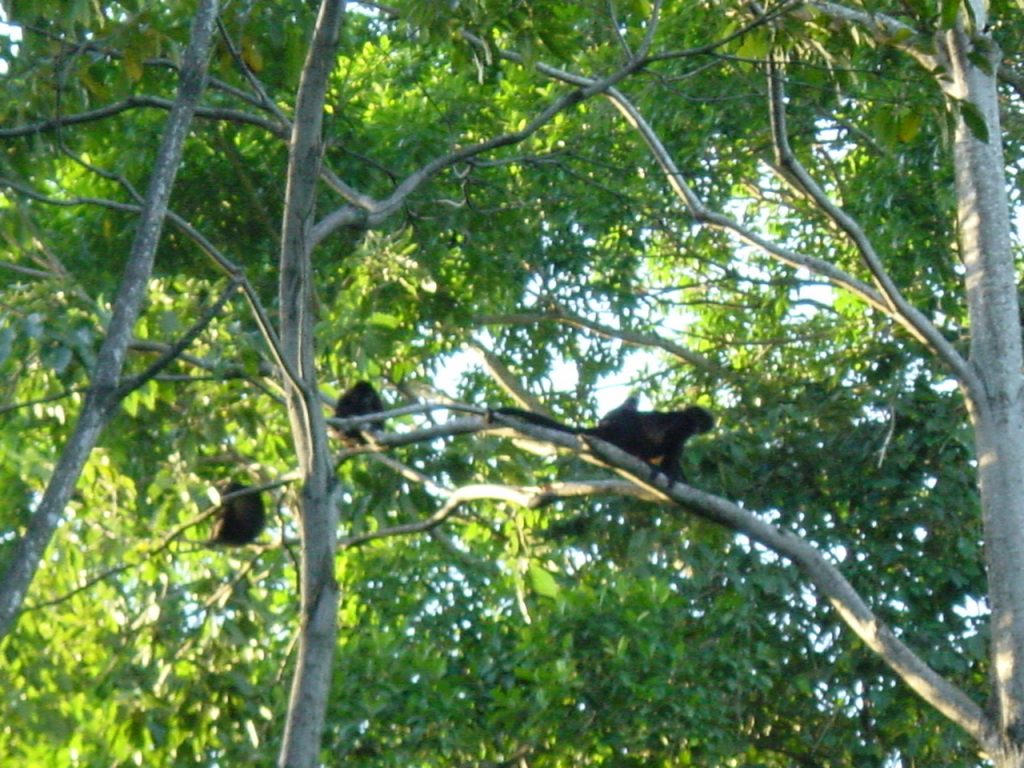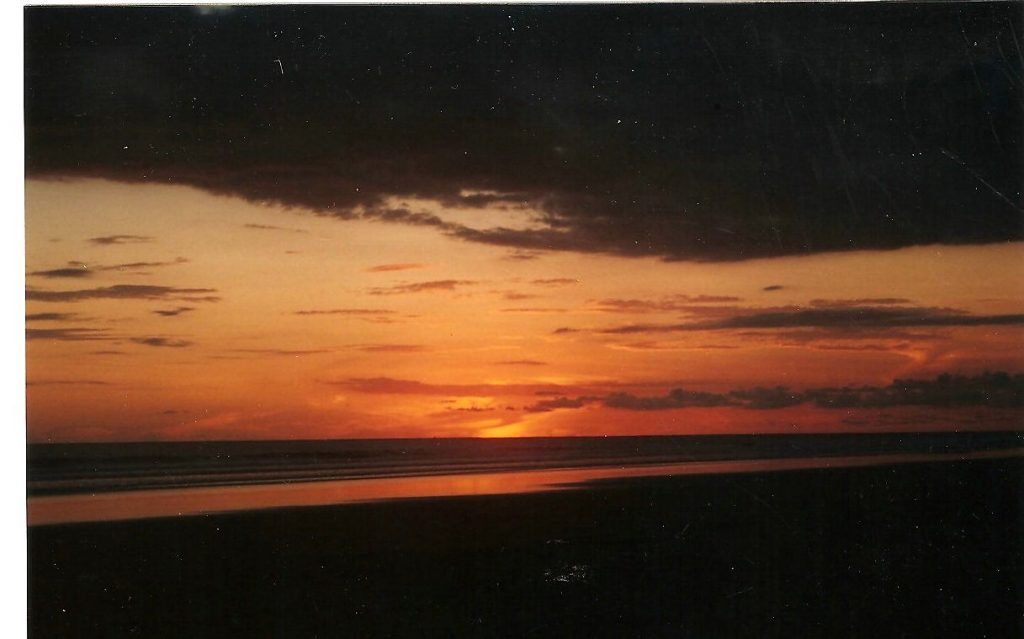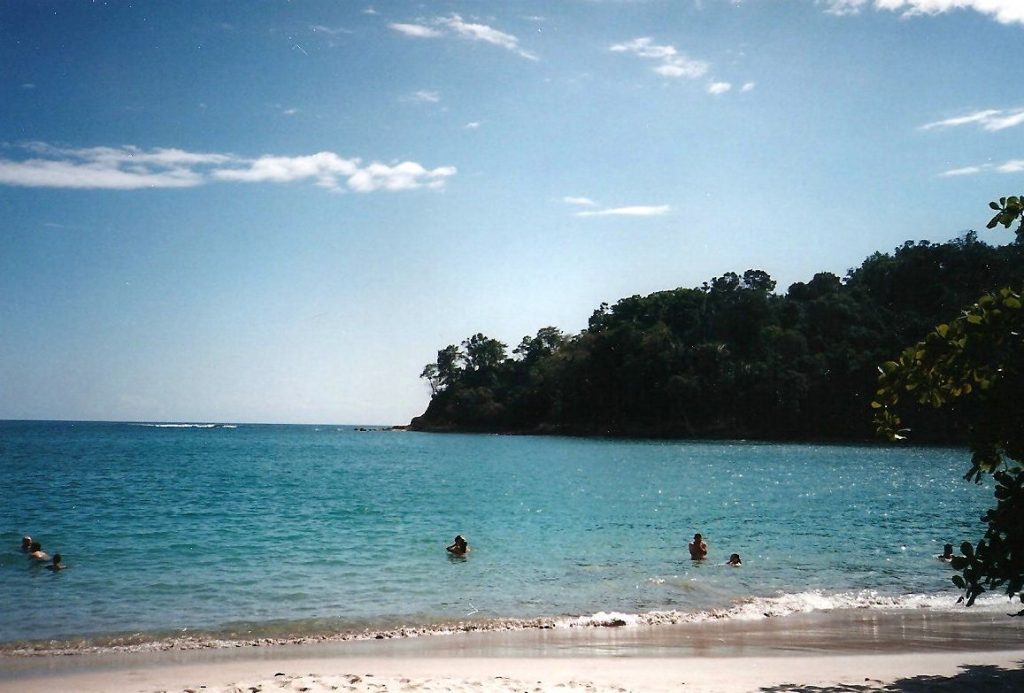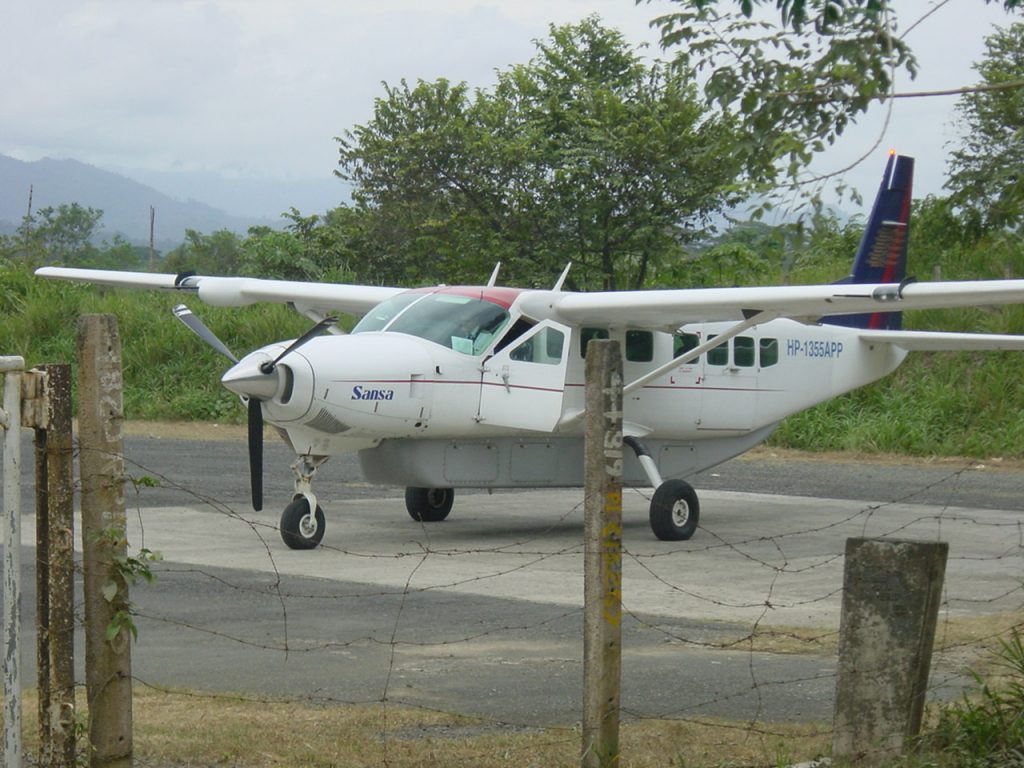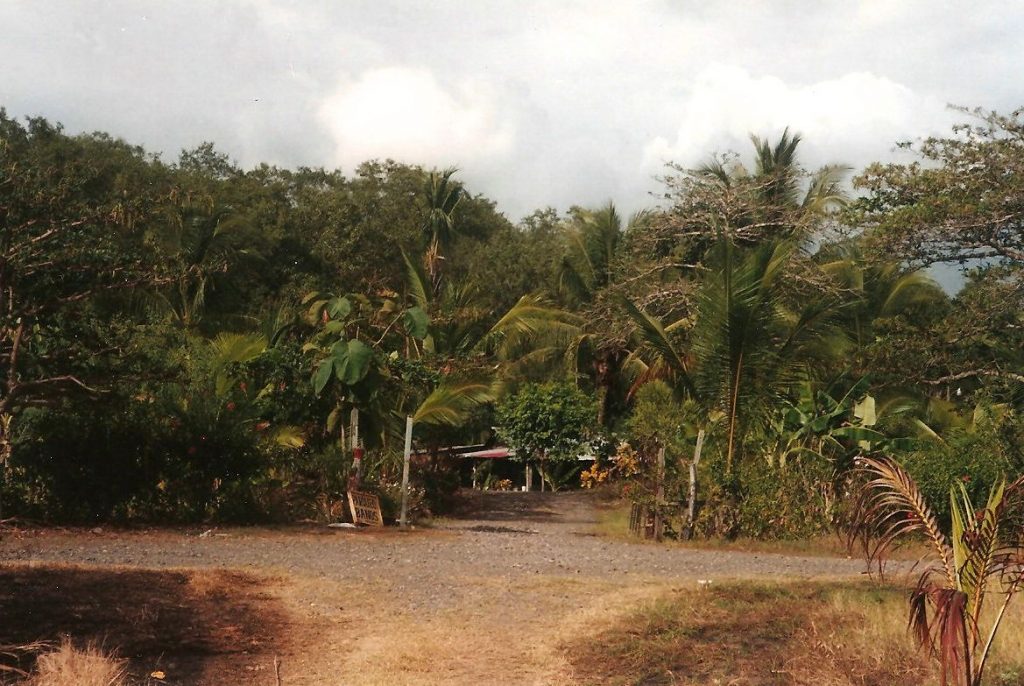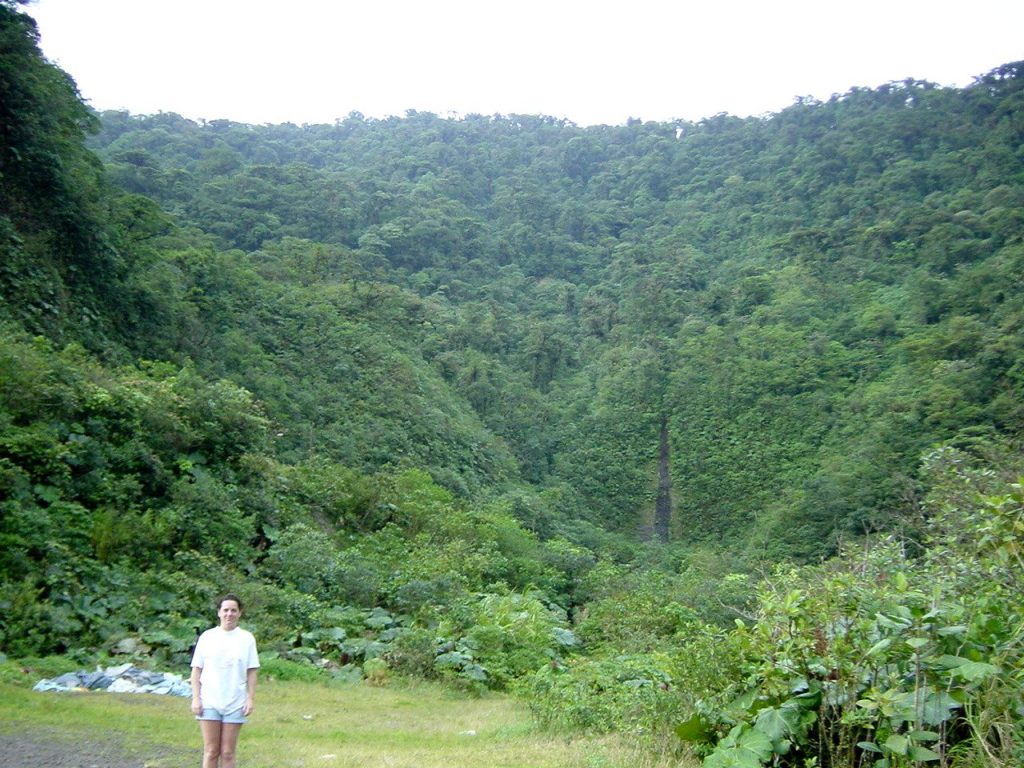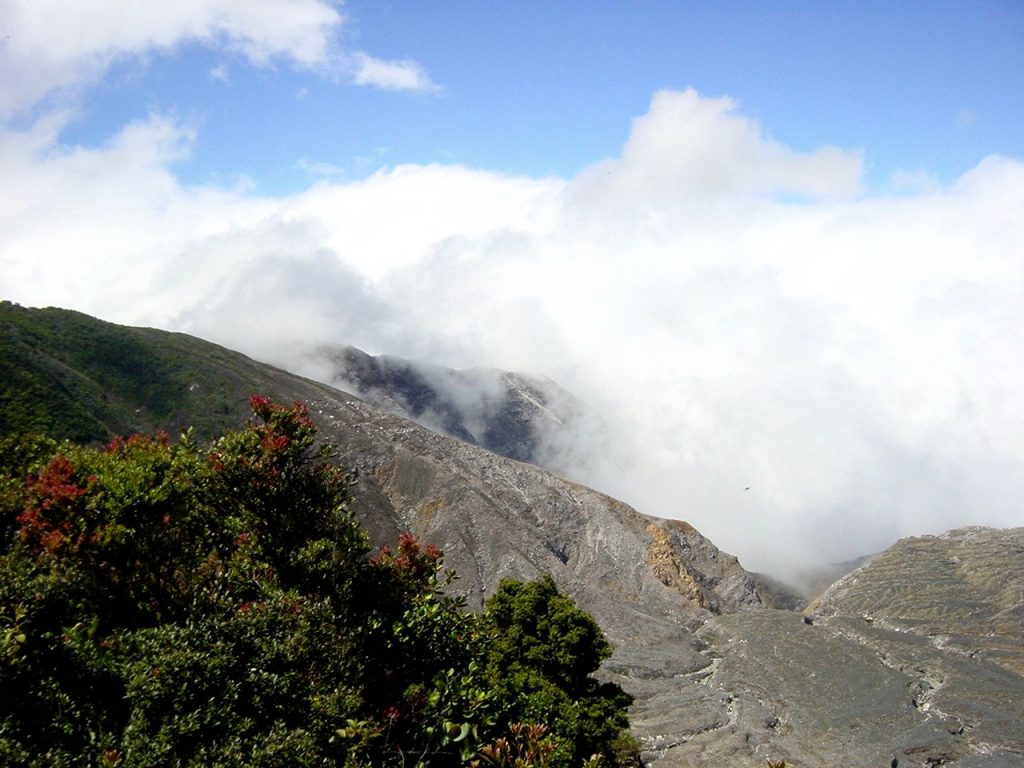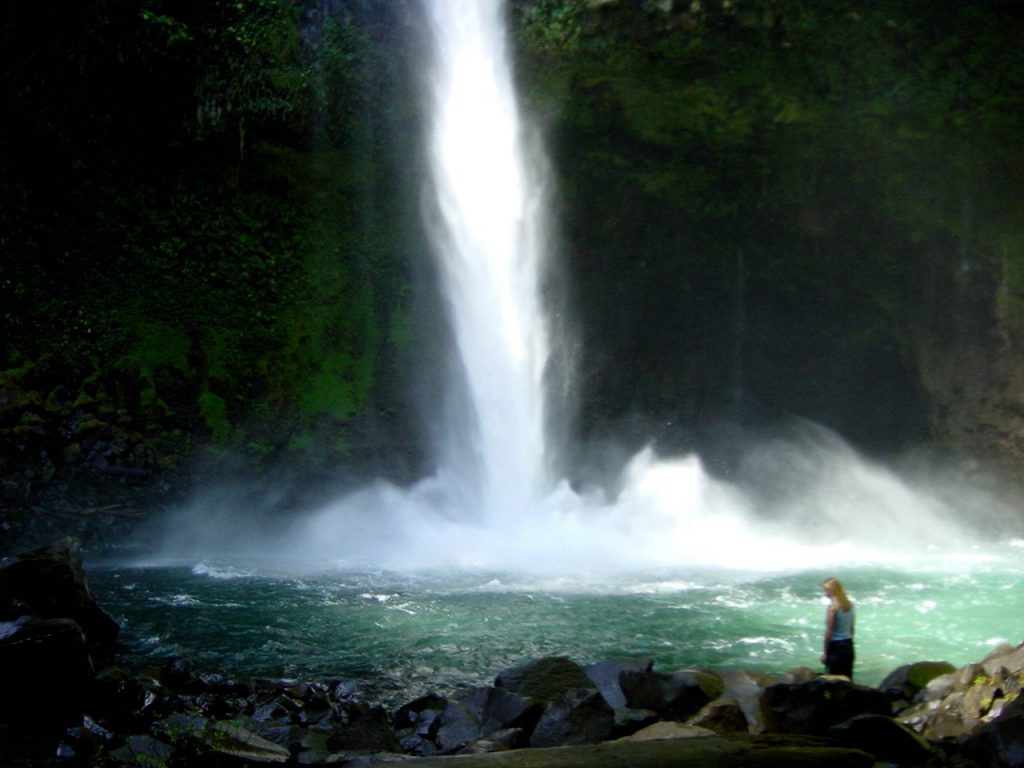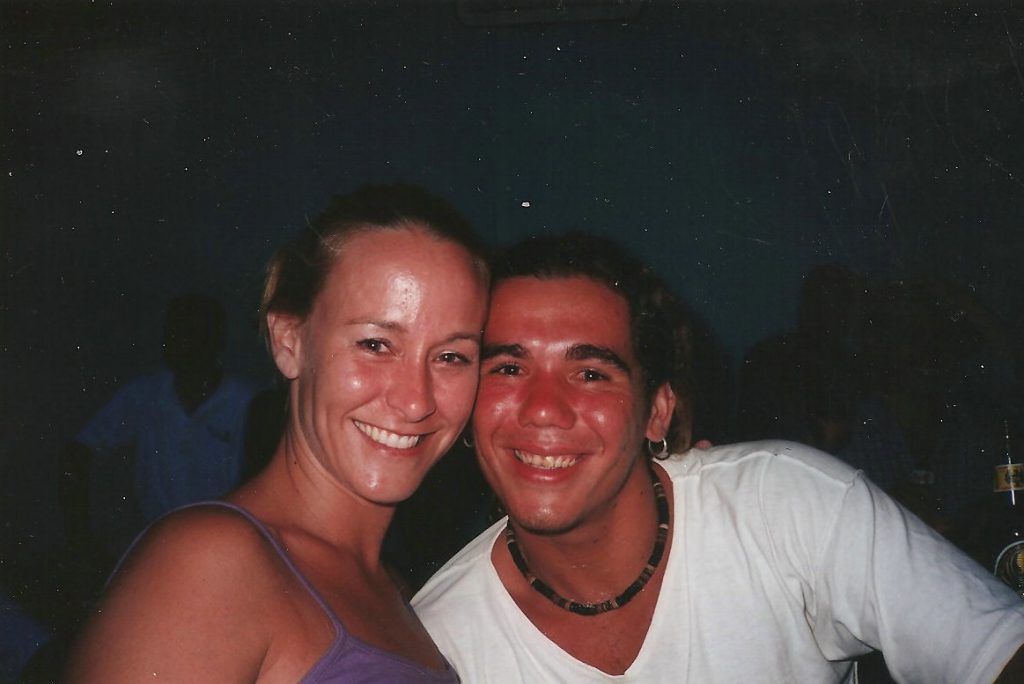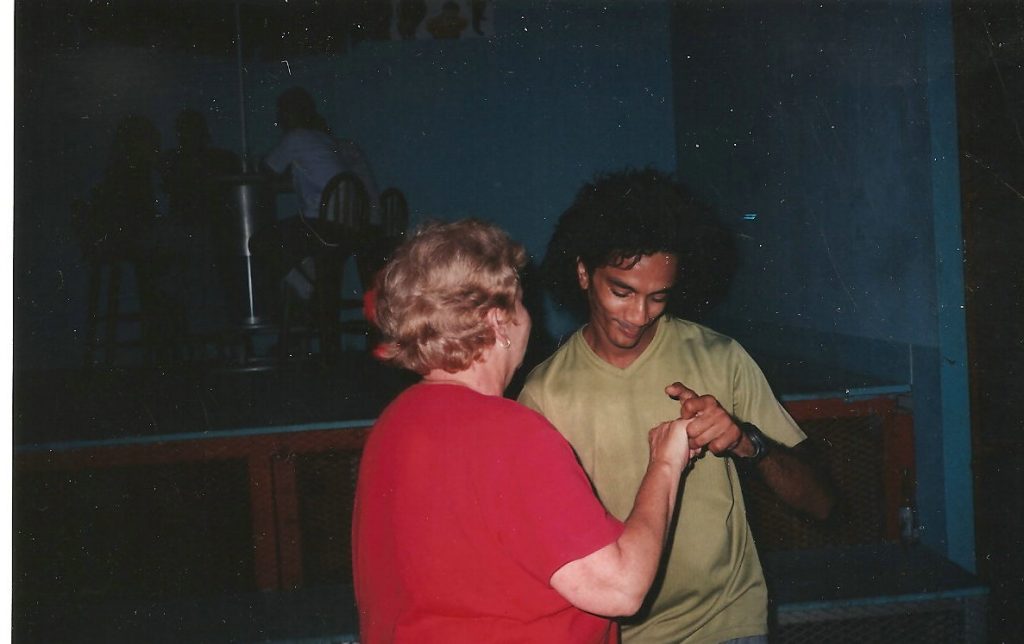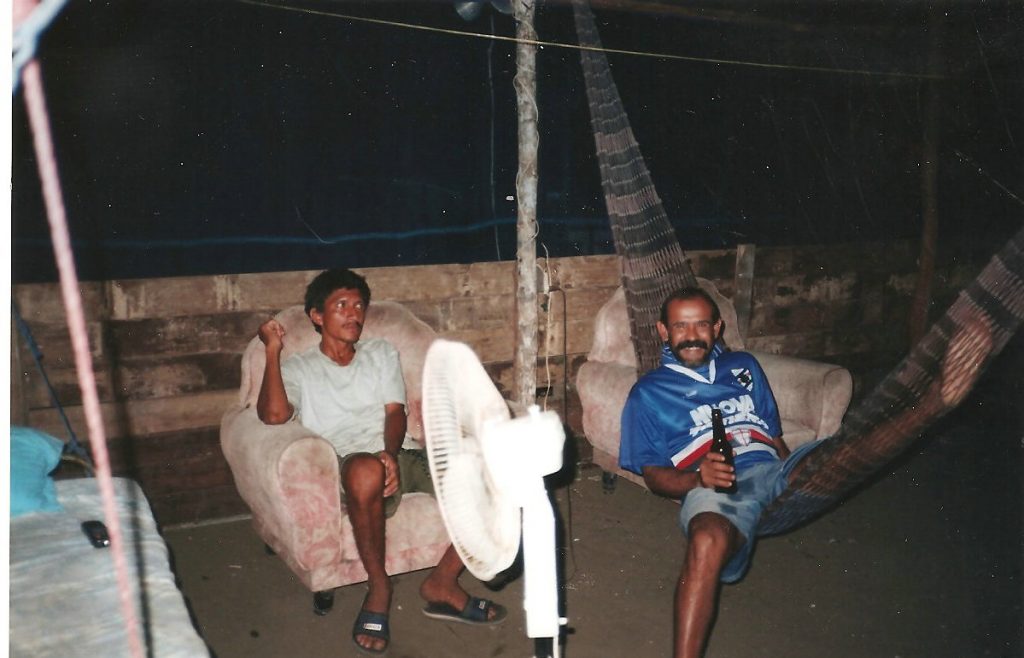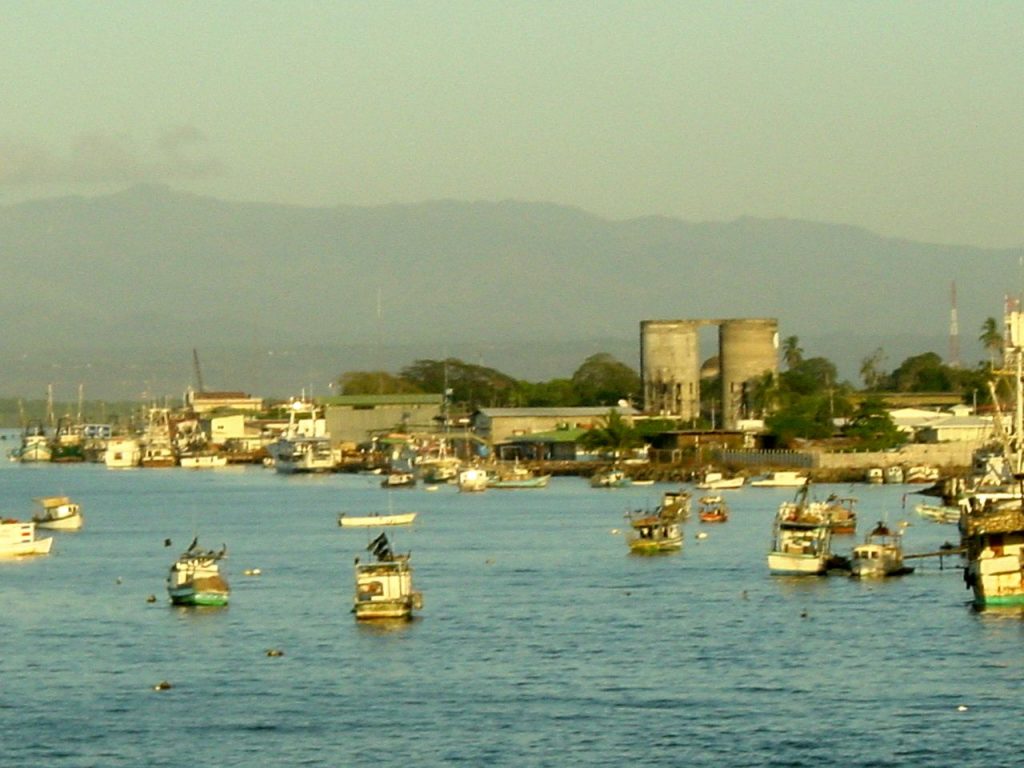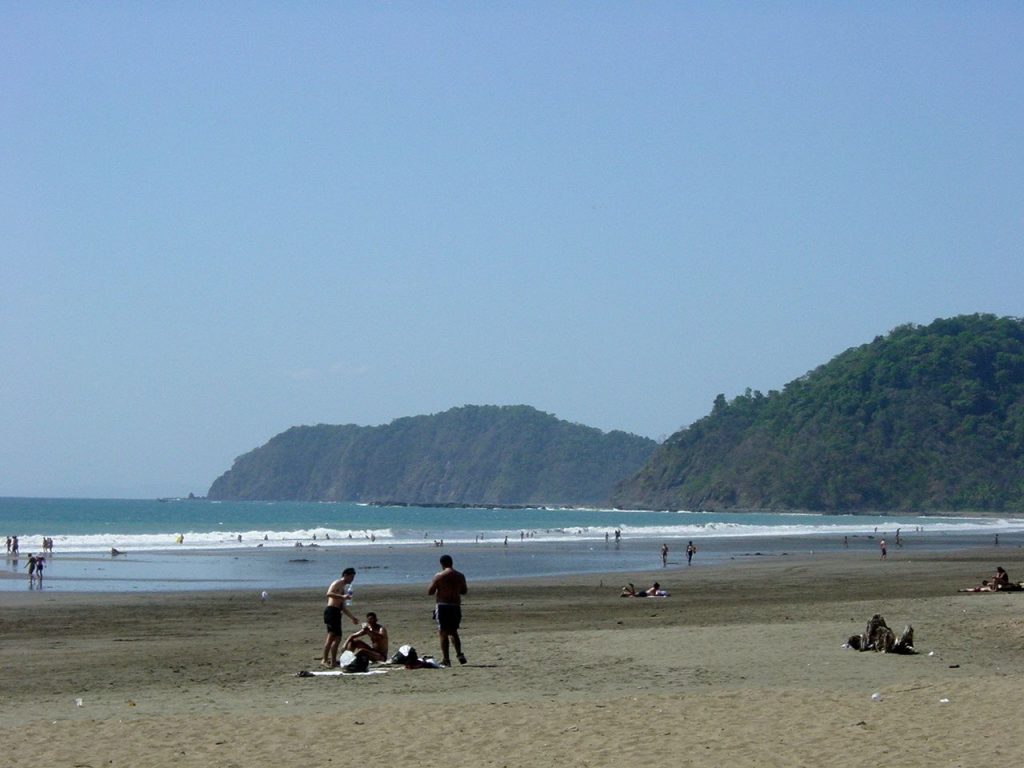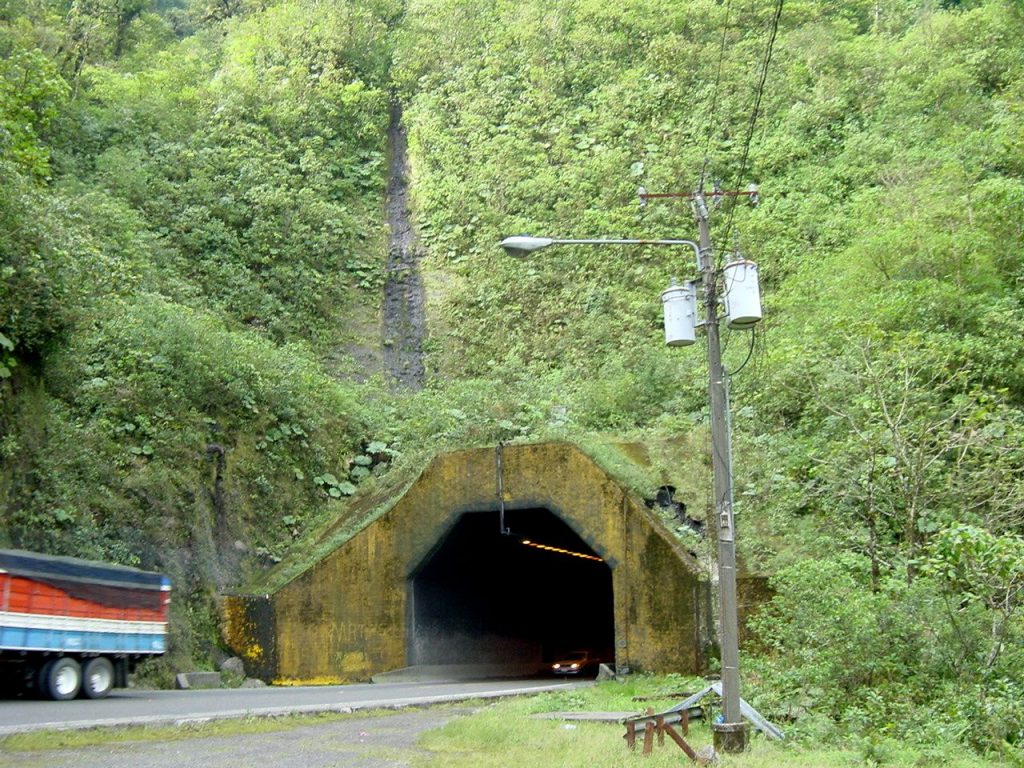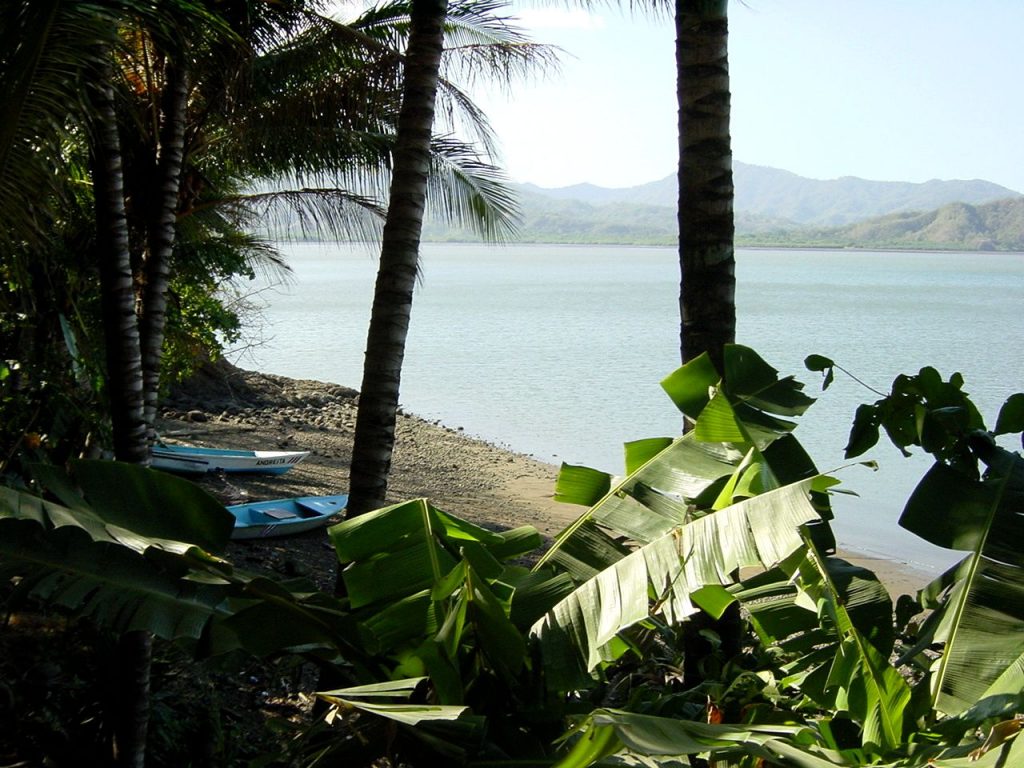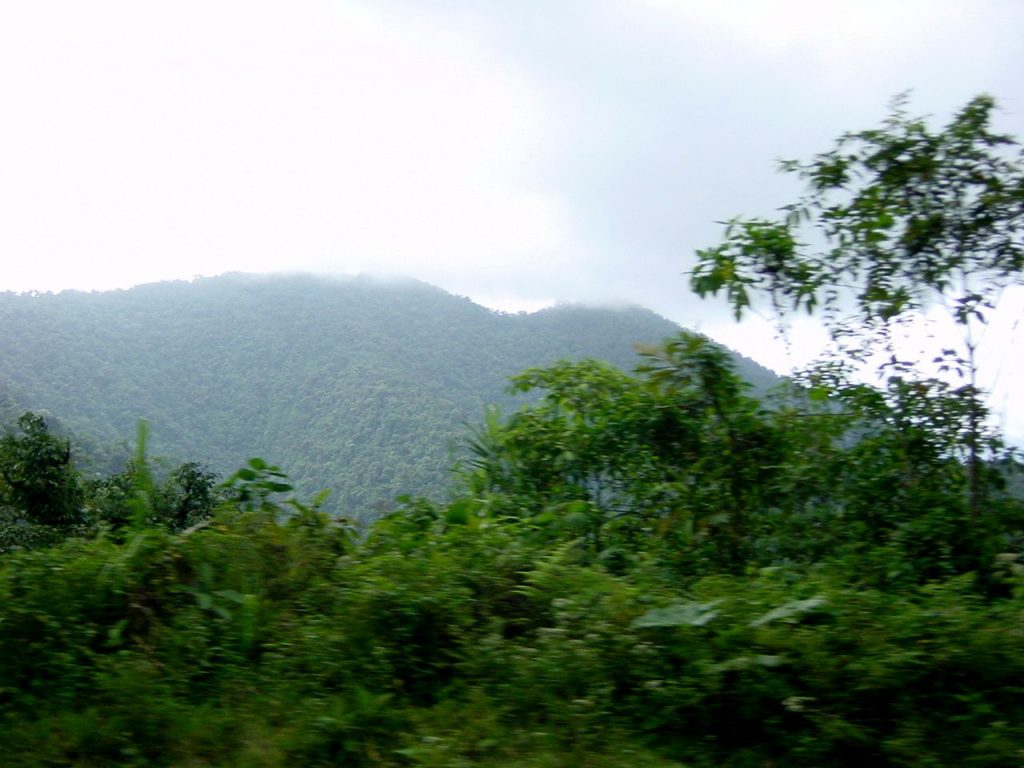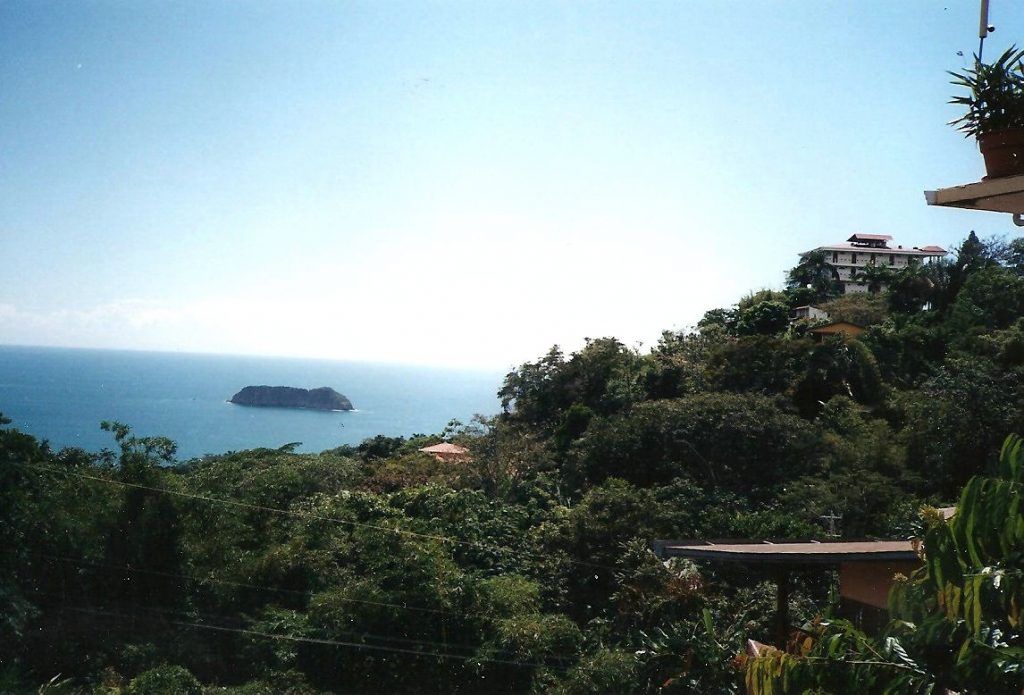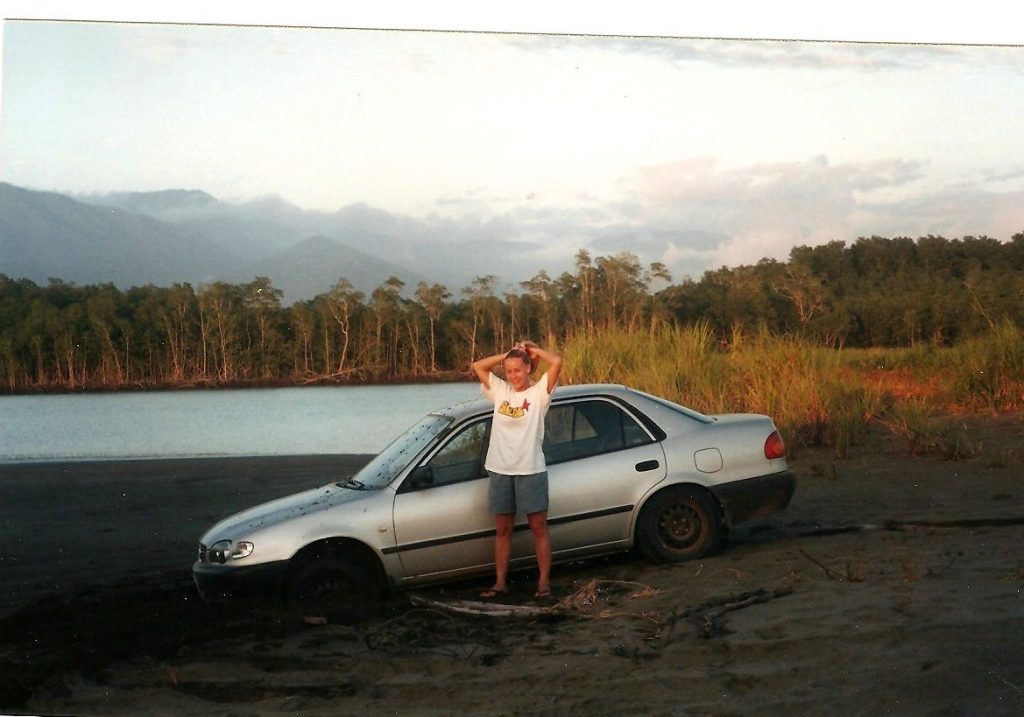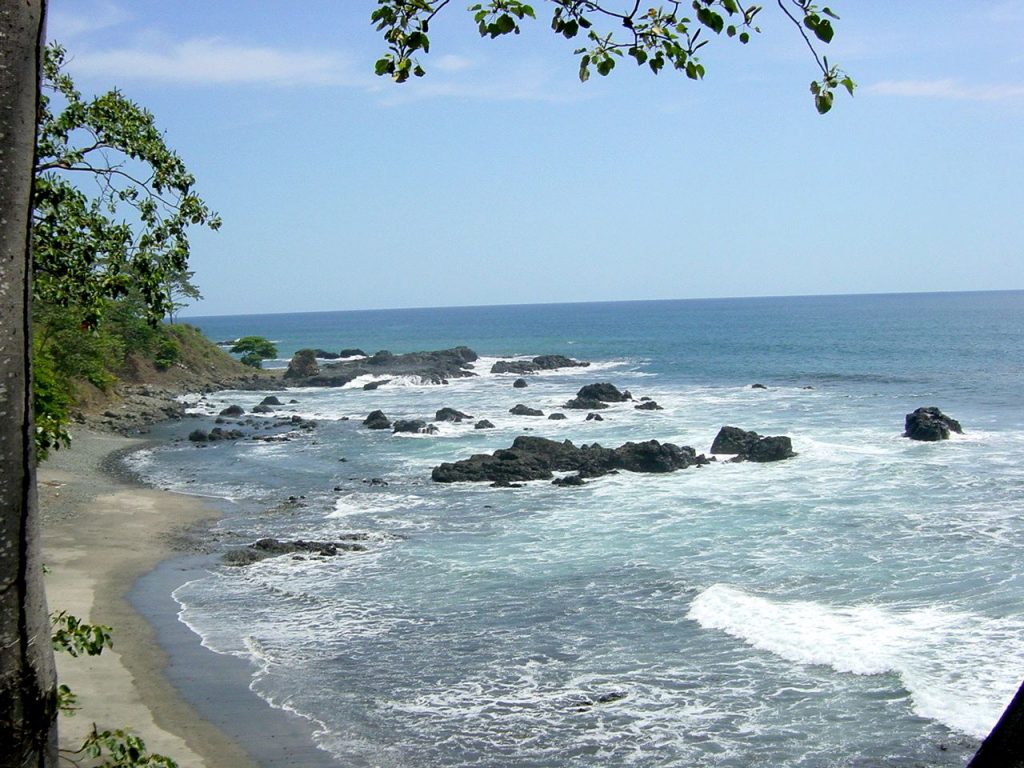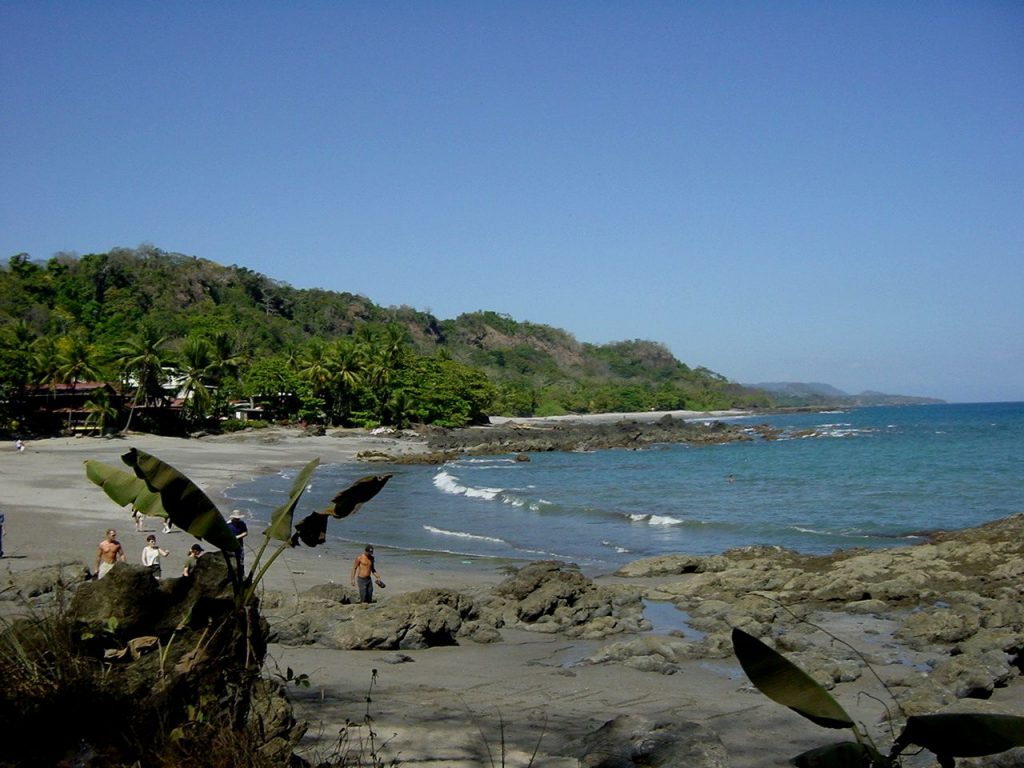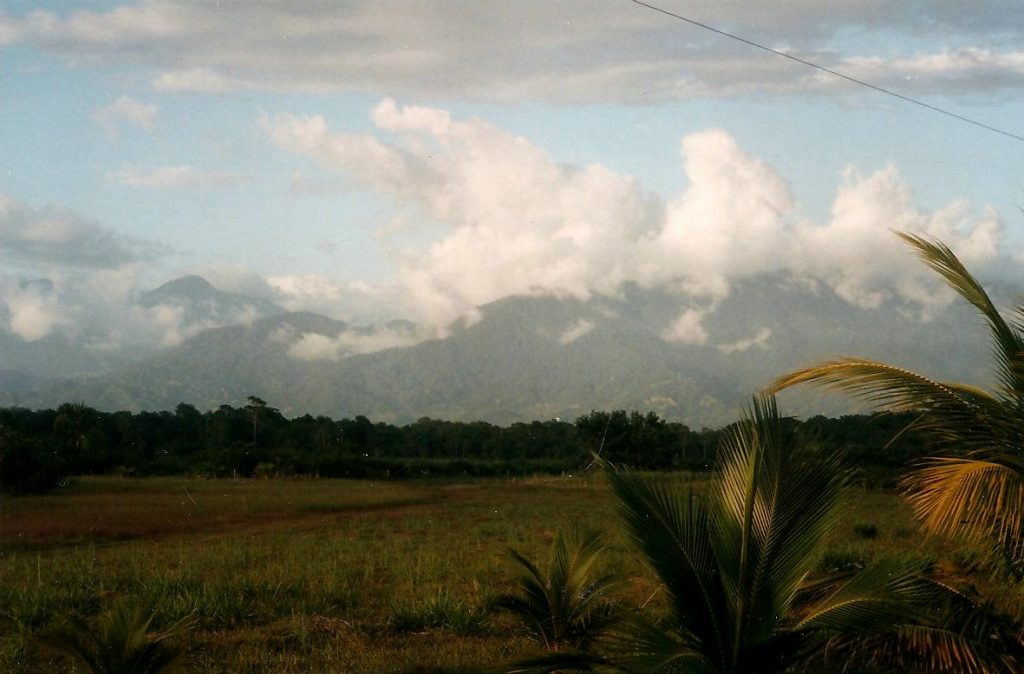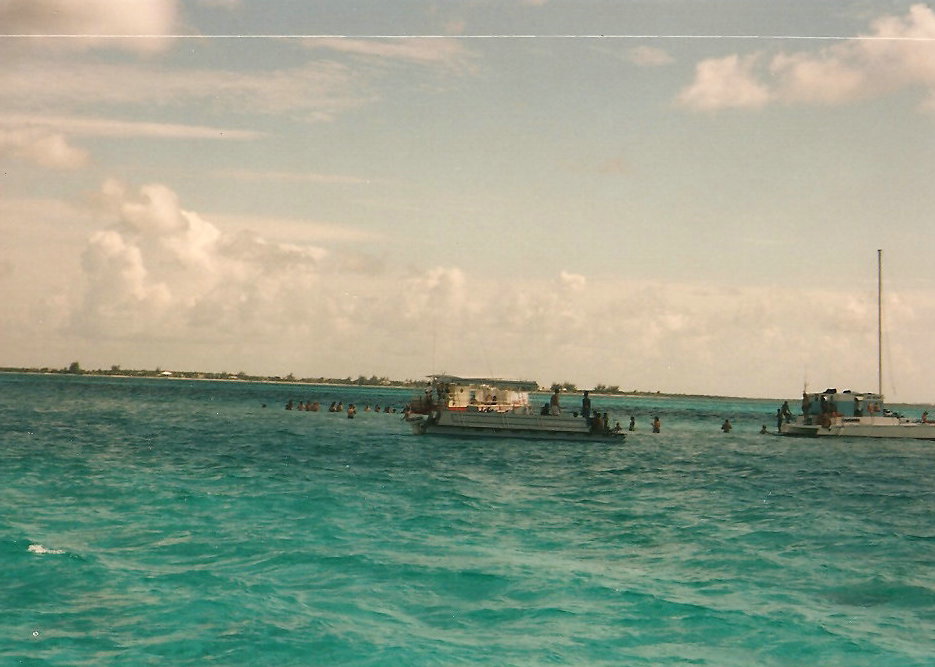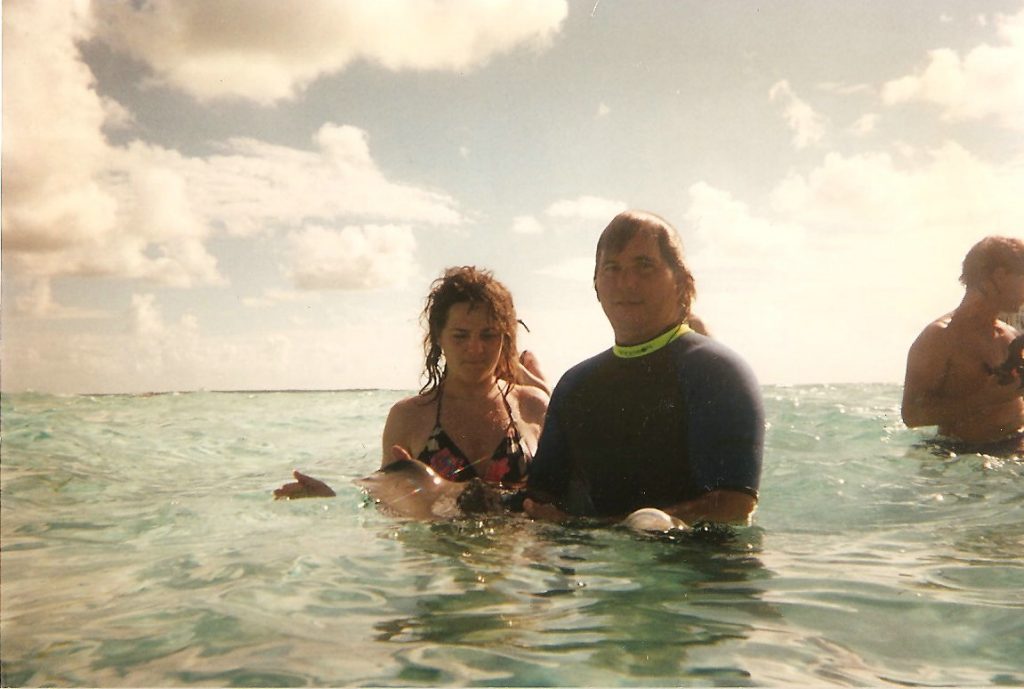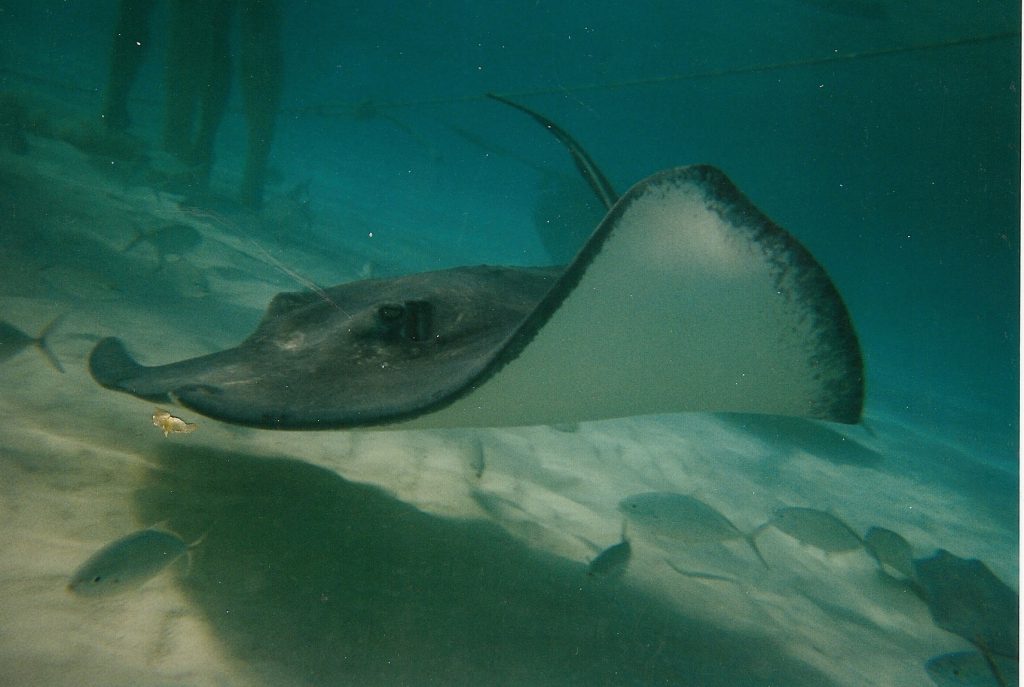Have you ever booked a discounted cruise and realized that there were additional charges that you did not factor in the total cost of your trip? Here are some hidden costs that may take you by surprise:
- Cruise Ship Taxes: The base rate of the cruise is usually listed on advertisements and websites, but it is important to know that this is not the final total that you will be paying for the cruise part of your vacation. There are those little additional fees called taxes. These include tax on the cruise as well as taxes that are charged by the Port Authority of the various ports that you will be visiting on your trip. These fees are not controlled by the cruise lines, but rather the government agencies or states that govern the port.
- Drinks: Many cruise travelers are surprised to learn that soda is not included in the drinks that are available on the ship. Of course alcohol is an additional charge and this includes wine unless you happen to be sailing on a European cruise where wine and well drinks may be included.
- Coffee Shop Drinks: One of the best services brought on board cruise ships is the inclusion of specialty coffee options. There are stands that are usually set up around the ship that offer cappuccinos, macchiatos, frappuccinos, etc. and may be available 24 hours or at posted times according to the coffee stands and/or ship’s itinerary for the day. Specialty coffee drinks require the services of a barista, which is why there is an additional charge for an afternoon caffeine boost. Don’t be surprised when you receive a bill for the service and you may want to check to see if a tip was already included as well.
- Water in your room: Just as in hotels, the bottled water provided to you in your stateroom is not free (unless otherwise indicated). There is usually a fee for drinking this water and a receipt for the bottled water will be provided to you at some point in your cruise.
- Wine Corkage Fee: So you have decided to order a bottle of wine and notice that when the bar service representative presents you with the receipt that there is a “wine corkage fee”, your first instinct may be to ask why you are paying an additional fee on top of the wine that you had purchased for your meal. What could this possibly cover? Interestingly enough, this fee is included for the service of opening the wine as well as providing wine glasses and chilling or storing the wine depending on the type that you have purchased. I consider it a small token for the additional service that is offered to you by the bar staff.
- Room Service Fee: Room service can be very convenient, especially during the one or two hours where a buffet is not available. Many cruises will offer a 24 hour pizza delivery service, but of course, there is a fee for them to deliver the pizza. It’s a small price to pay for the luxury of having food delivered to your room, but again, it is available and you need to know that there is an additional charge added to your bill. The information will be outlined in the daily schedules that are provided to you during your cruise.
- Gratuities (bar, room attendant, waiter, busboy): In the good old days, before computers and technology, tips to service staff included an envelope in each passenger’s stateroom. It was the passenger’s responsibility to tip each of the service staff for their work over the number of days that they cruised. Of course, the cruise director would provide the standard tipping rates and passengers could provide more (or less) as they saw fit for tipping. Today, the tips are already included in the total cost at the close of the ship’s journey. You can choose to keep the charges on your credit card, pay cash or challenge the amount that was predetermined at the front desk. Just remember, the service staff work very hard to make your vacation as enjoyable as possible, so even if you decide to forego the dining hall and eat at the snack shop, keep in mind, that the minimal charge that is added to your bill may be a big help to the service staff, as they depend on these tips for their livelihood.
- Shore Excursions: Most people know by now, that if the ship offers shore excursions, there will be a fee for signing up. These outings are optional, but depending on the port of call, you may decide that you want to see your destination with the assistance of a tour guide, most of whom are local residents. The ship usually provides a wide range of port options ranging from a day at the beach to a full day of port exploration. When using the internet, you can select which trips you want to take while you are in port and you can determine which ports you may want to adventure on your own. Just note that if you purchase excursions apart from the ship’s offerings, you will want to ensure that you board the ship at the designated time or the ship will depart without you. Please be aware that the tour guides welcome tips, so be prepared to have an amount of cash as you see appropriate.
- Laundry service: Did you know that some ships offer laundry service for its customers? Most likely you will find this service available on “world cruises”, but you may want to check into this service if you plan on taking an extended cruise. This helps you plan accordingly for packing and can also save you luggage fees for flights if you travel light. You can leave your laundry in a bag, the room steward will pick up the laundry and you will receive you cleaned belongings ironed and folded in perfect condition. This of course will incur a fee and you may feel obliged to tip your room steward as well.
- Exercise Classes/Gym Use: On most of the ships I have traveled, there is a gym as well as a spa on board. There may or may not be a gym fee, but spa services are not included in the cruise rate and an additional fee will be charged according to the spa menu. You may also note in your daily itinerary the various workout classes that are being offered on the ship and something may peak your interest. Read the fine print to see if there is an additional charge for attending the class and again, if you find the service to your liking, you can opt to tip the instructor as well.
I suppose it is obvious that there are additional items where one could spend money on a cruise ship, such as gambling, internet use, purchases from the gift shop, bingo and raffles. But if you plan accordingly, these additional fees and charges will not come as a surprise. This will allow you to enjoy your vacation without stressing about the final bill, which will appear in your room the night before departure. When in doubt, contact the front desk to keep your charges in check or if you have any questions about the status of your charges, they will be happy to help.
Disclosure: Please refer to our blog disclaimer tab for more information.
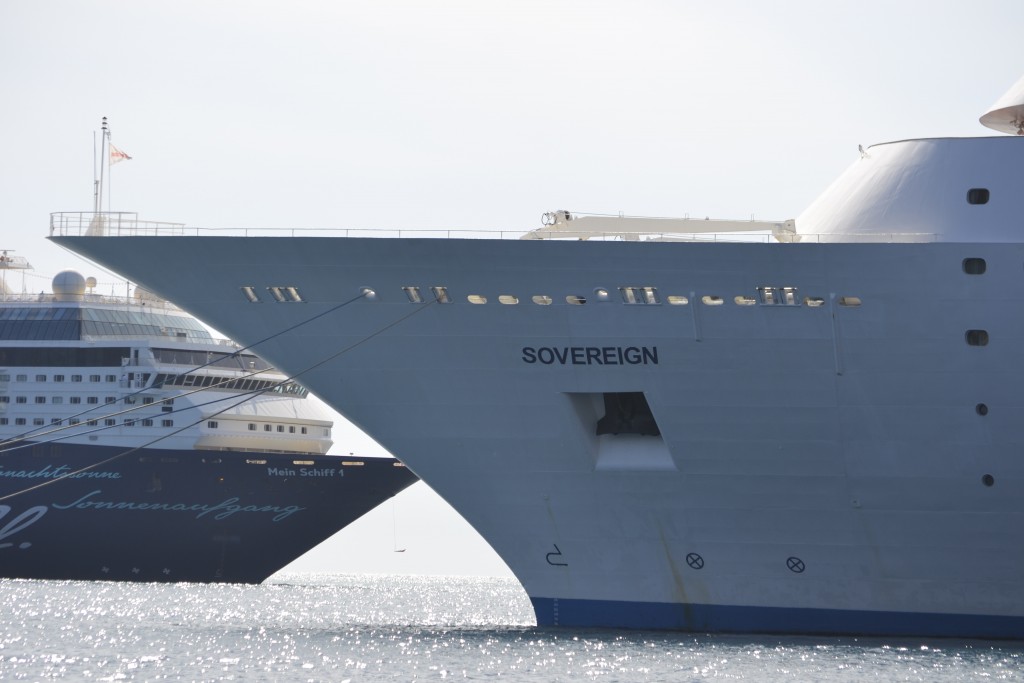


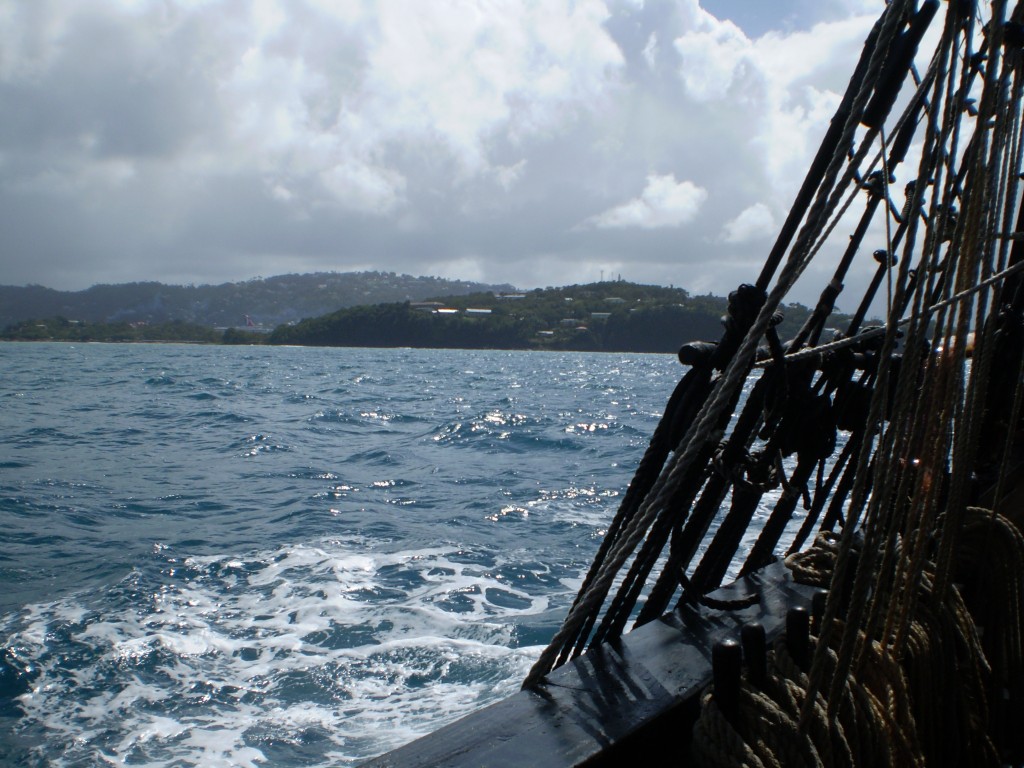
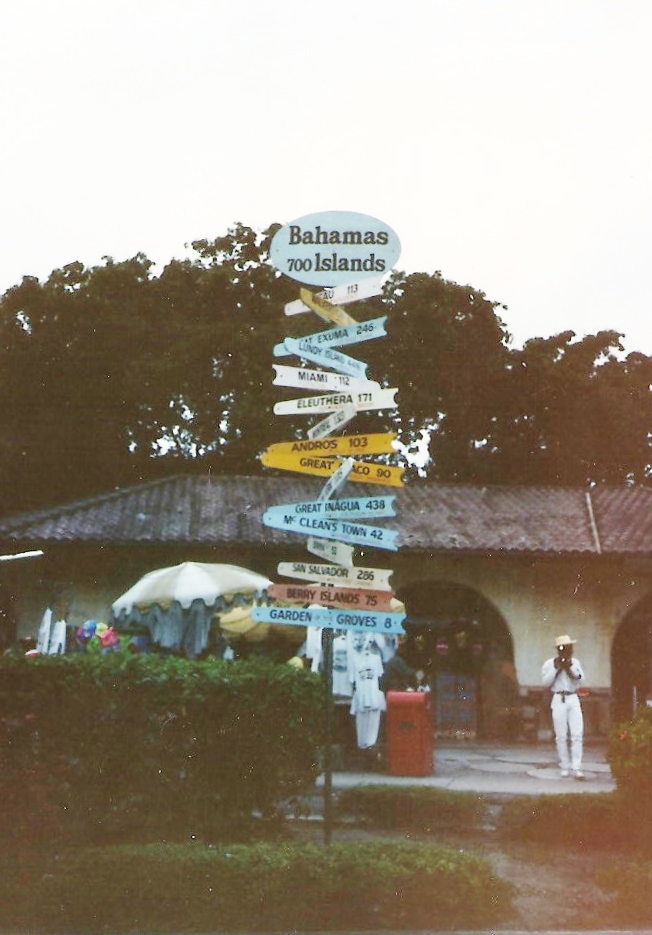
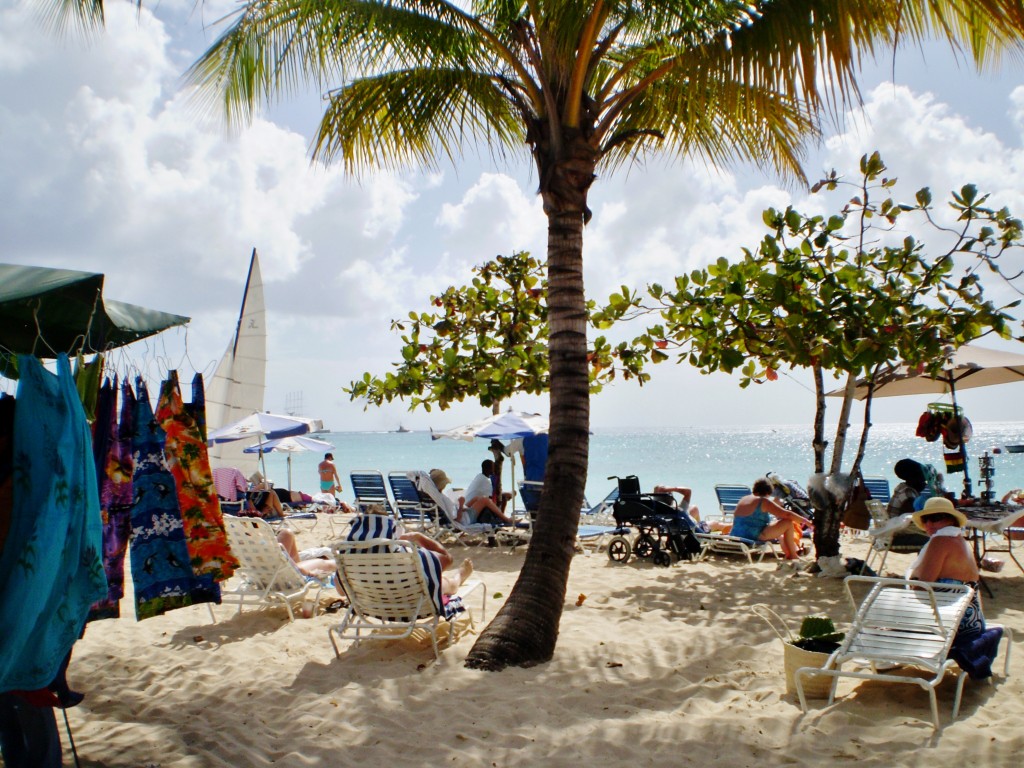
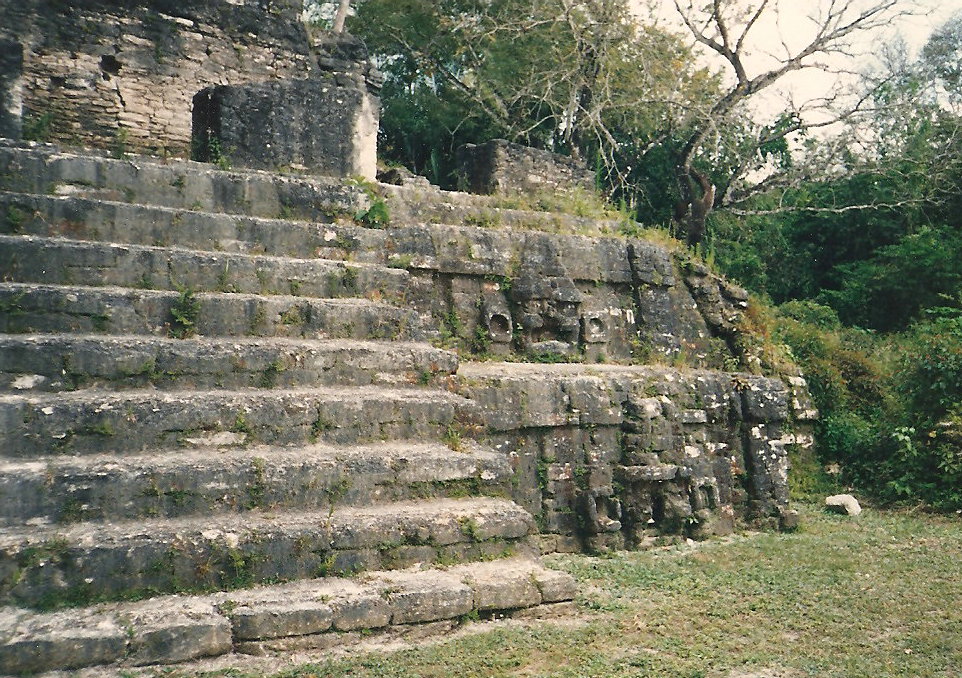

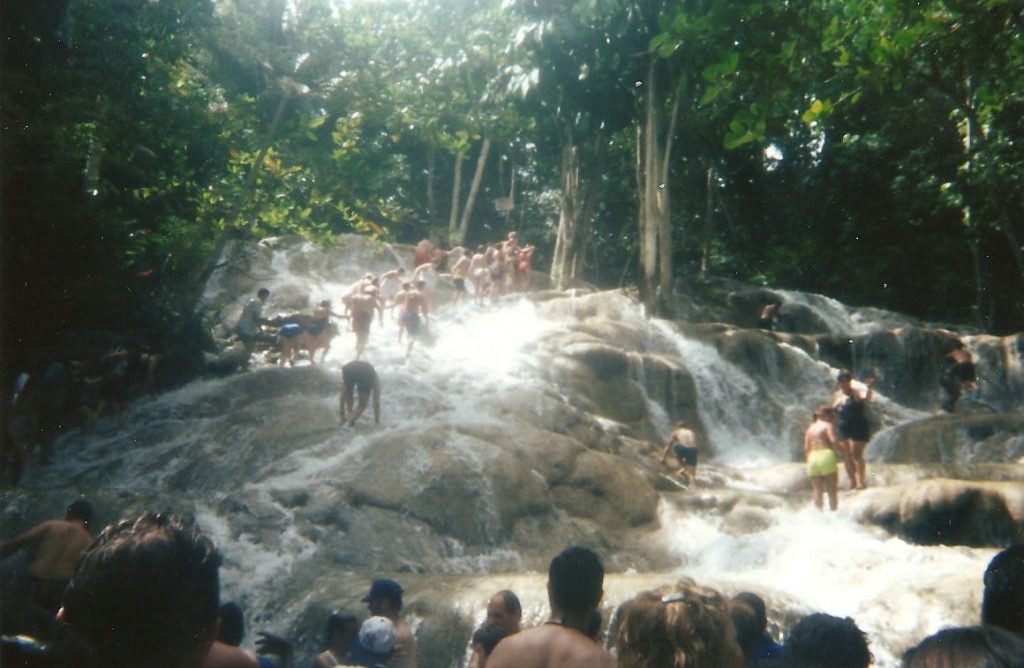
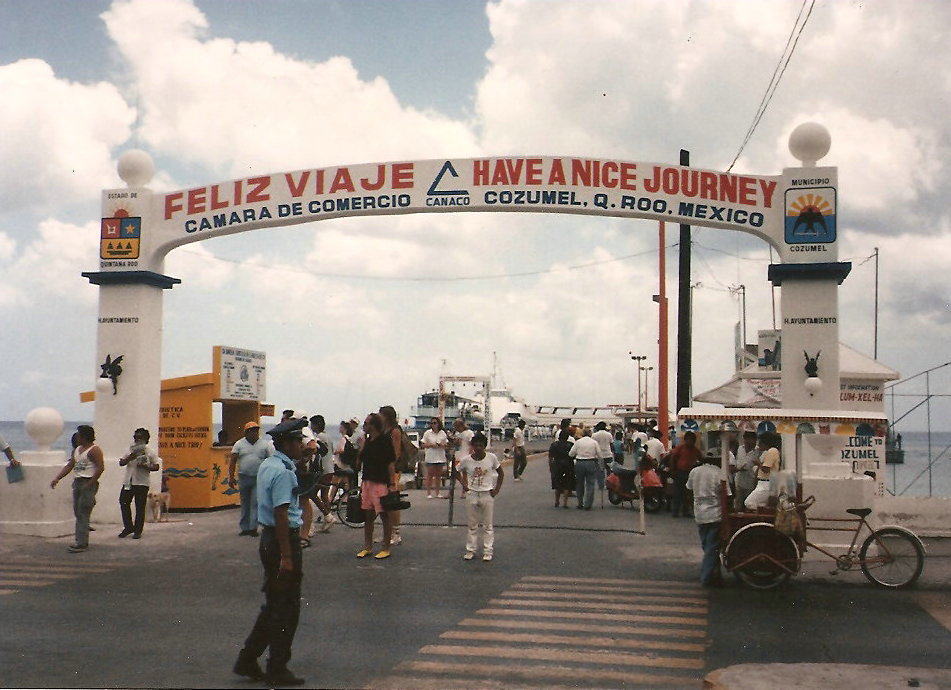
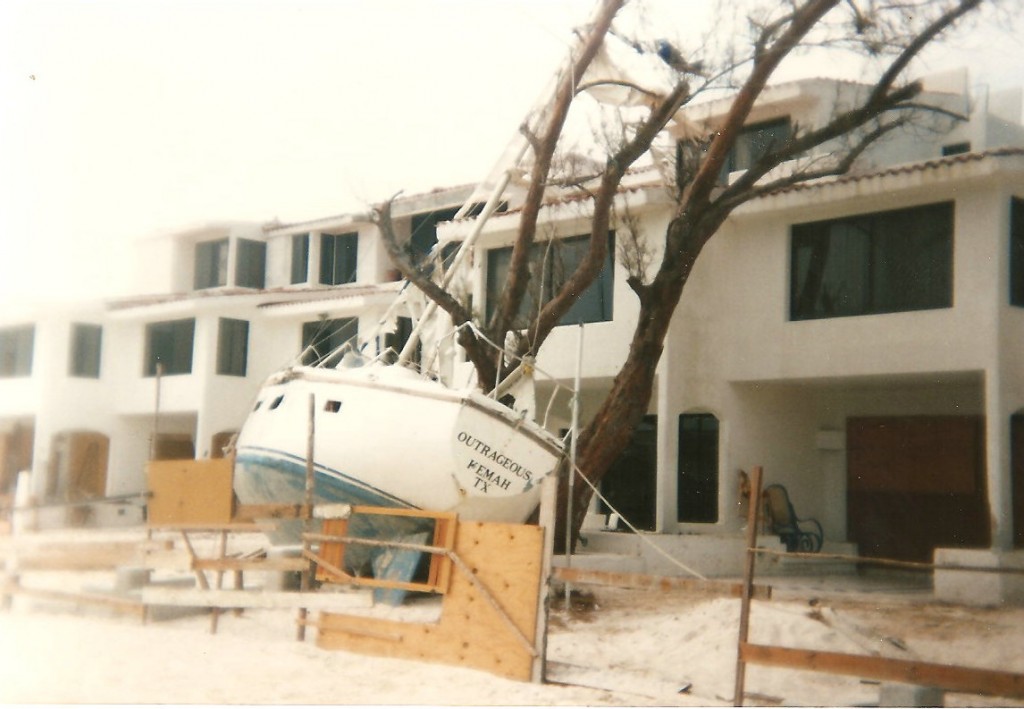
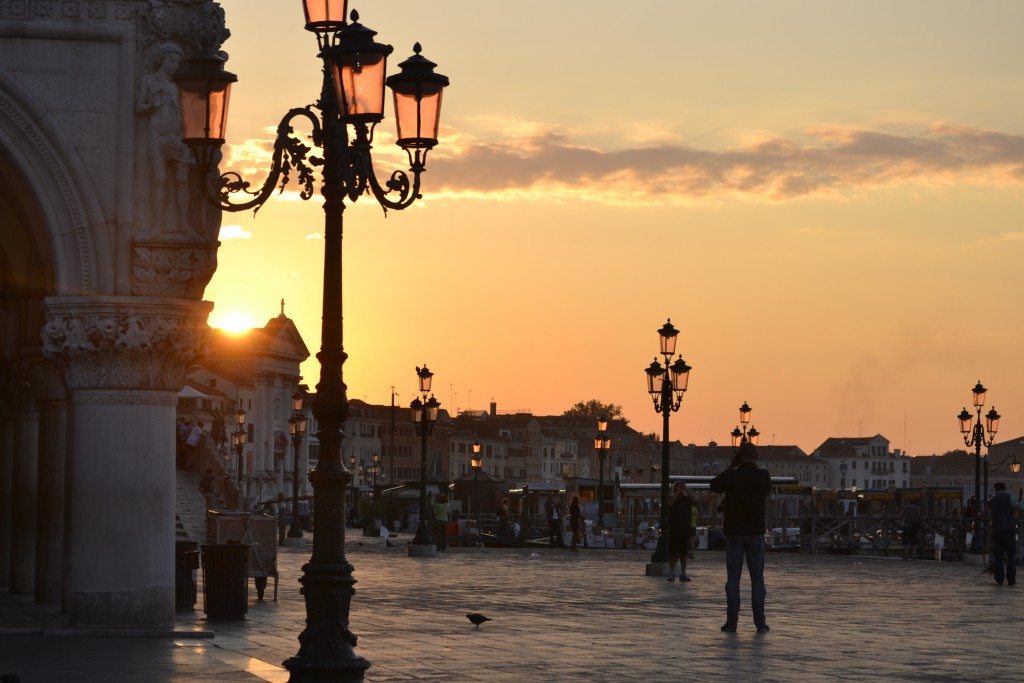

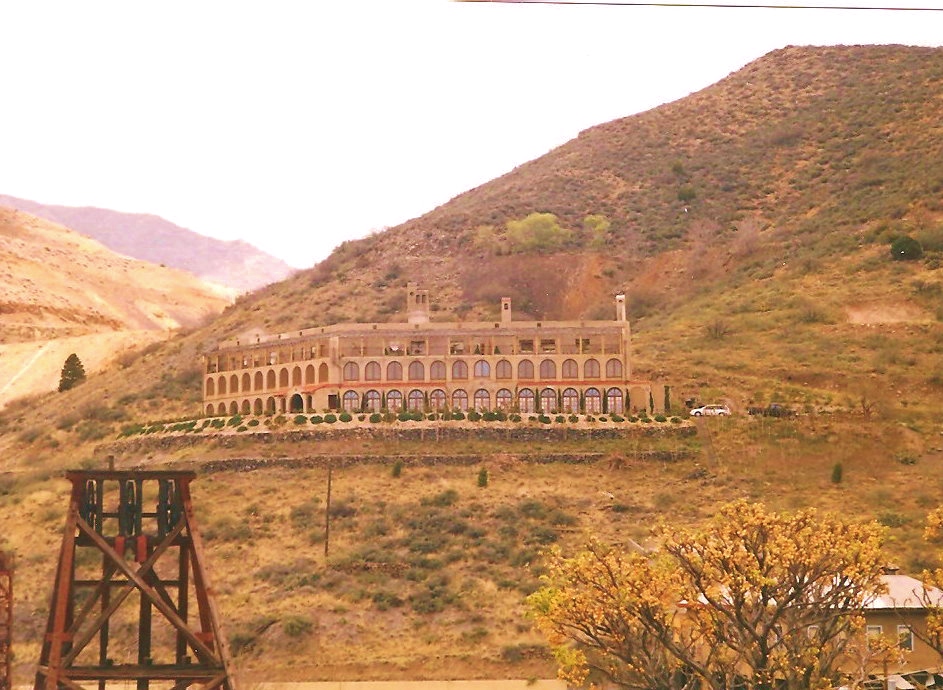
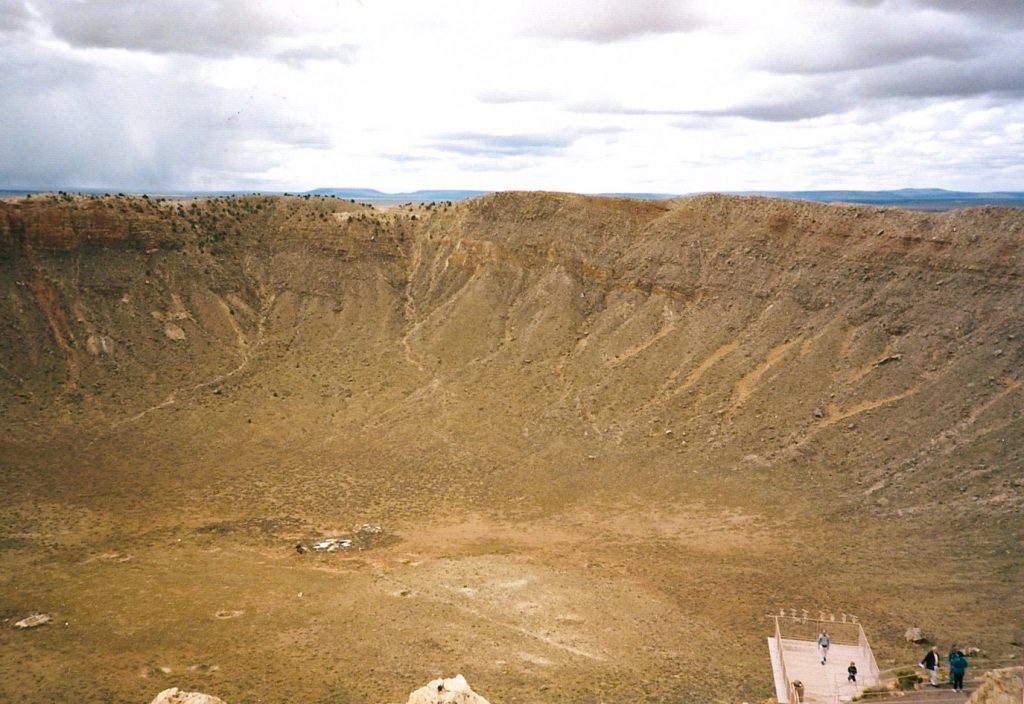
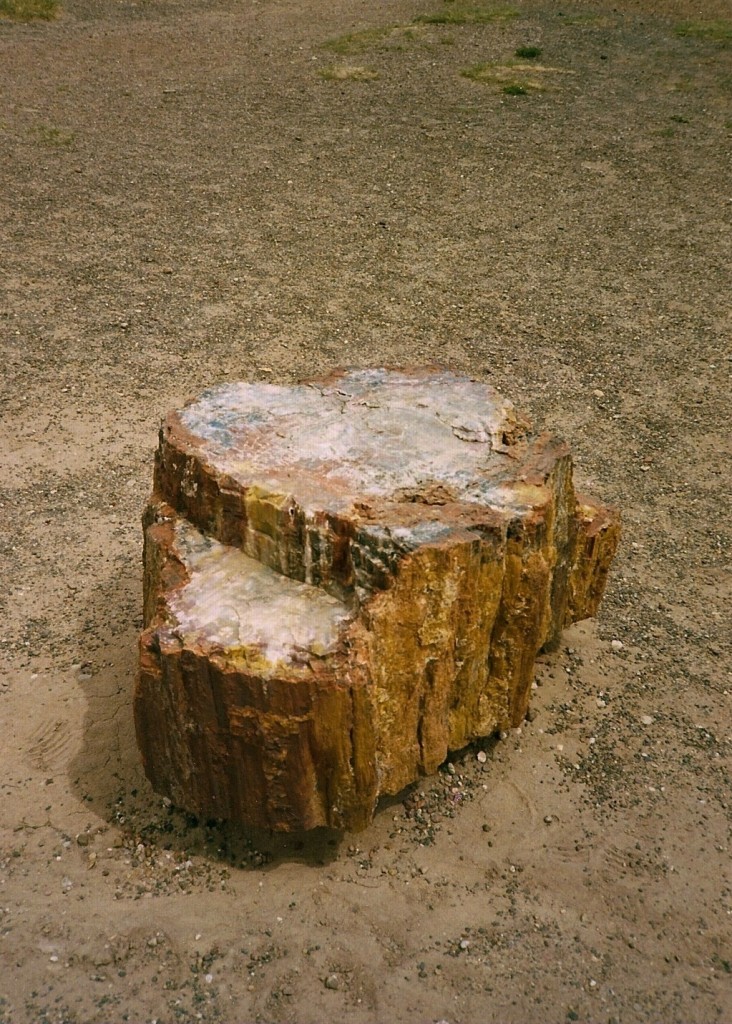

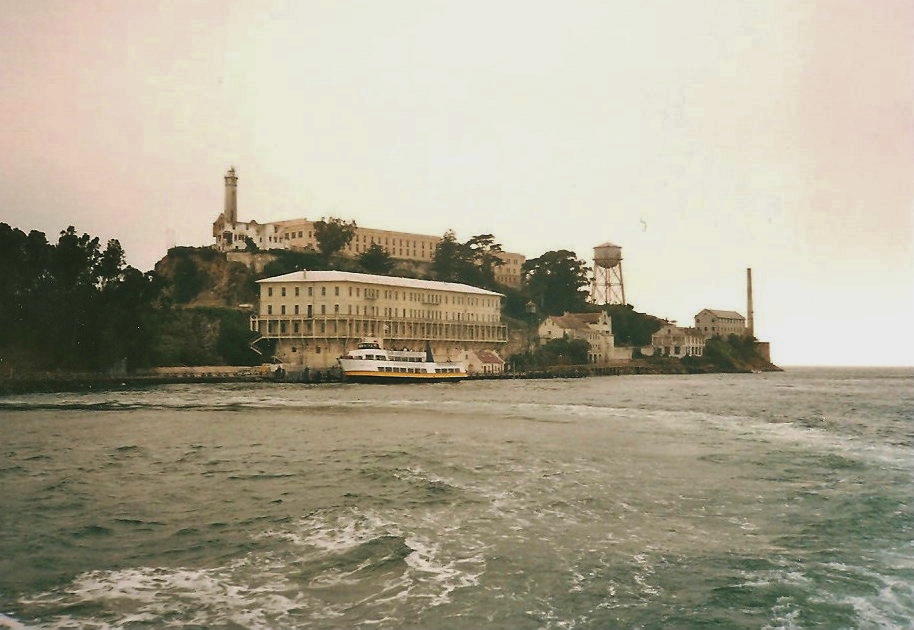
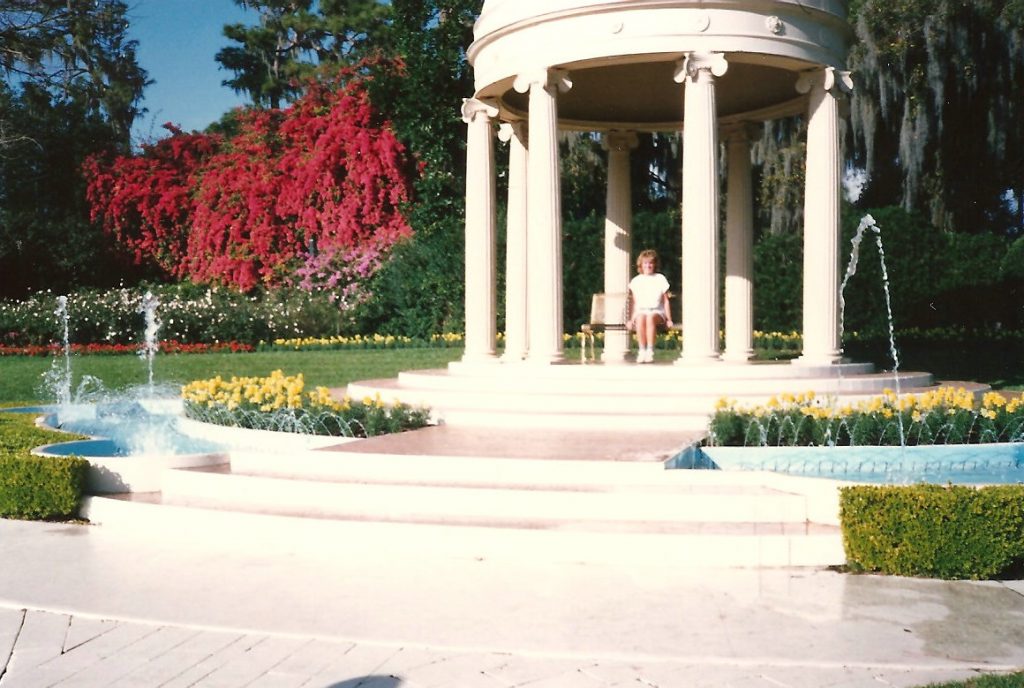
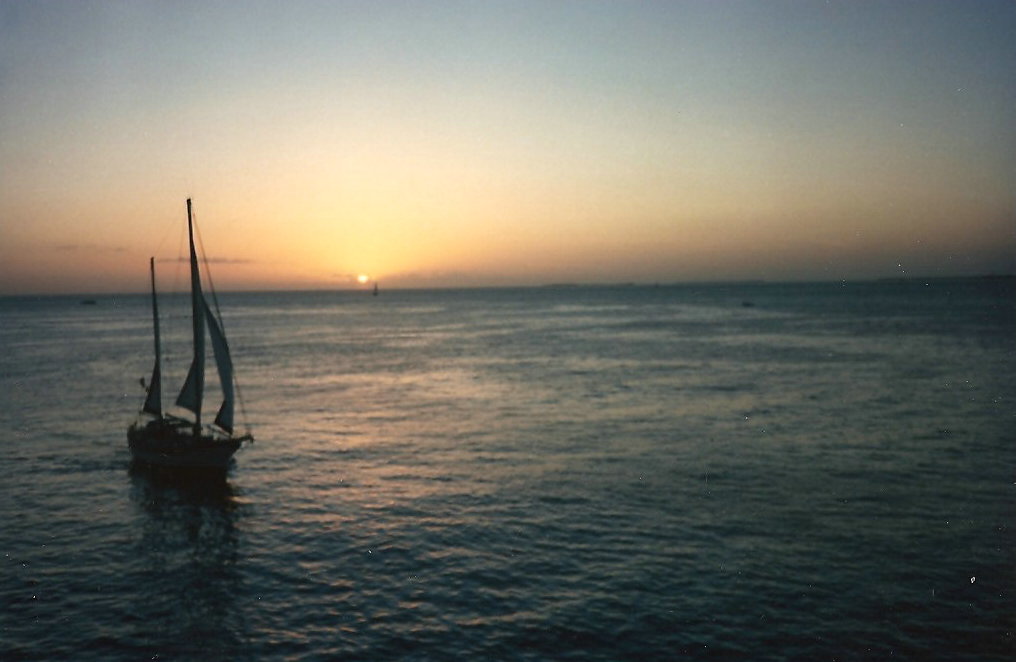

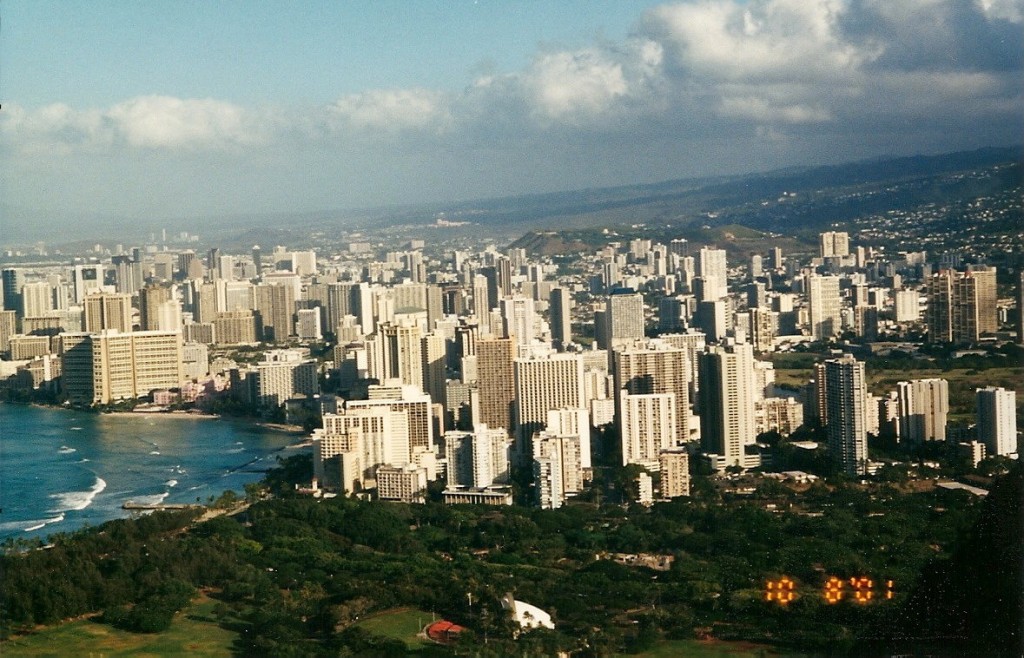
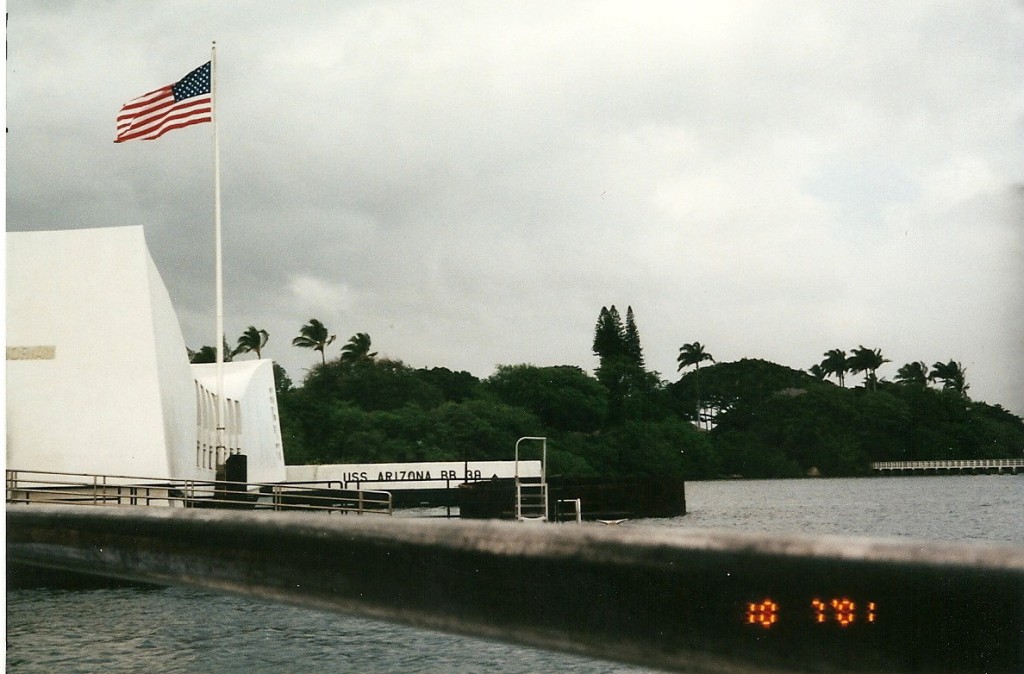
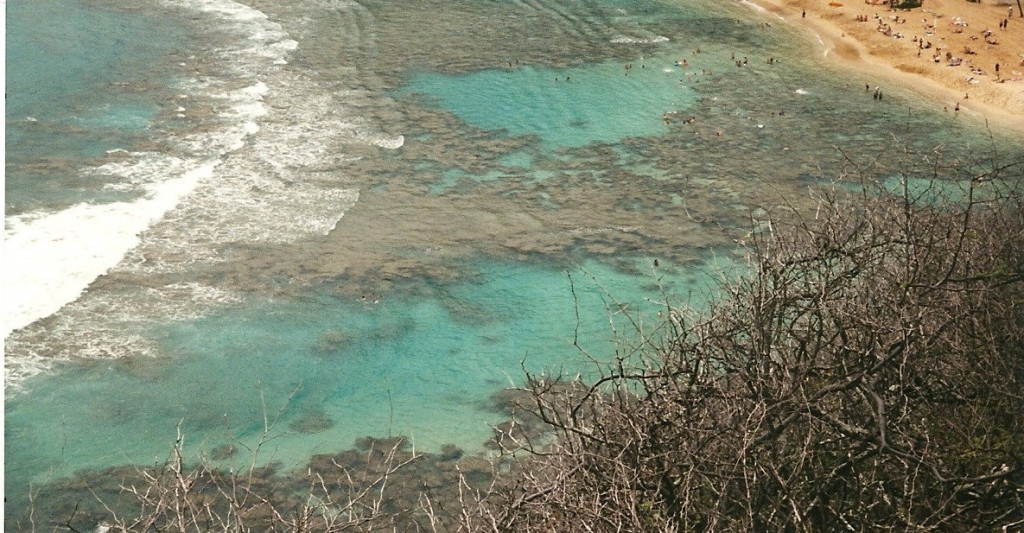
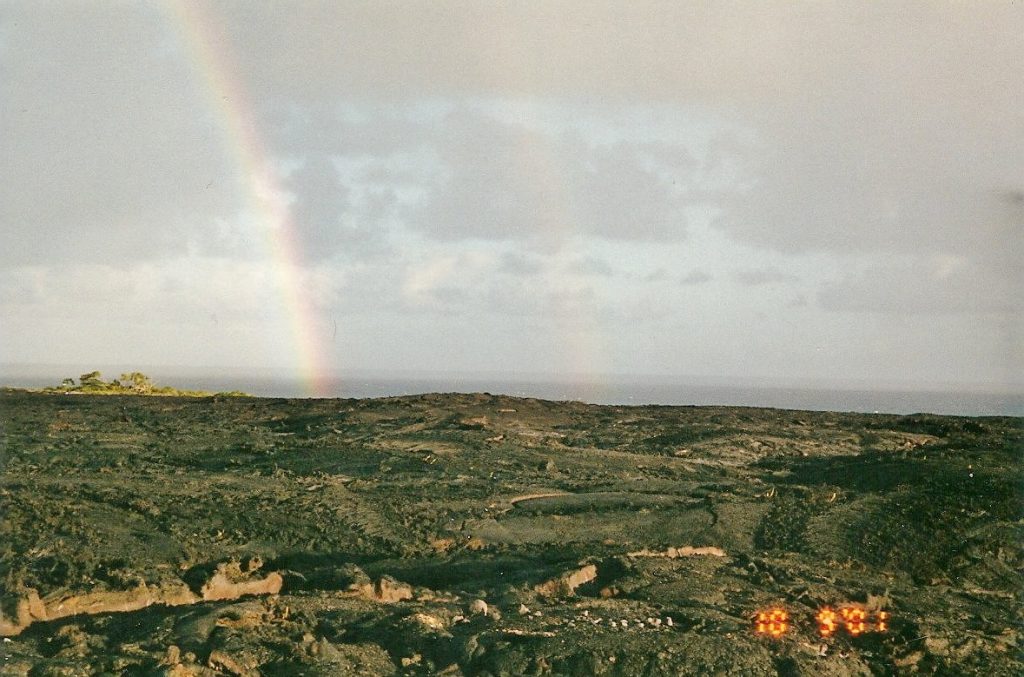
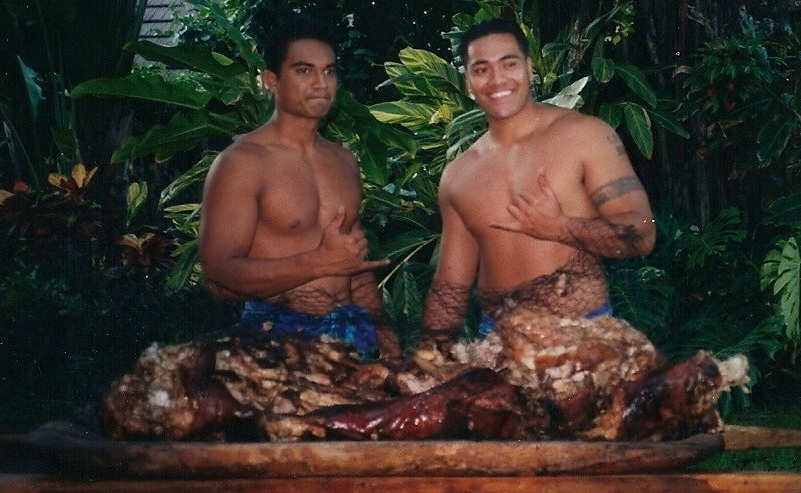

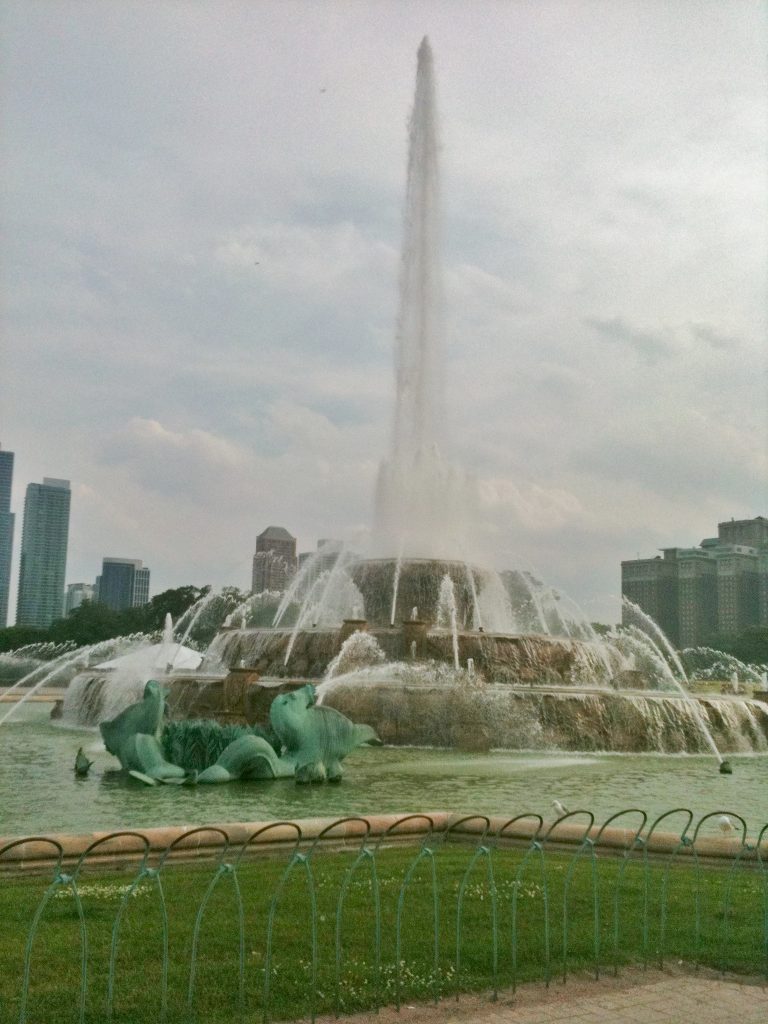
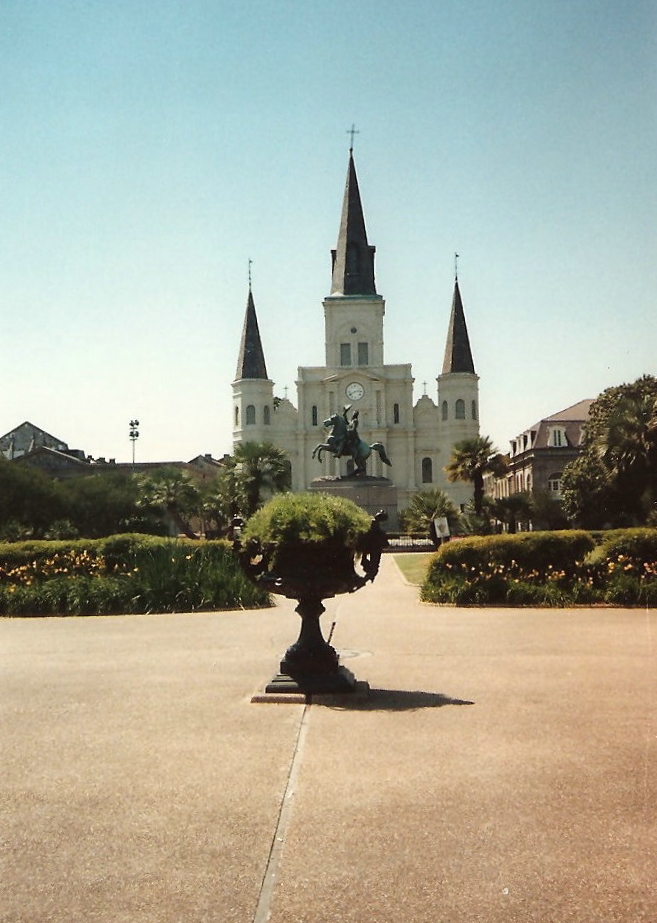

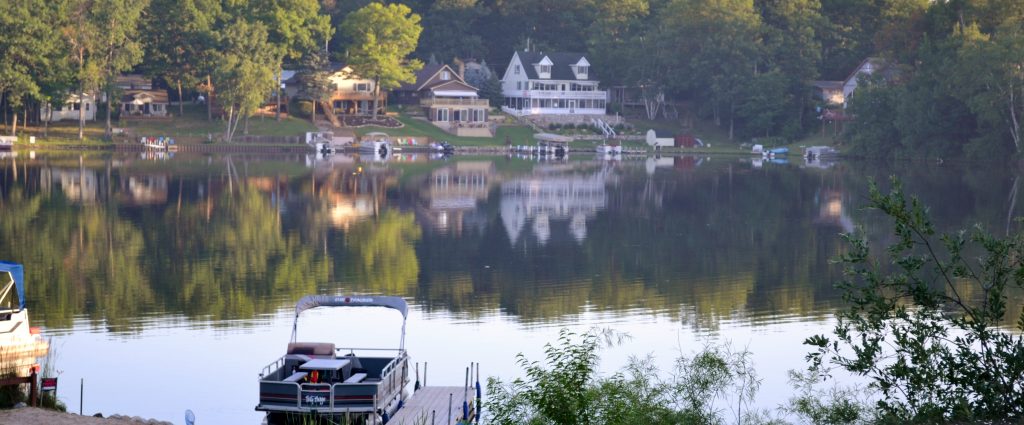

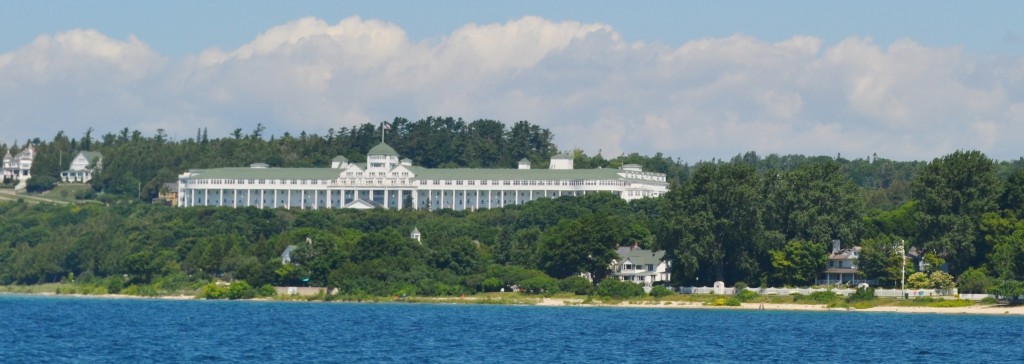
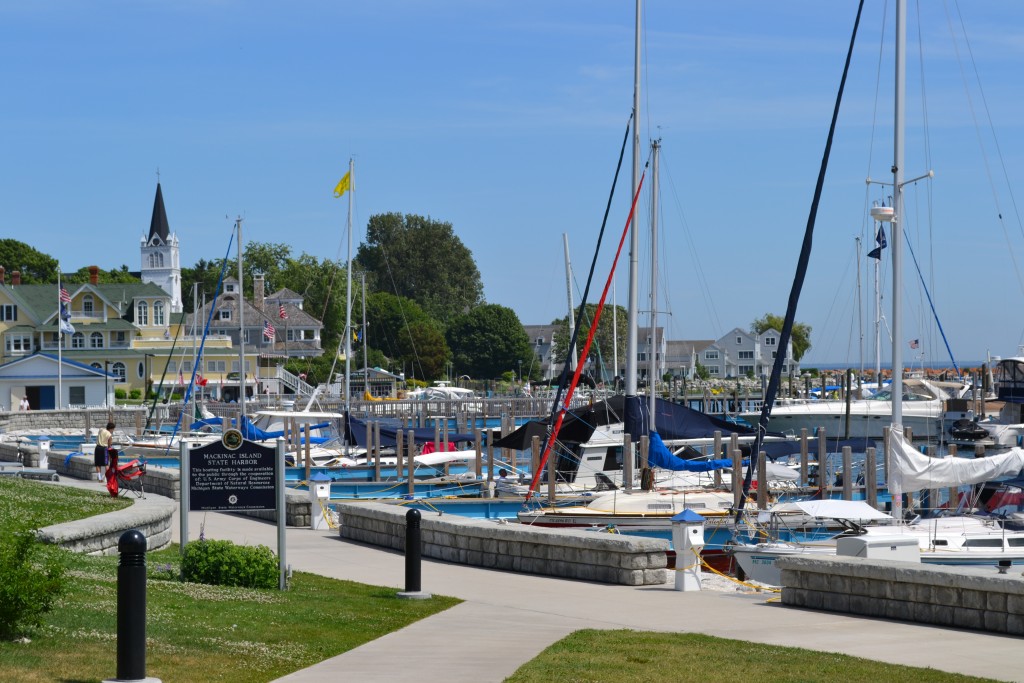
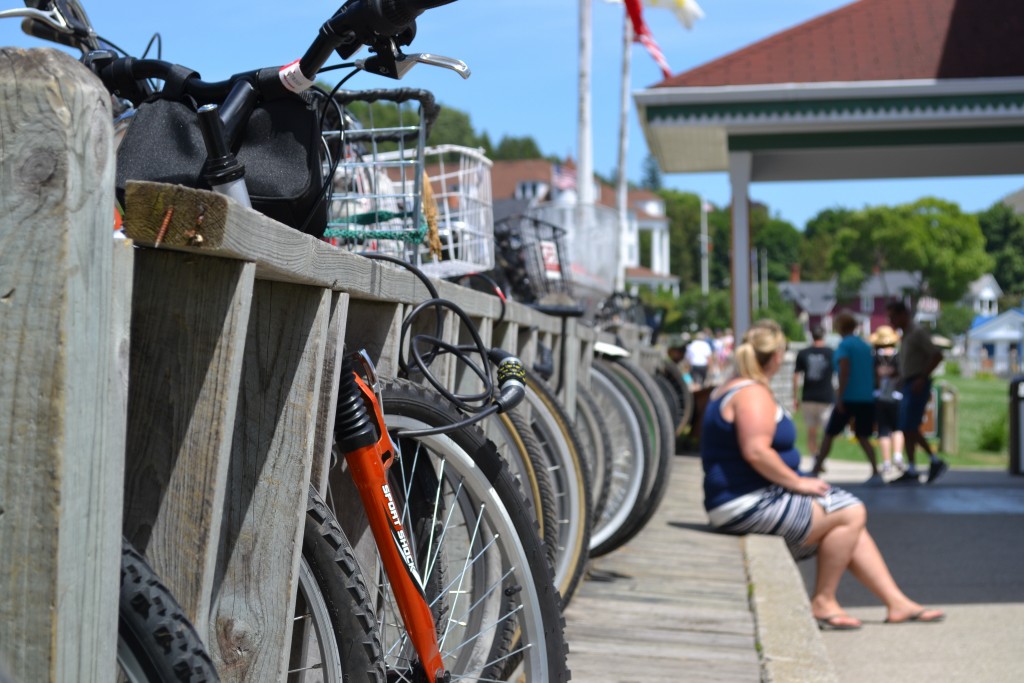
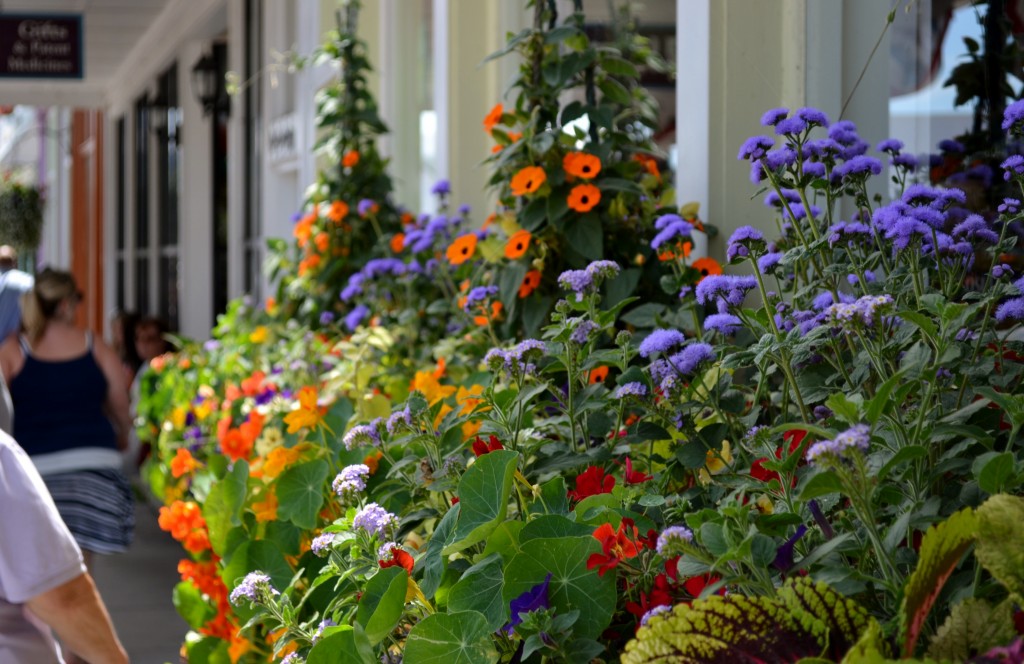
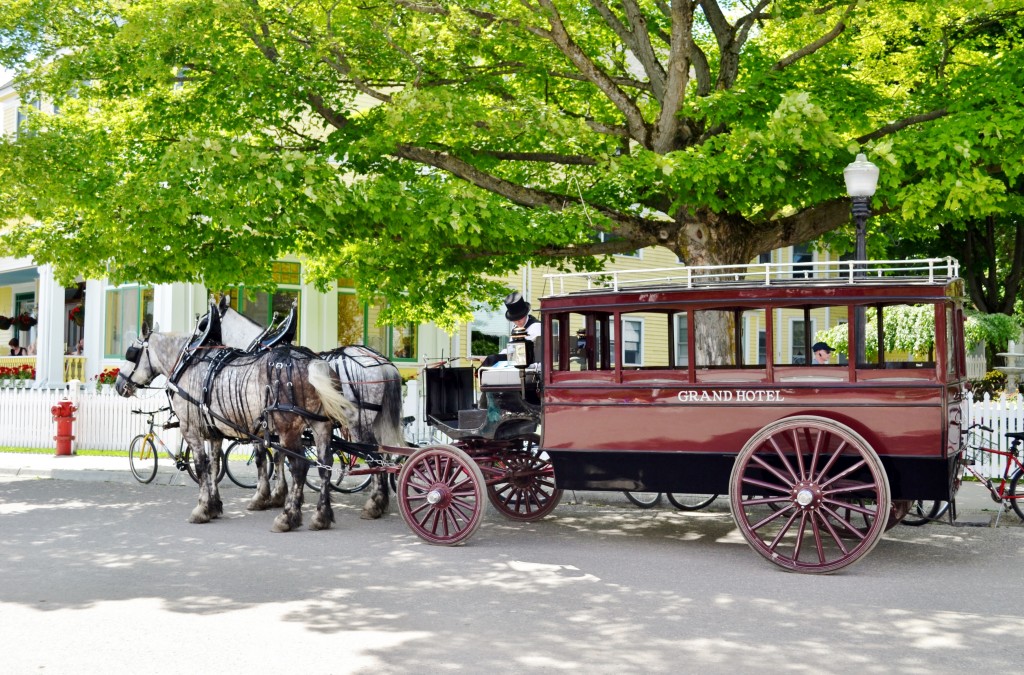
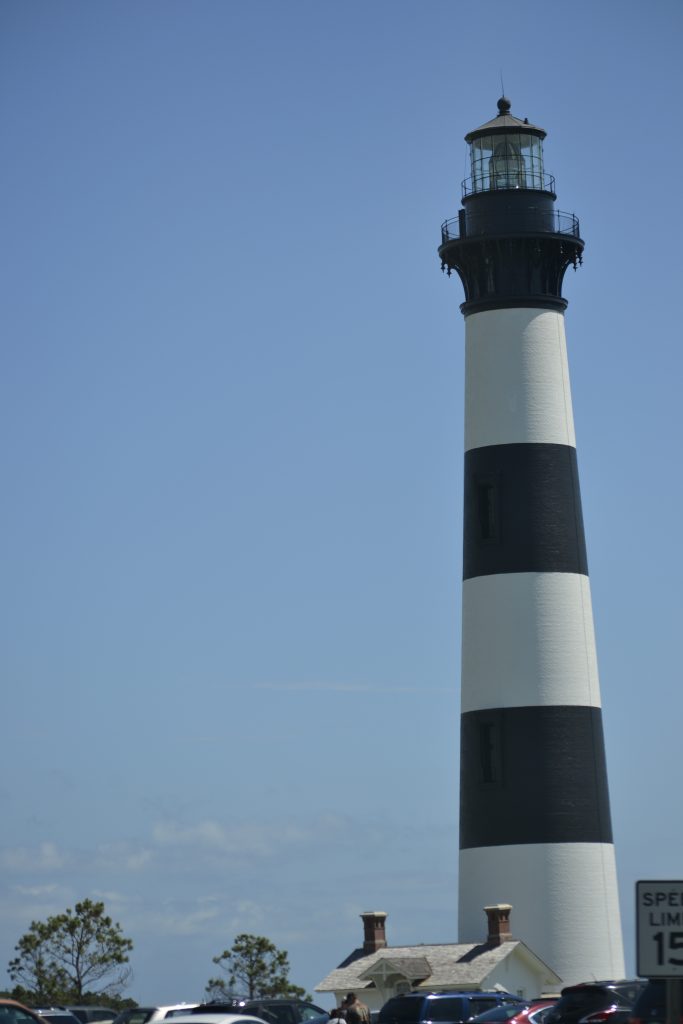
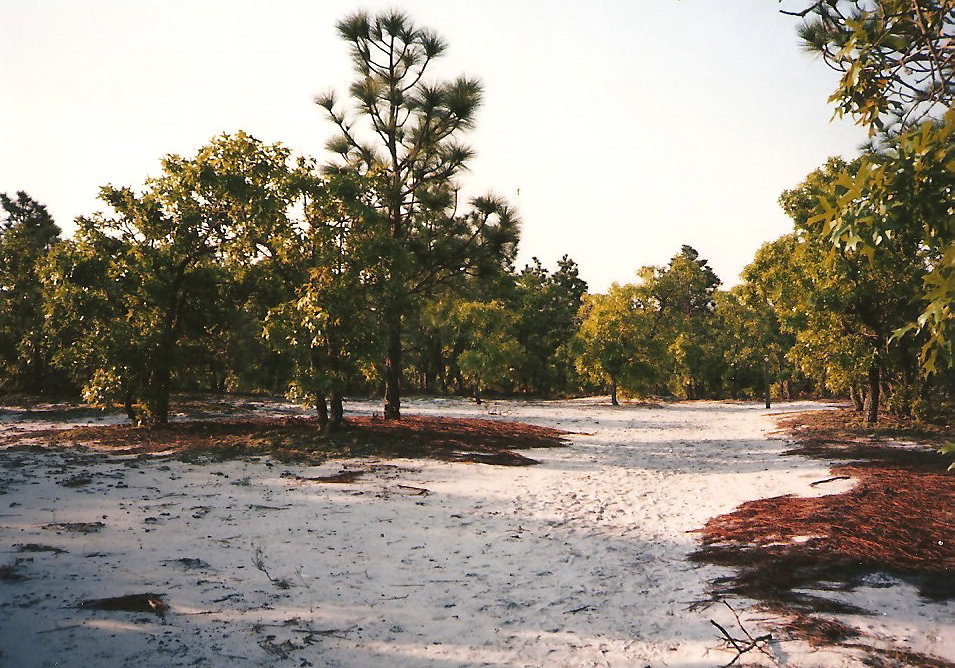


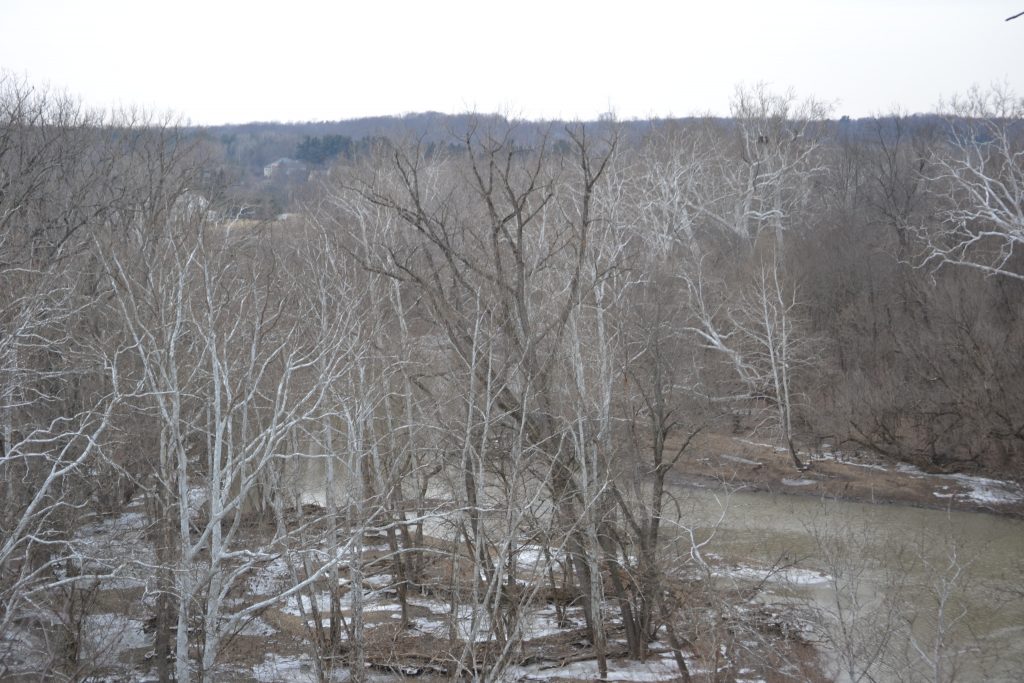
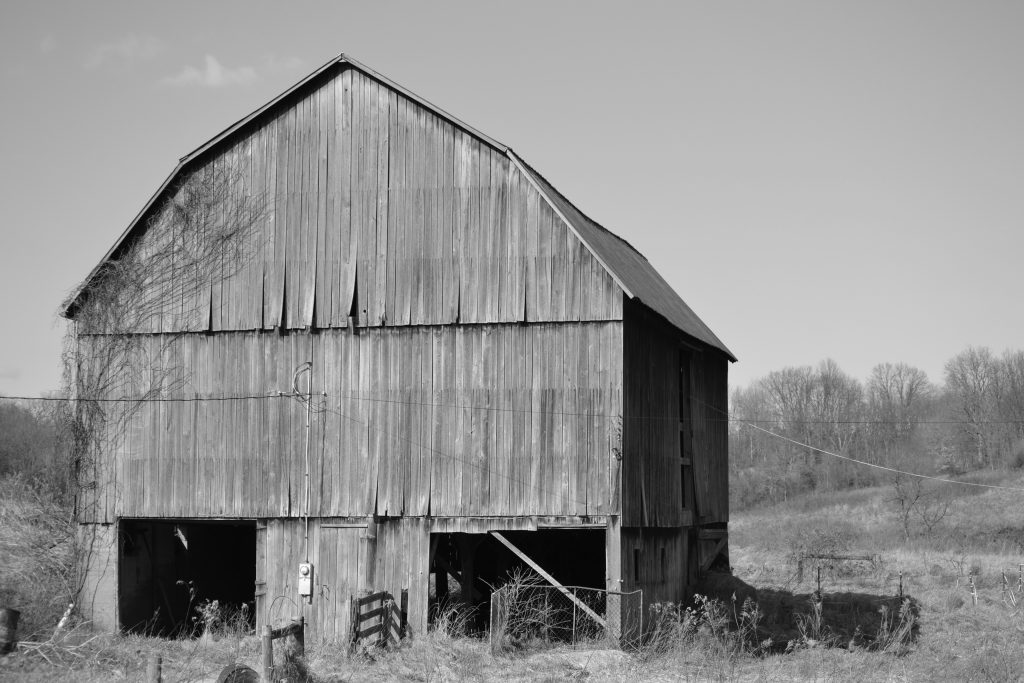
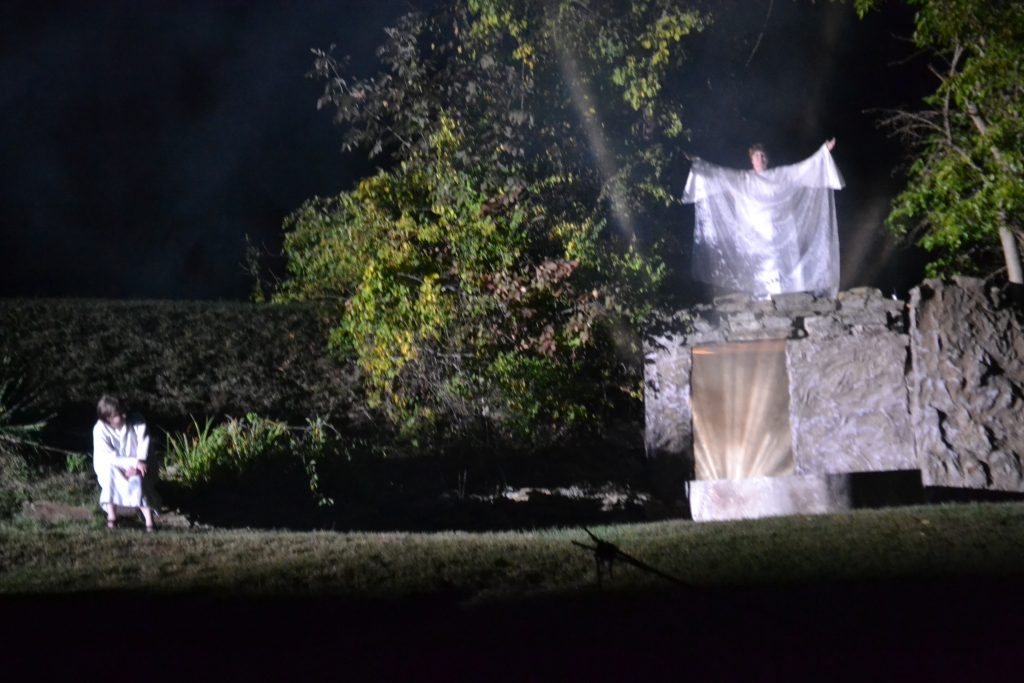
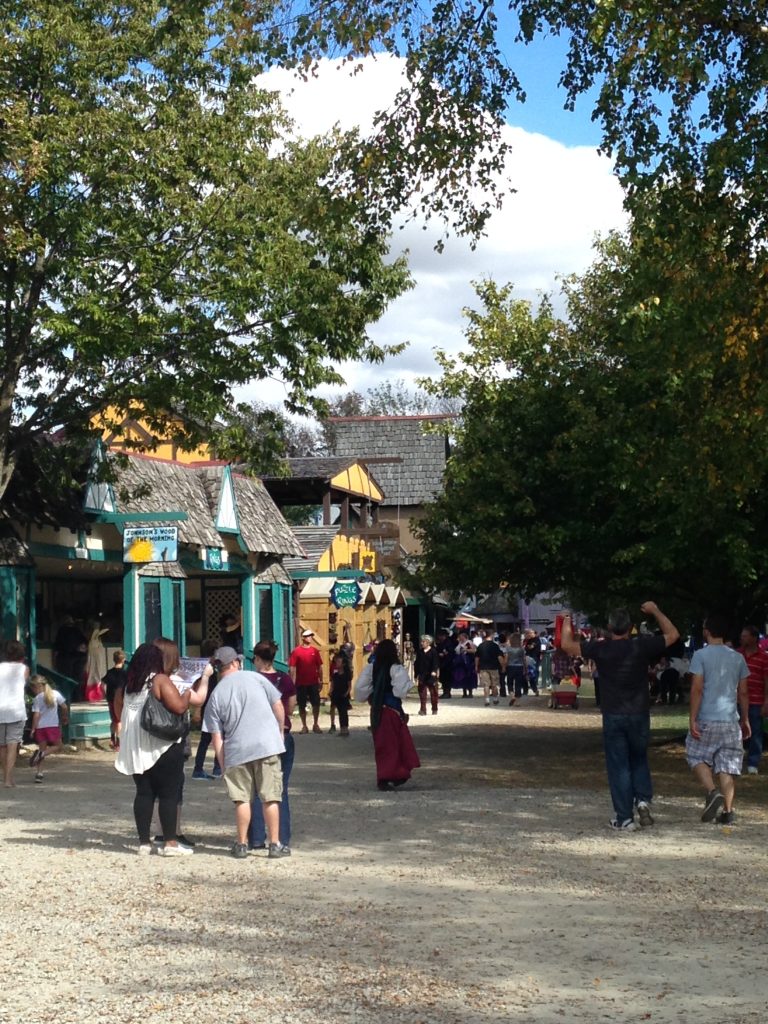

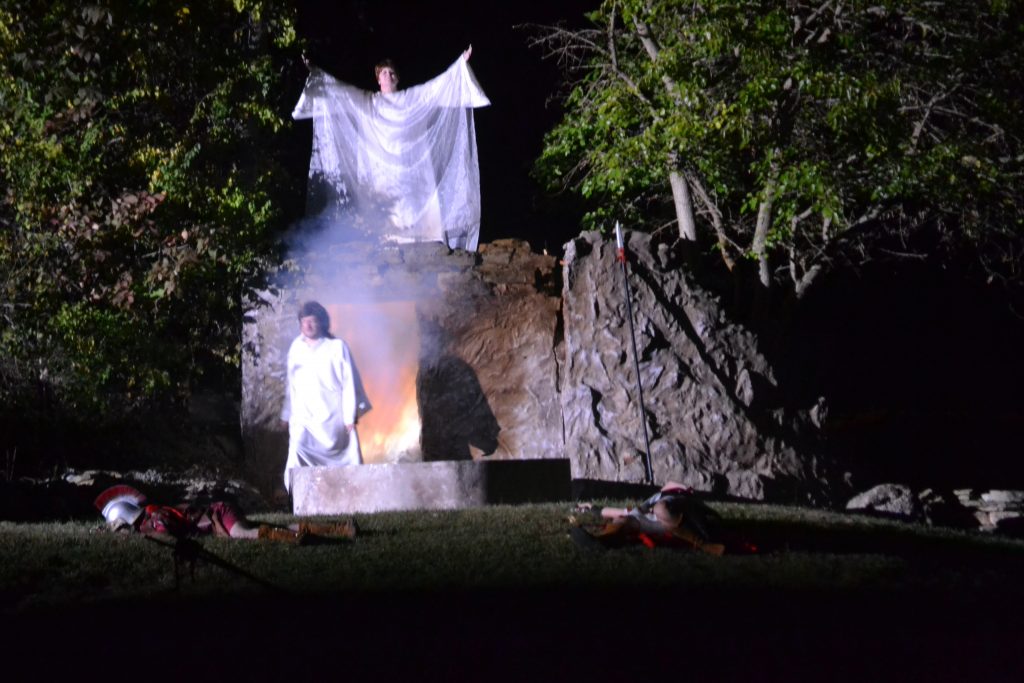



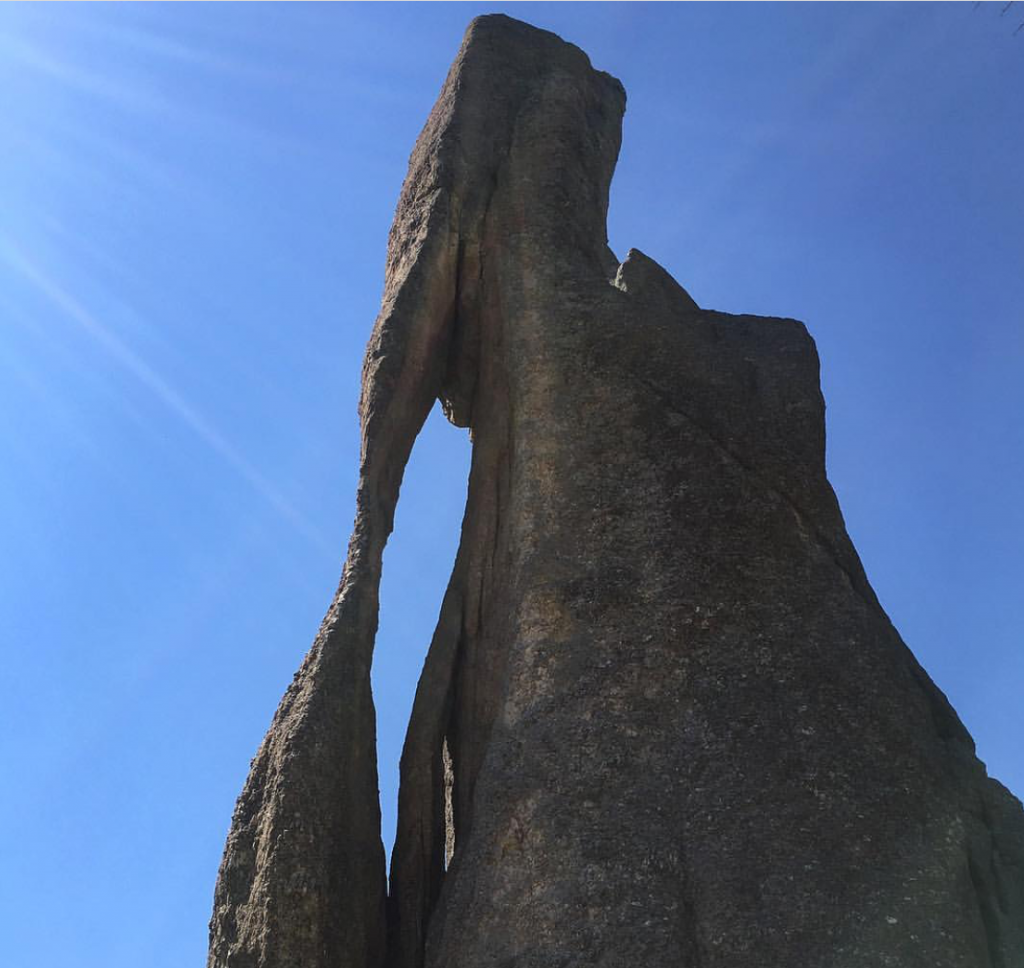
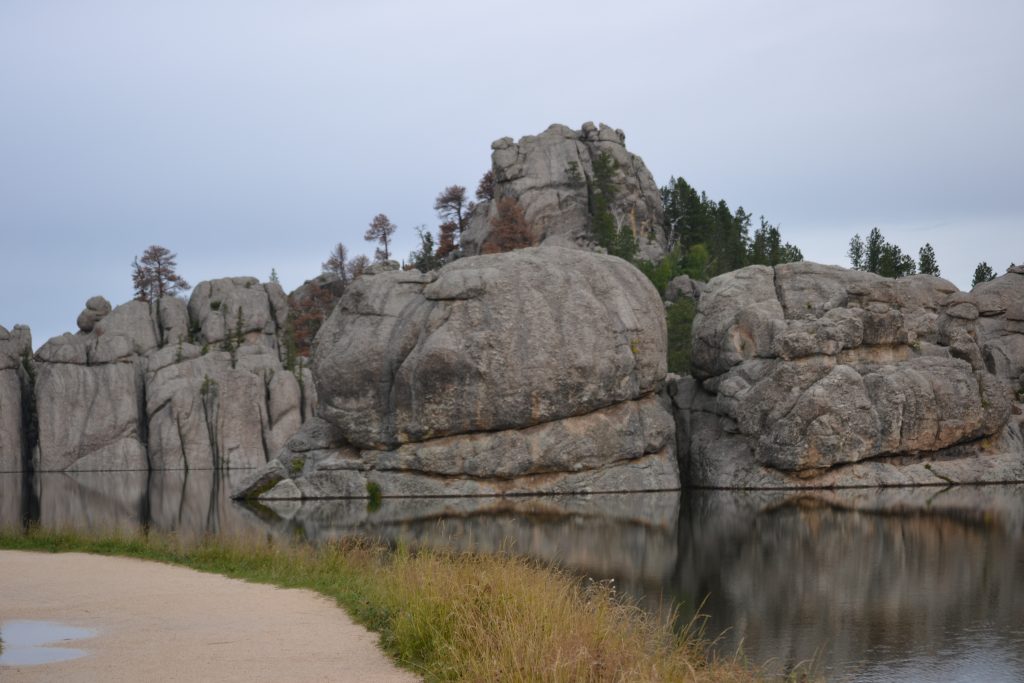
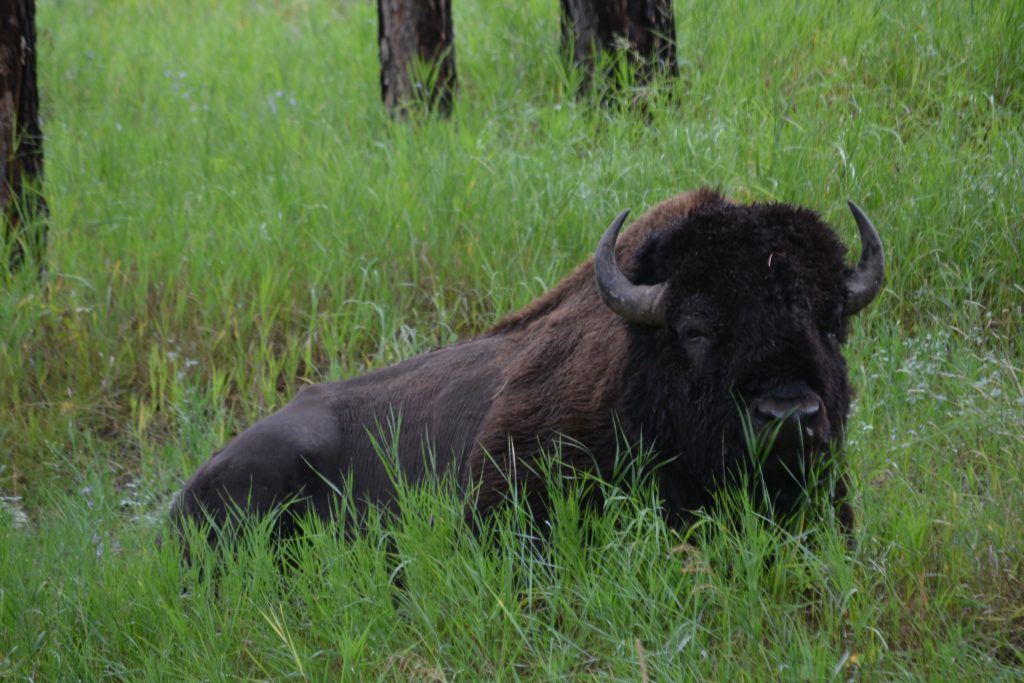
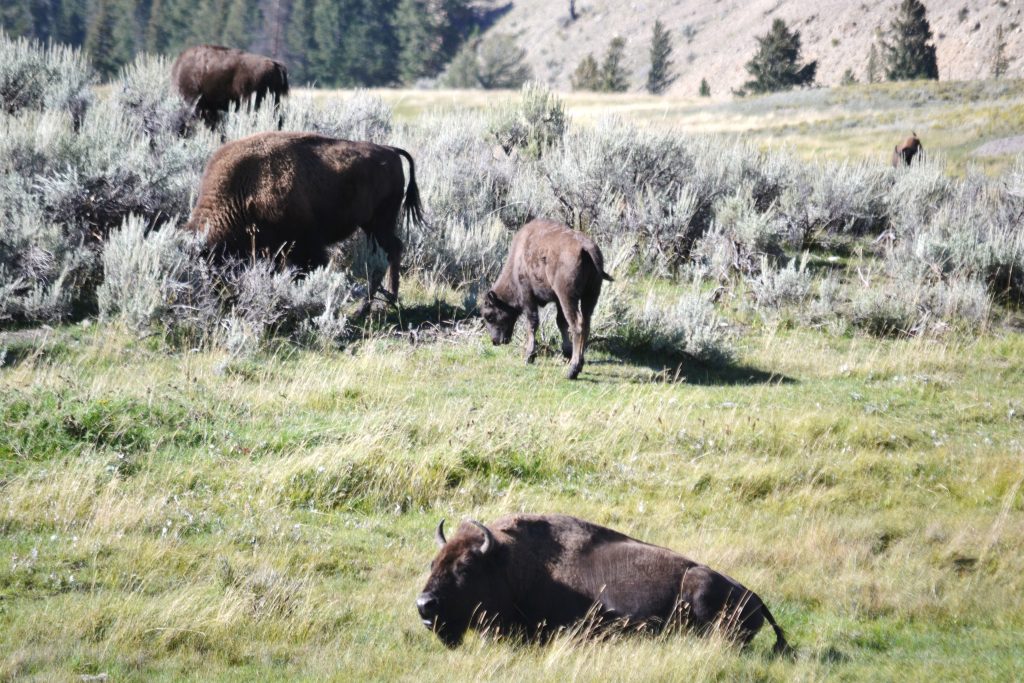
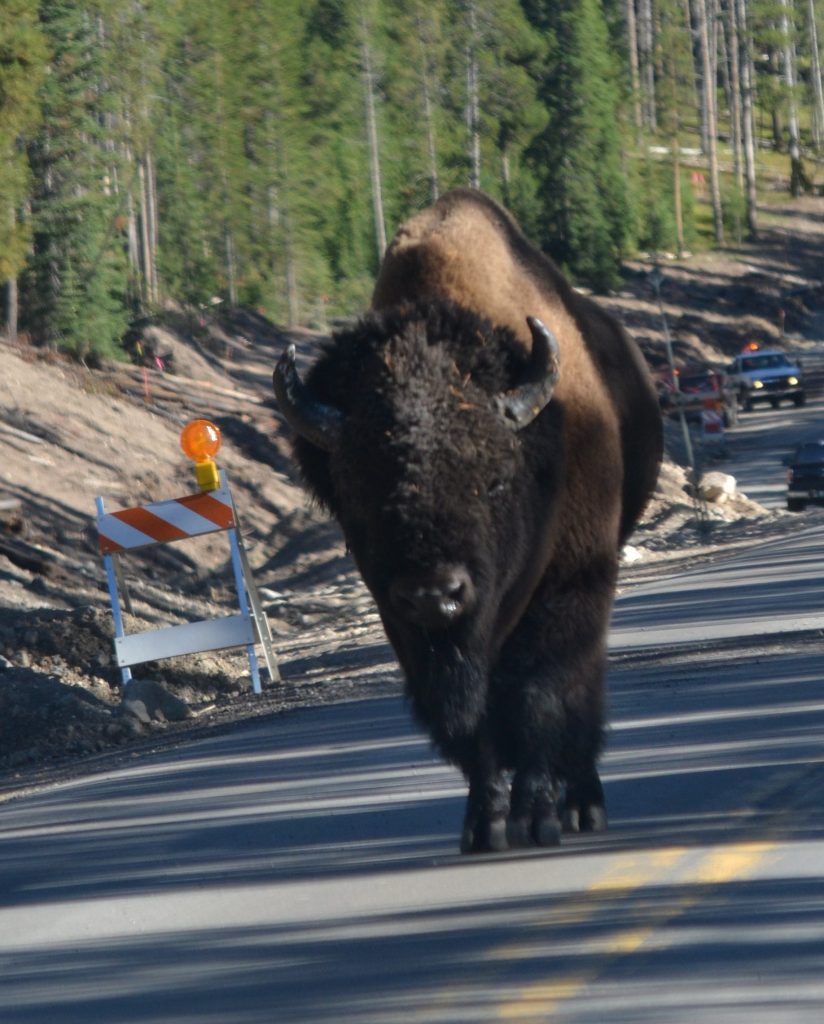


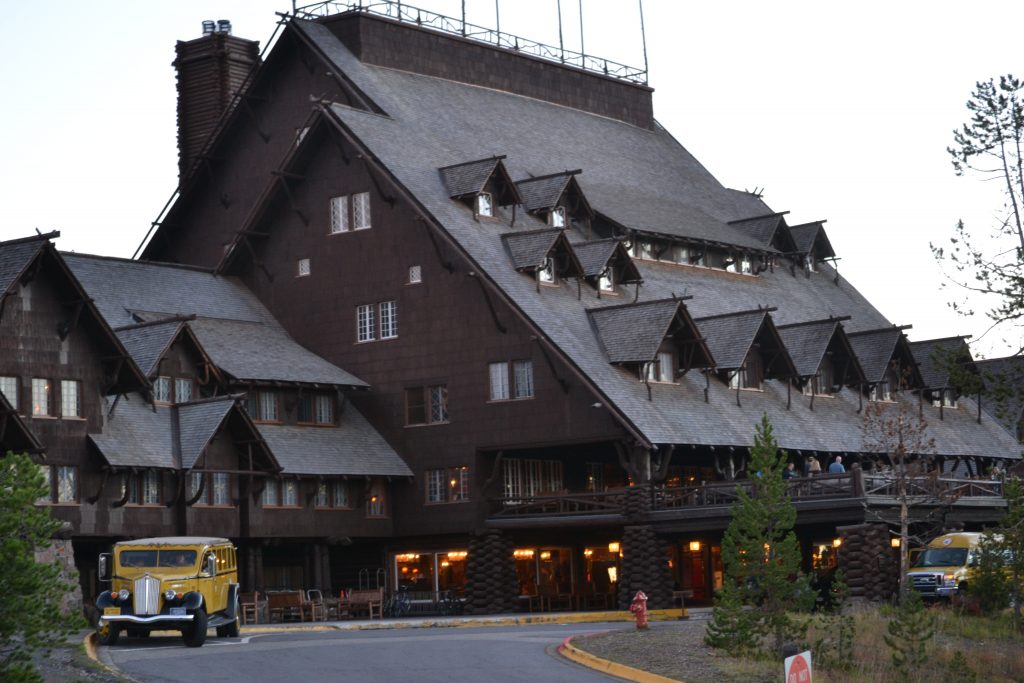 The Grand Lodge at Yellowstone
The Grand Lodge at Yellowstone